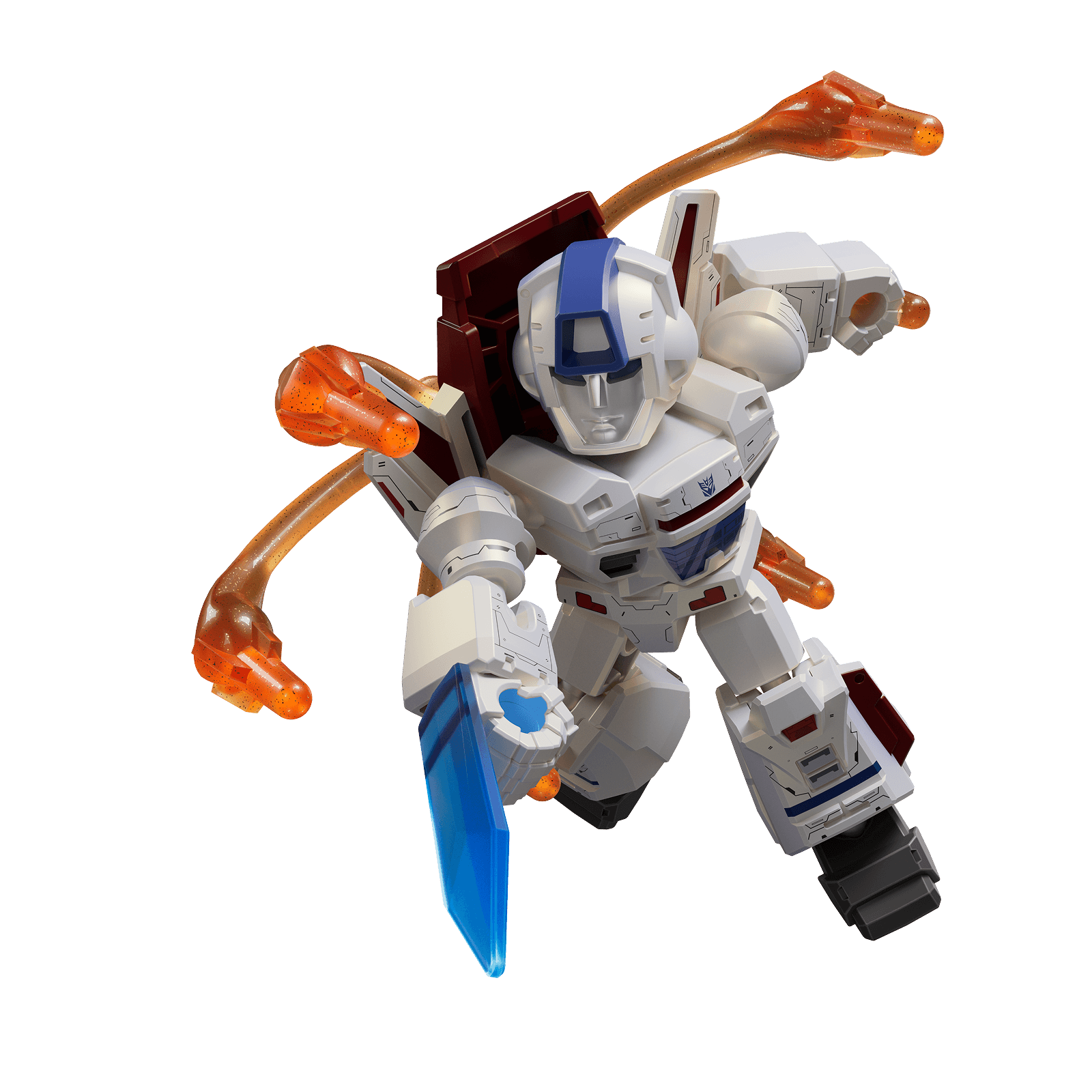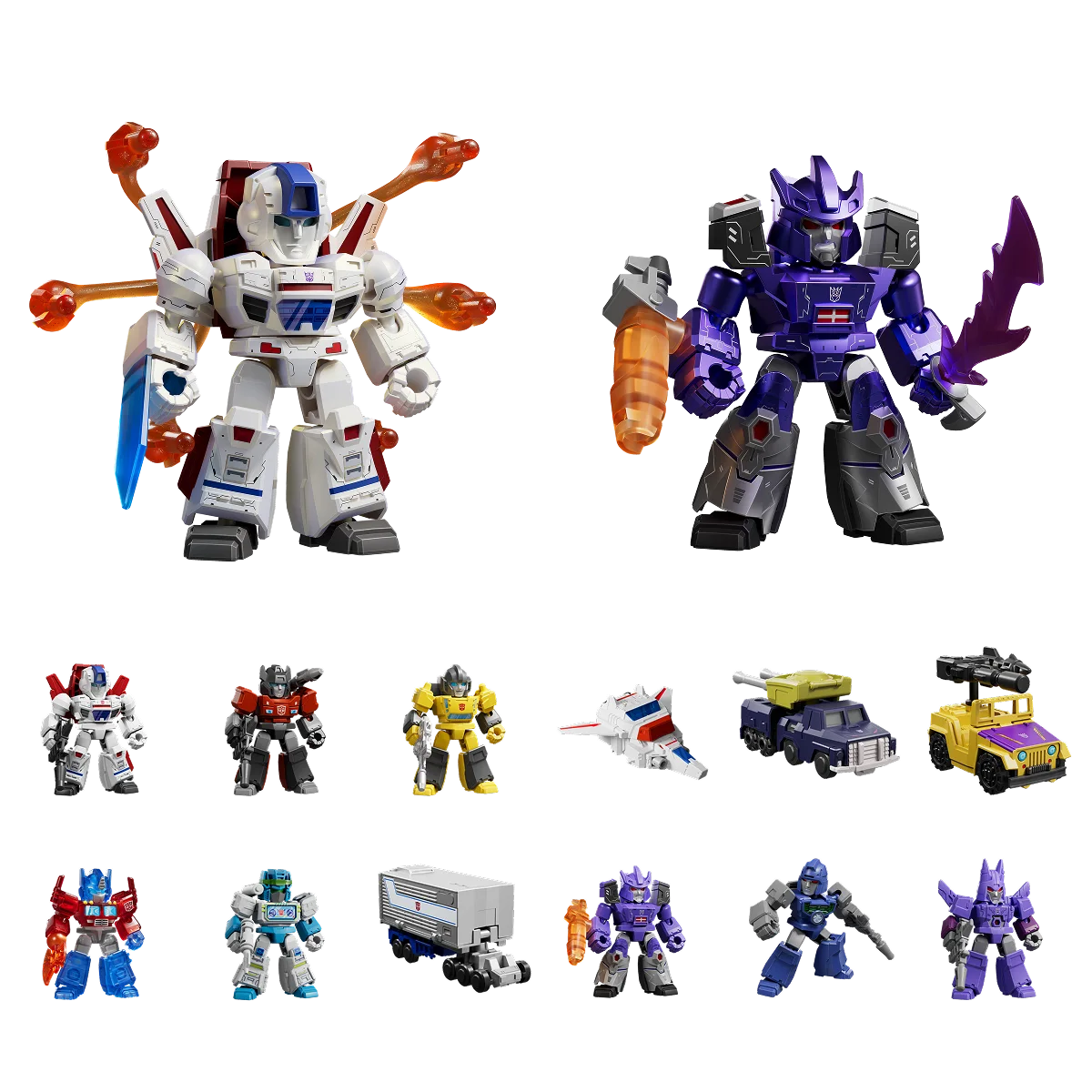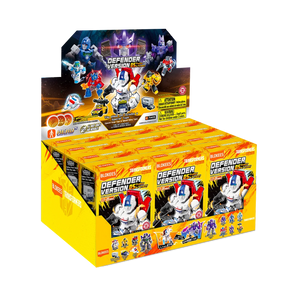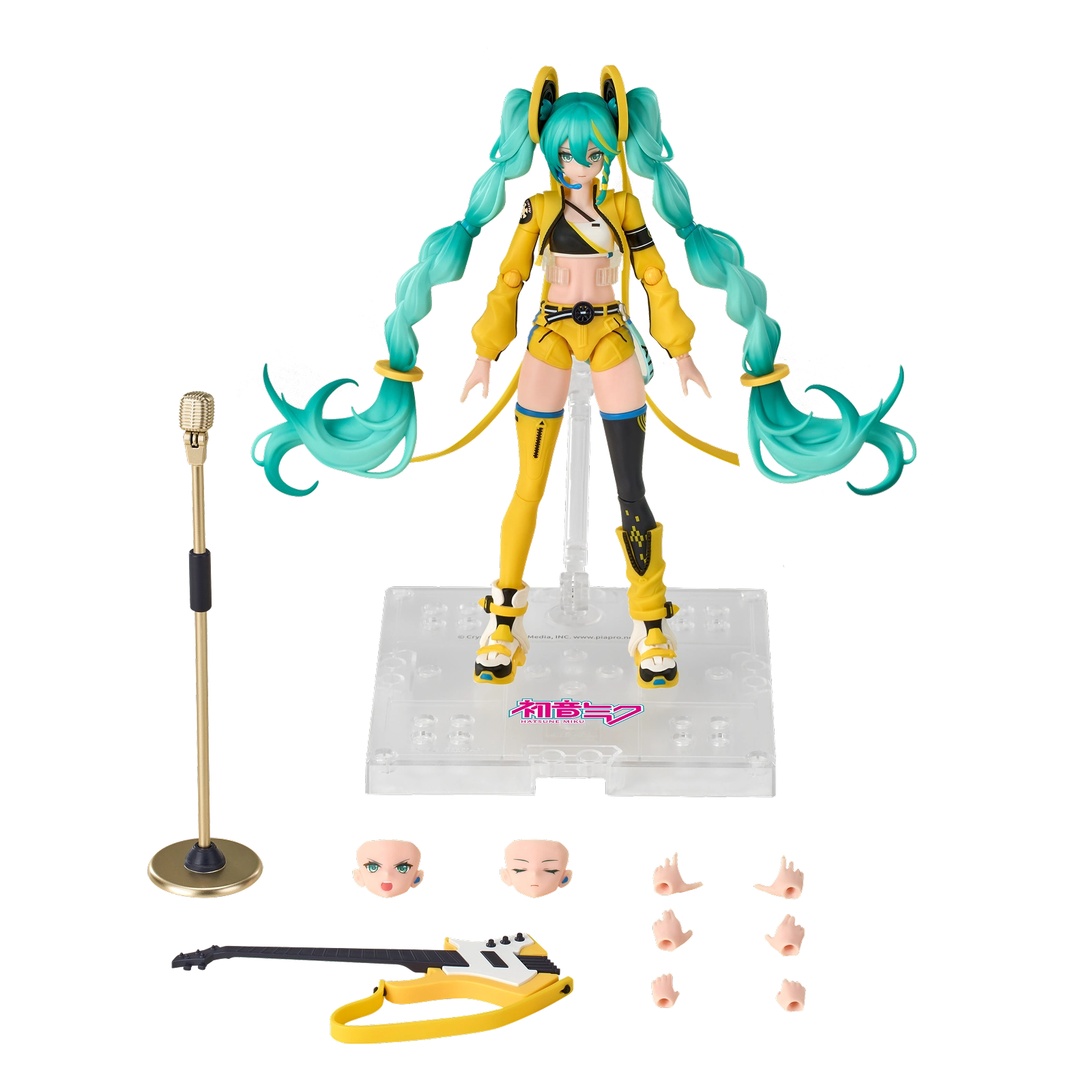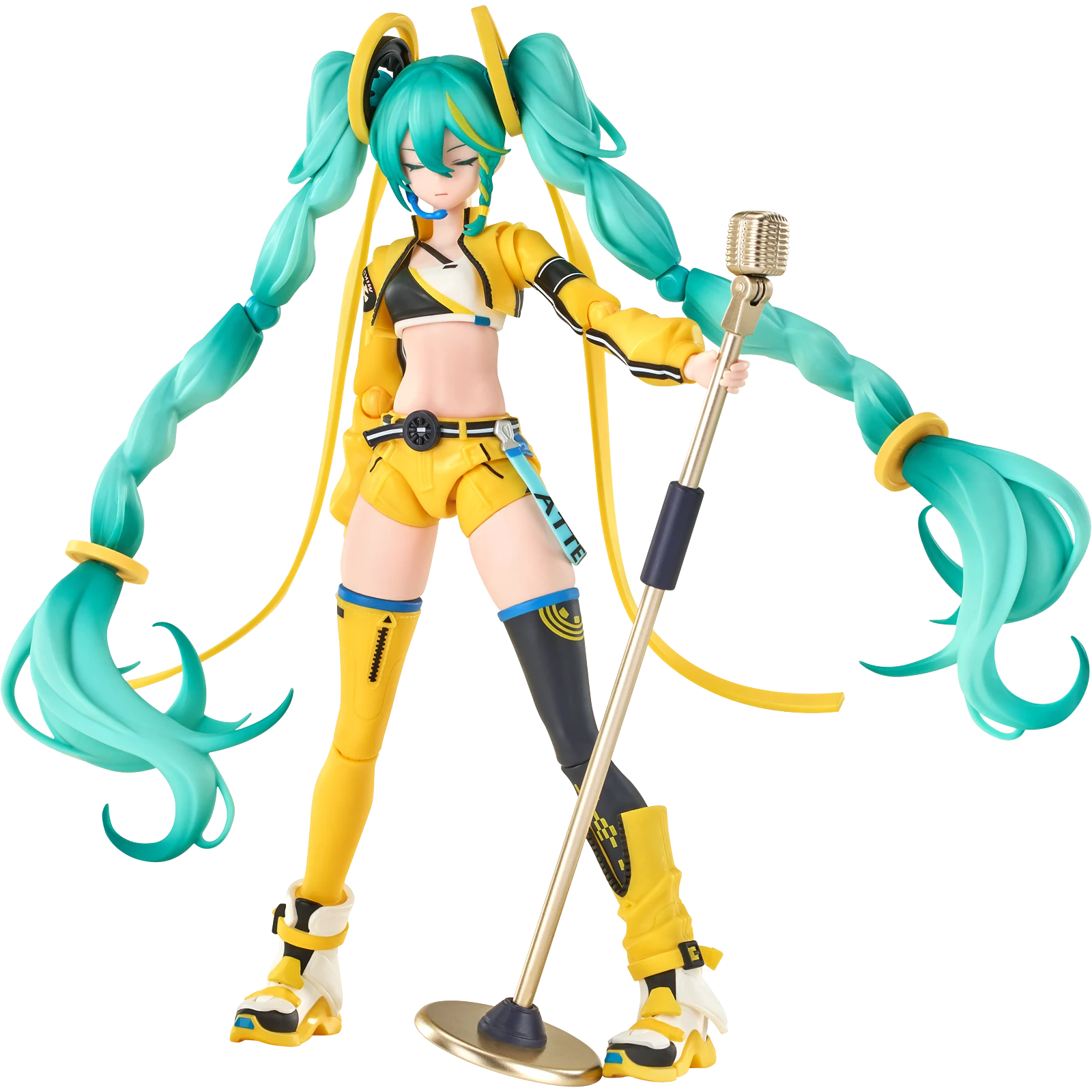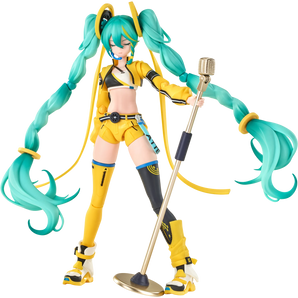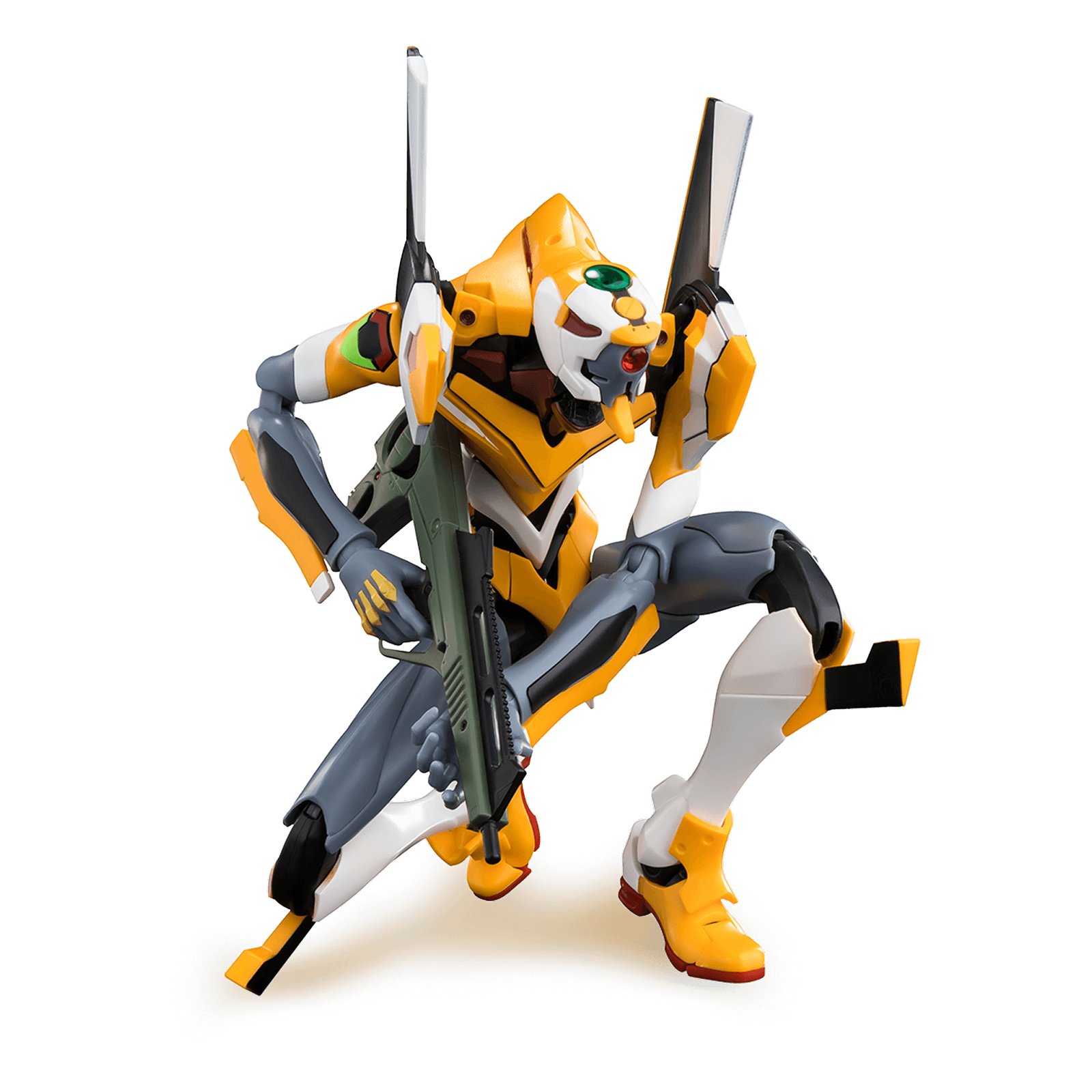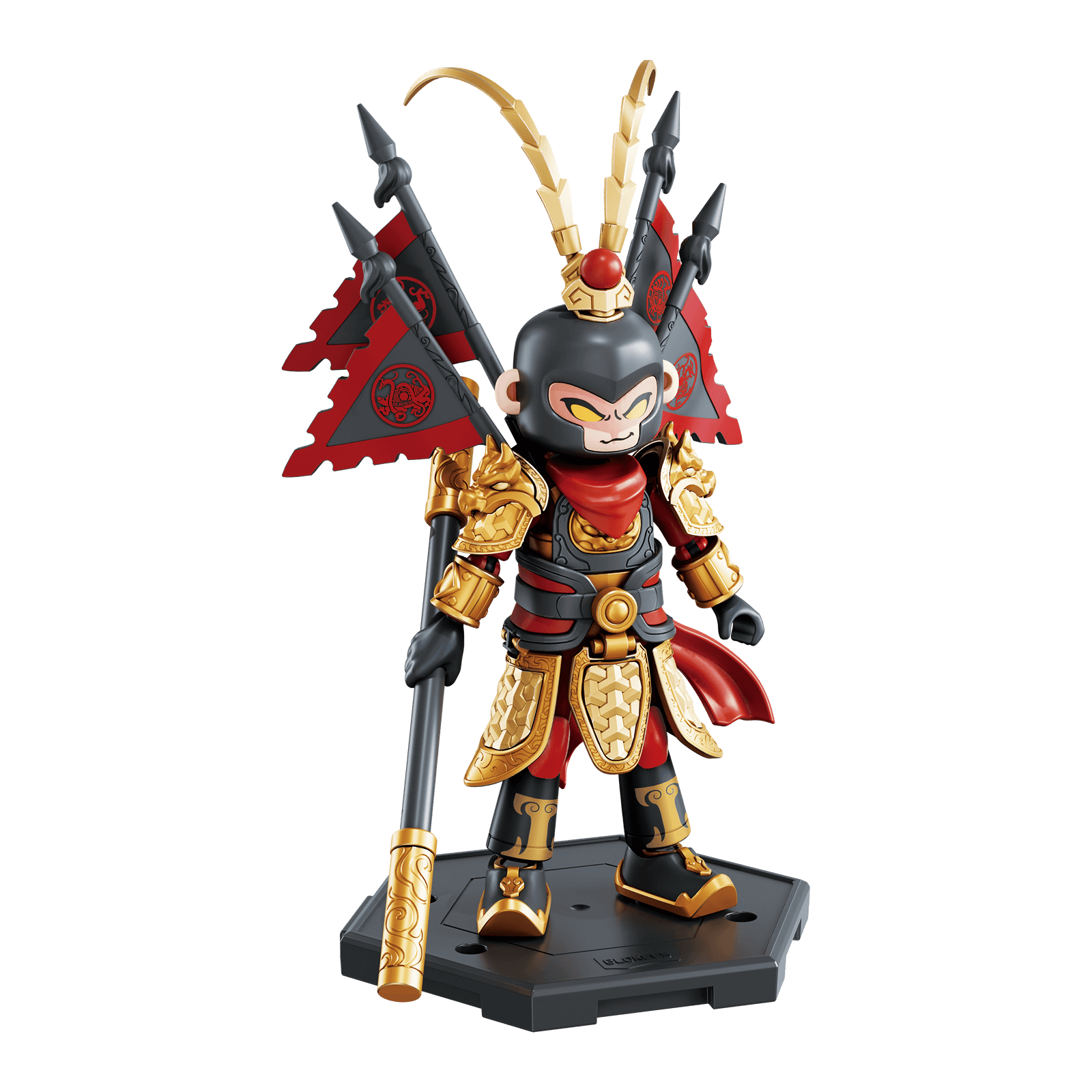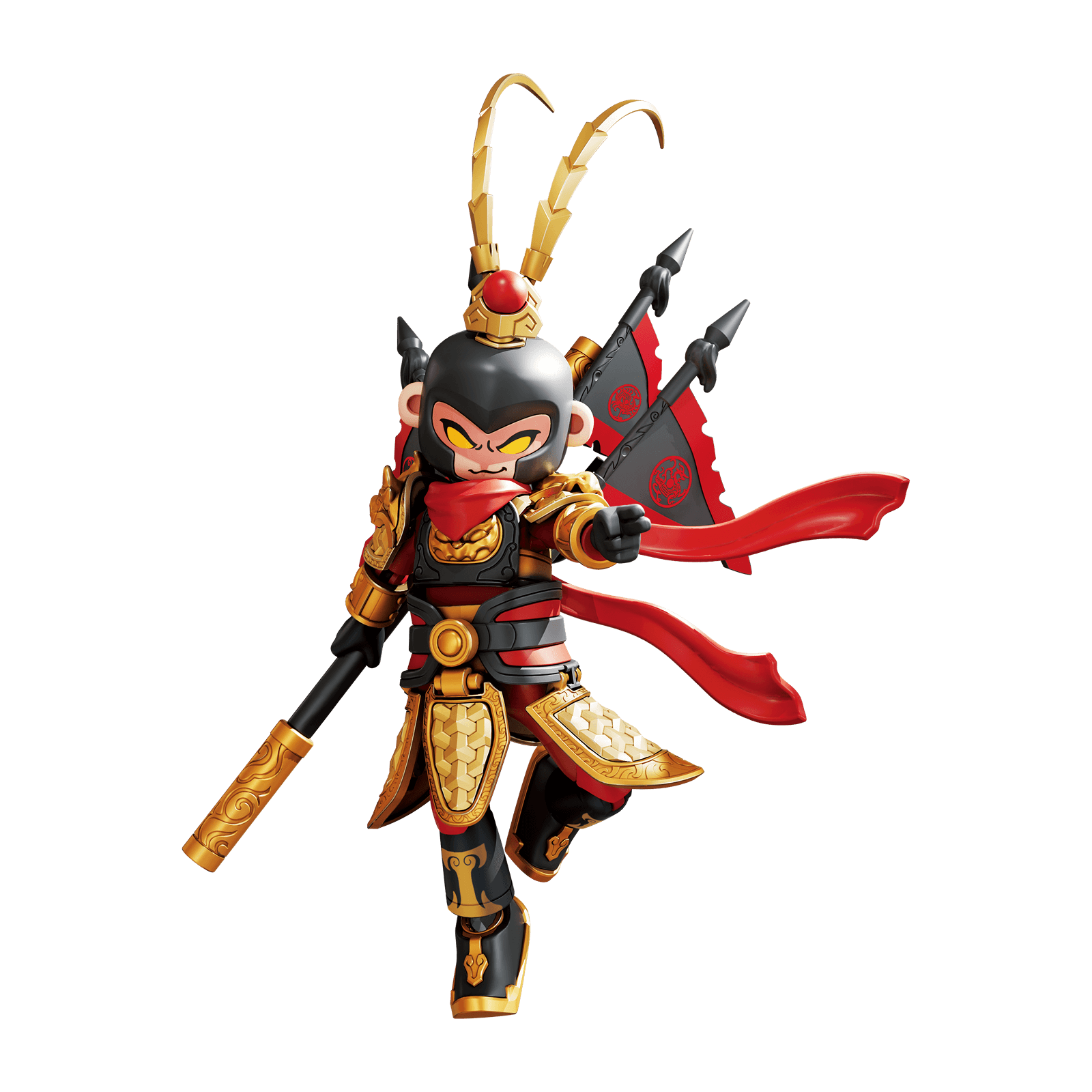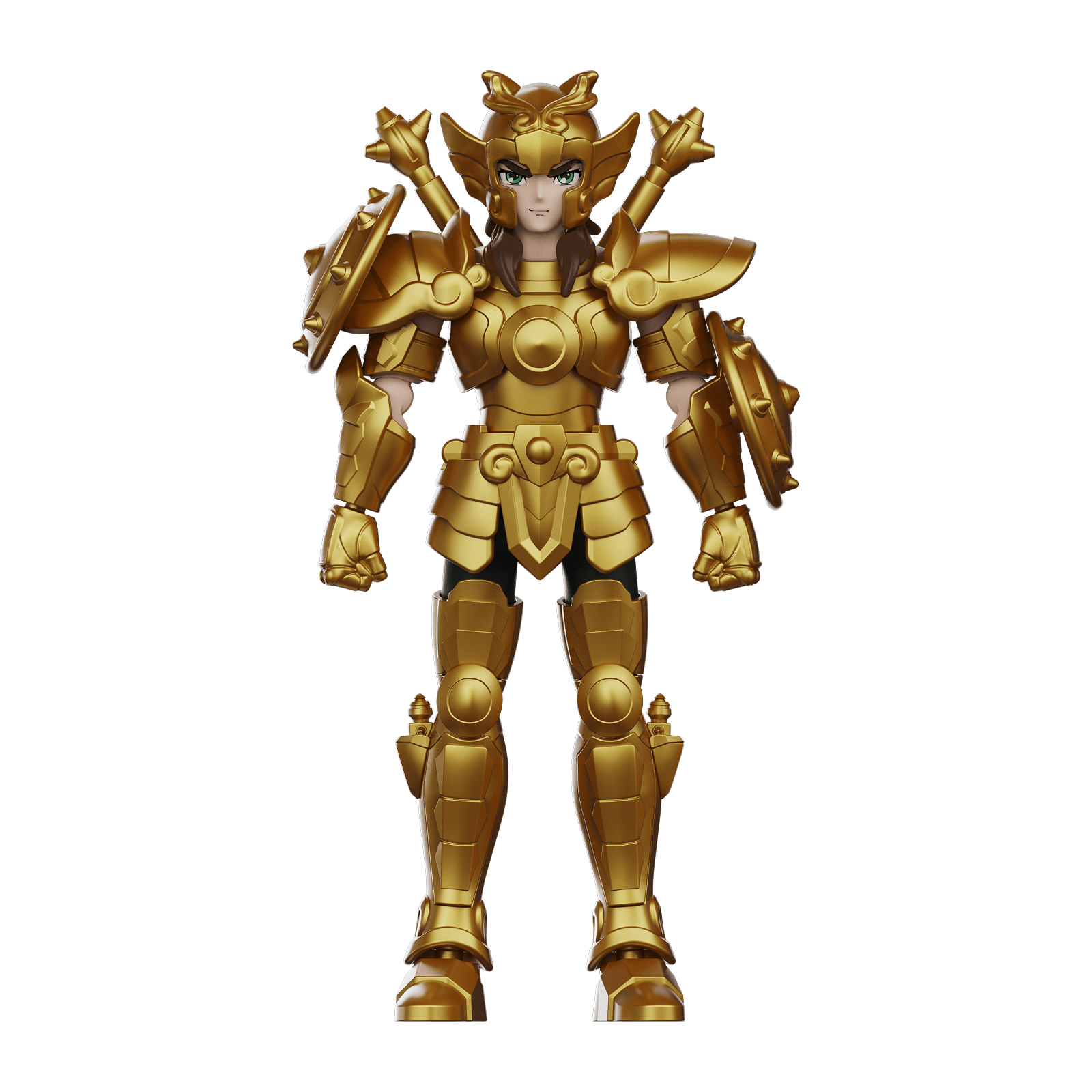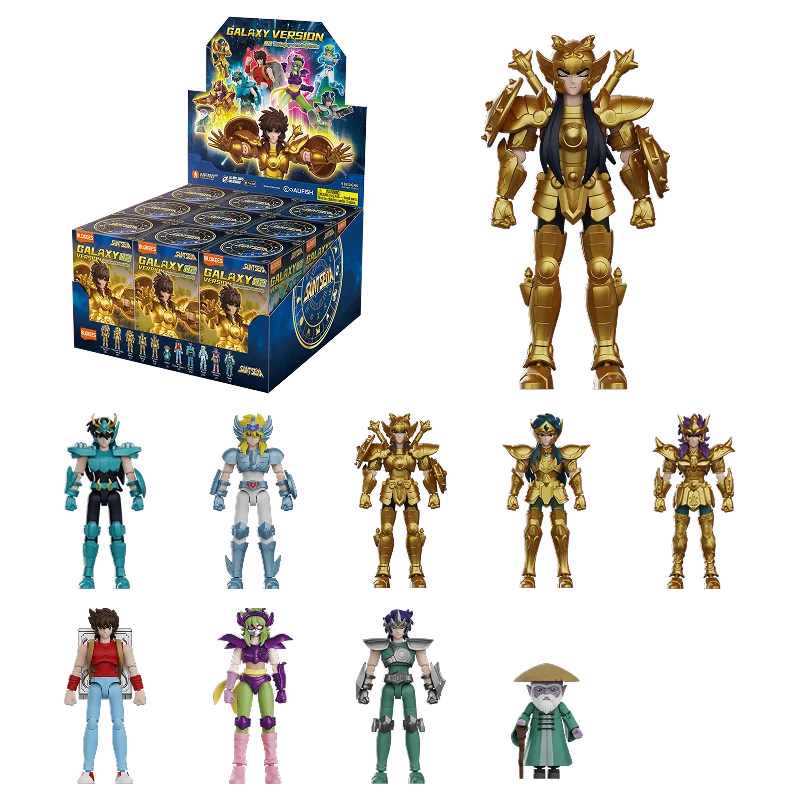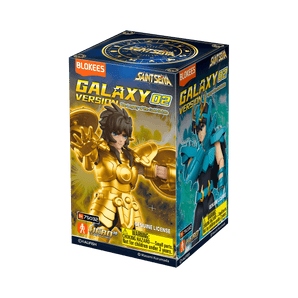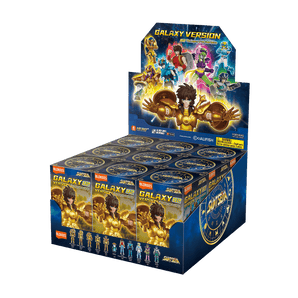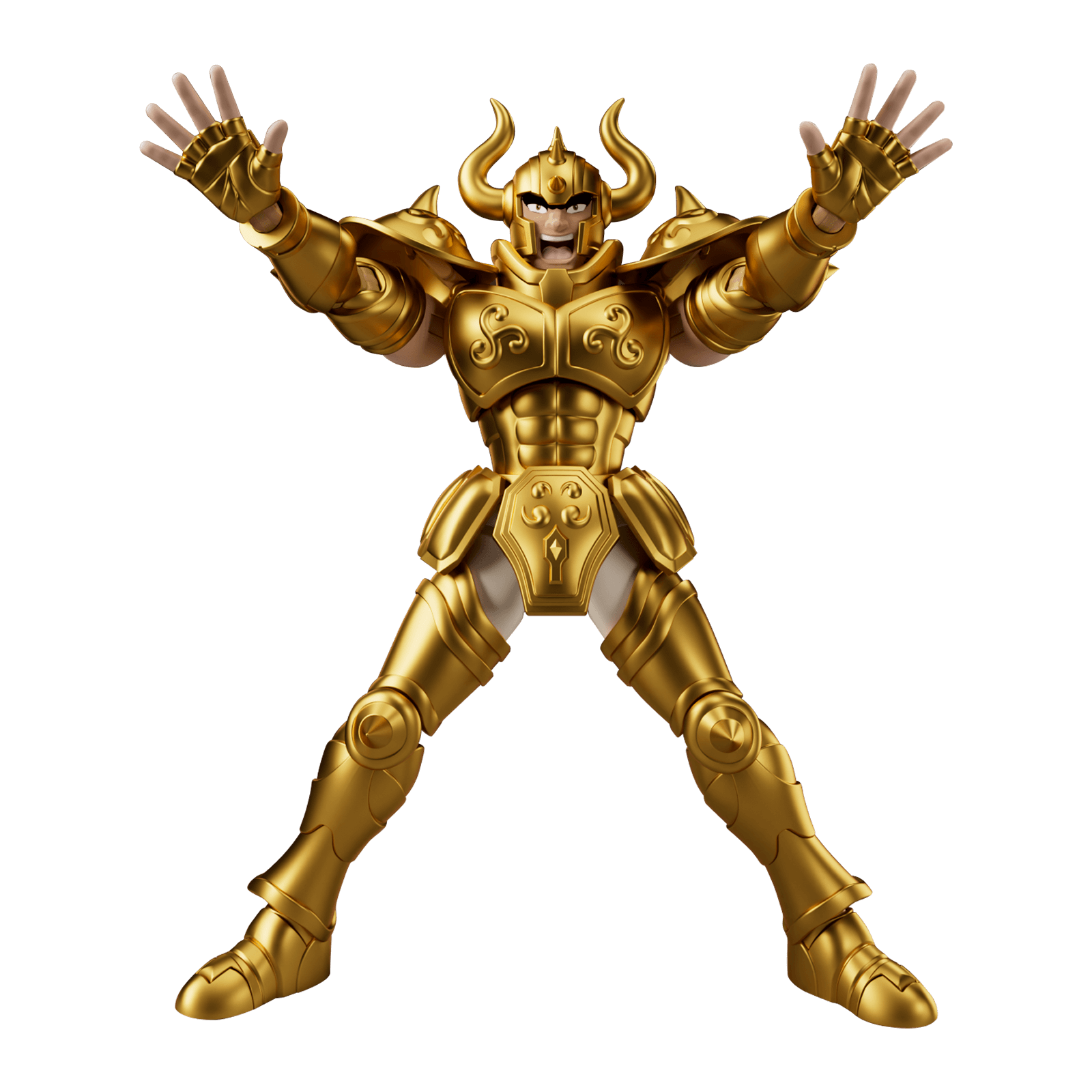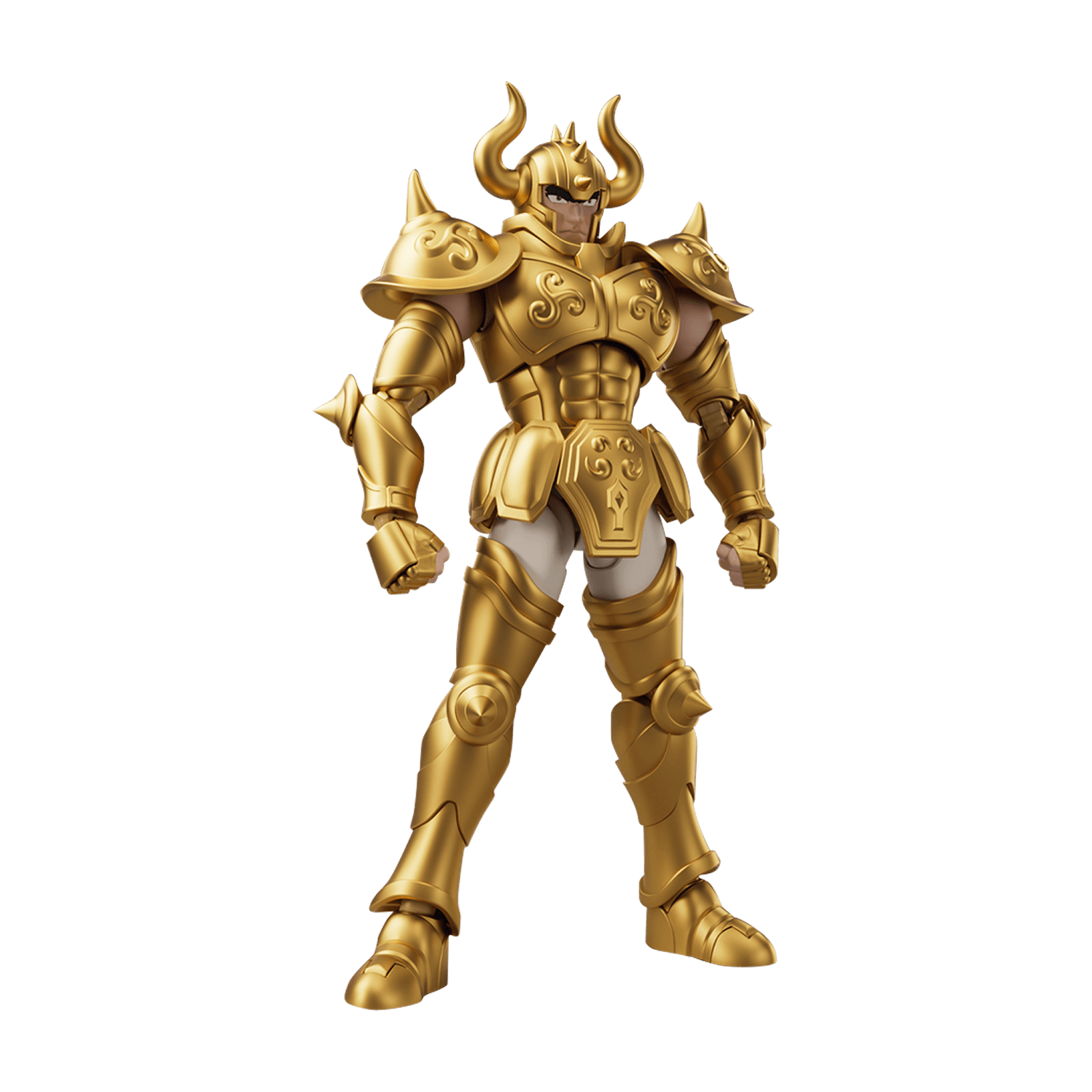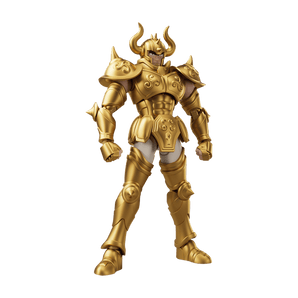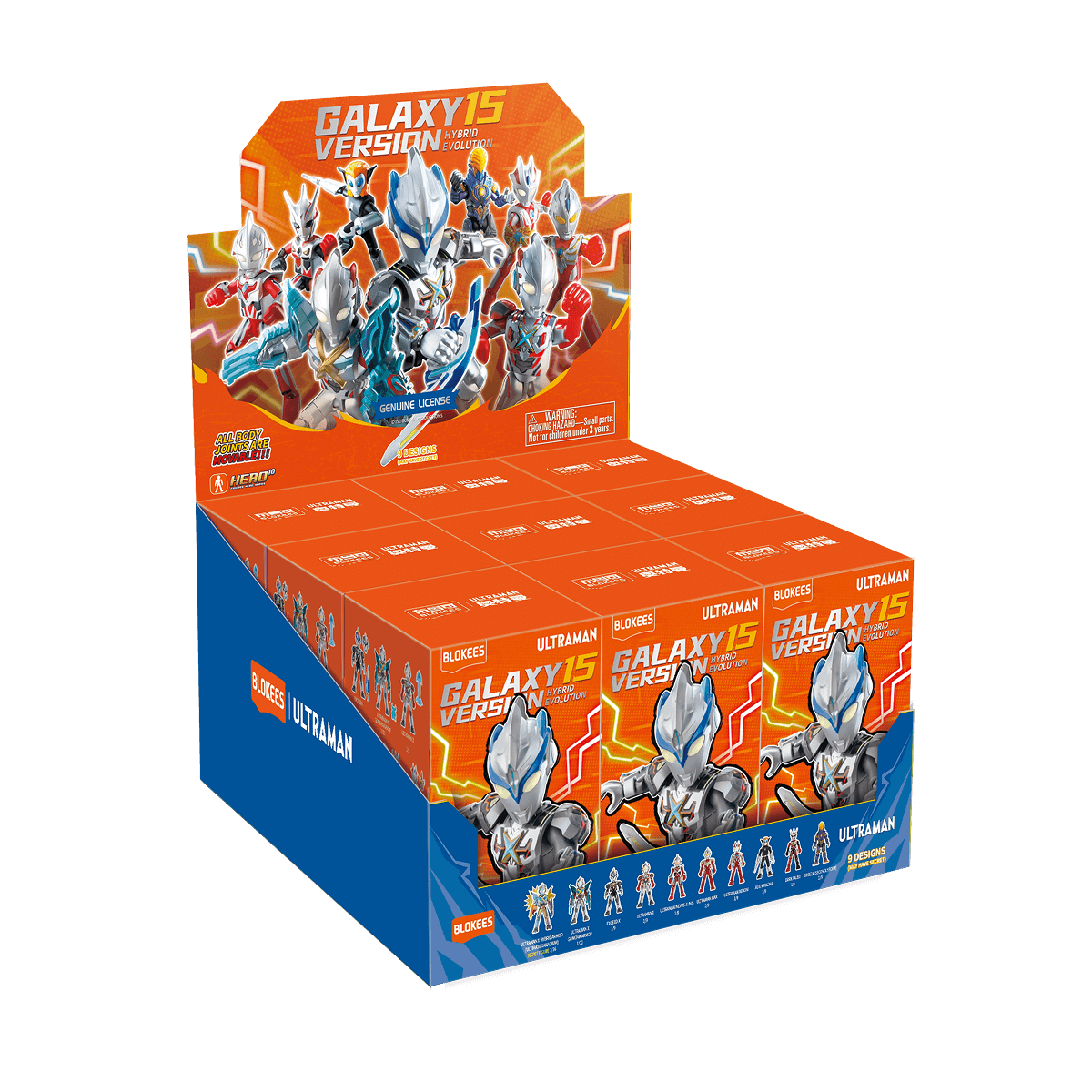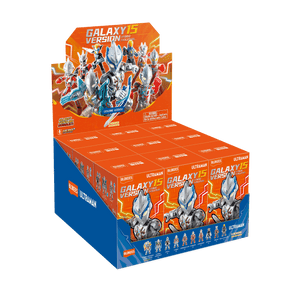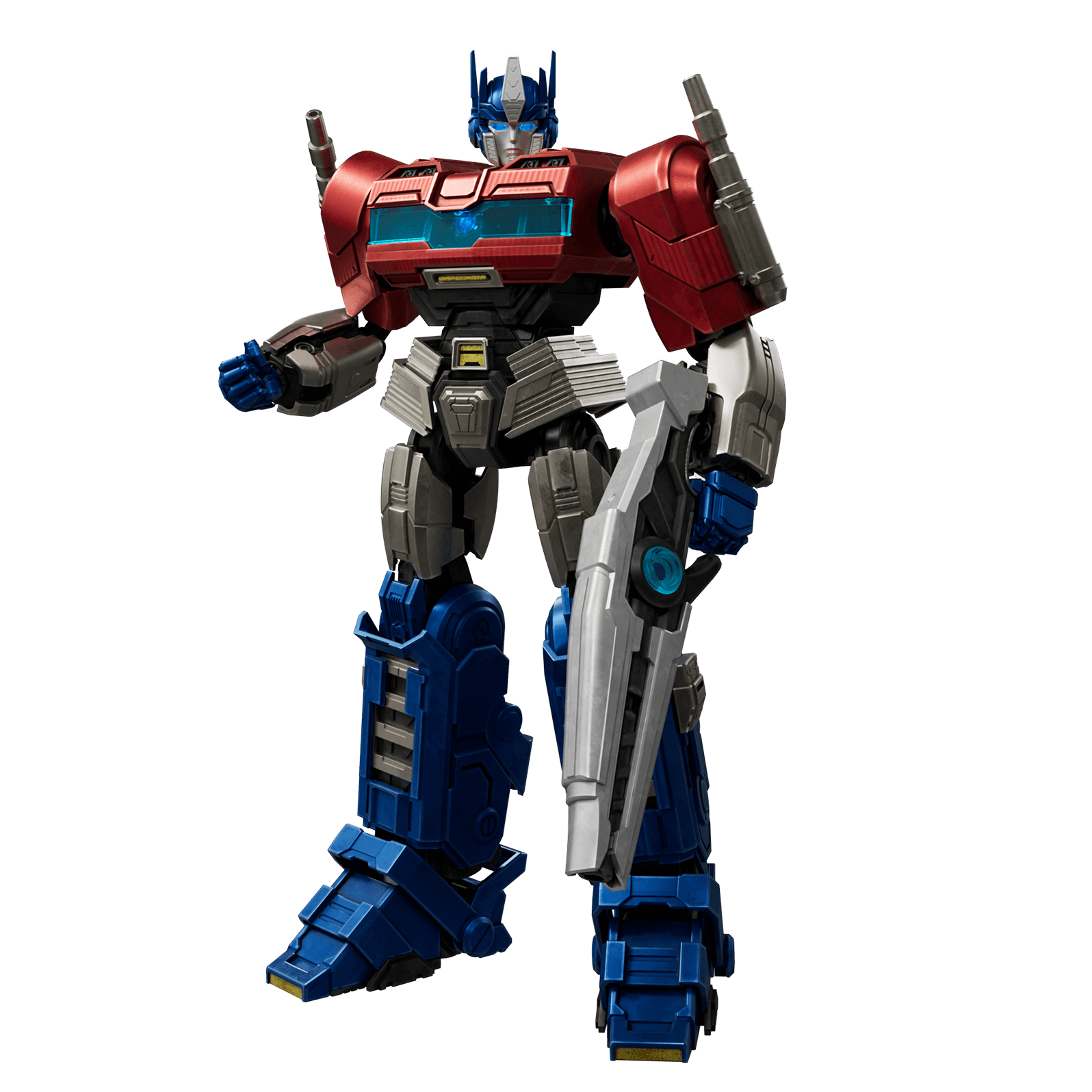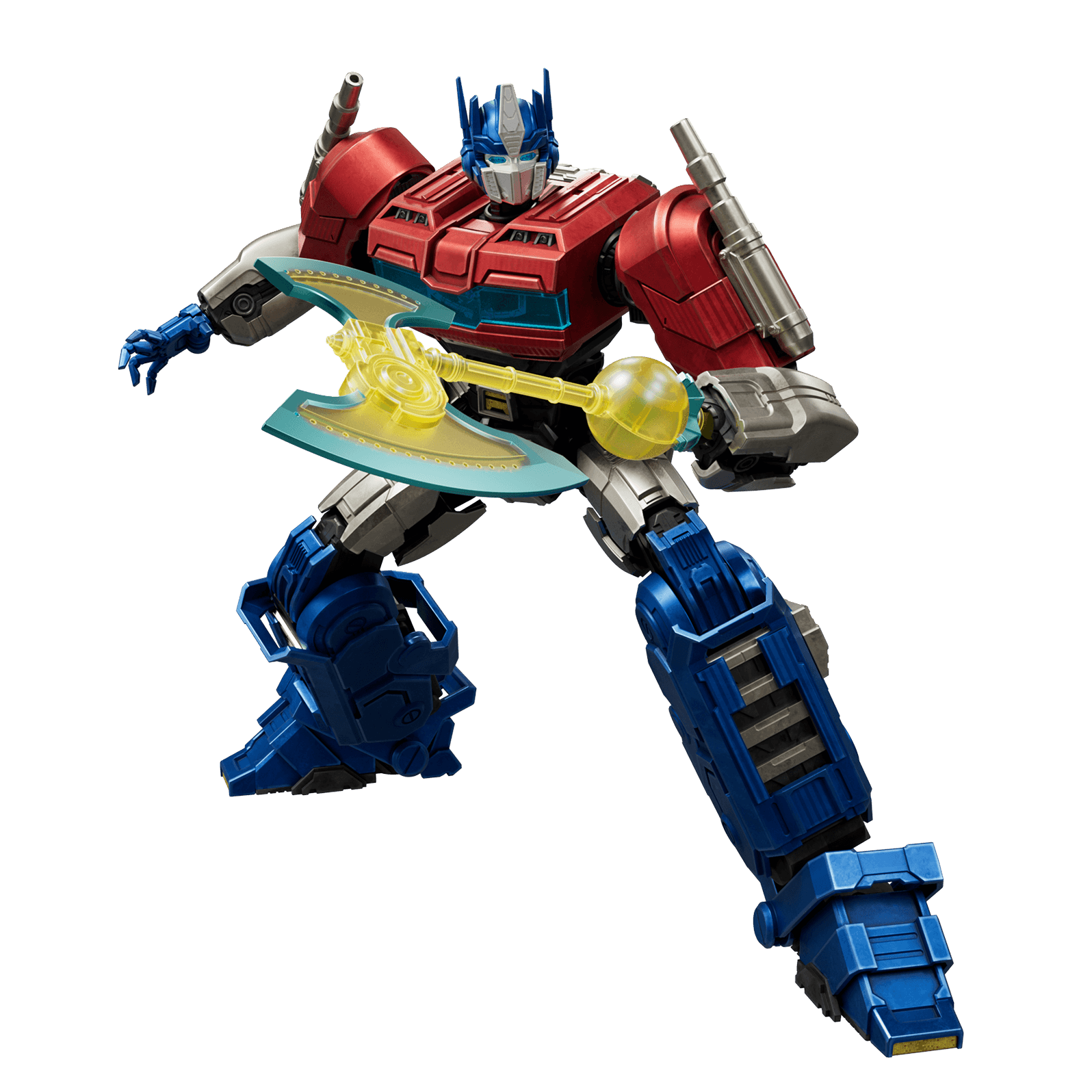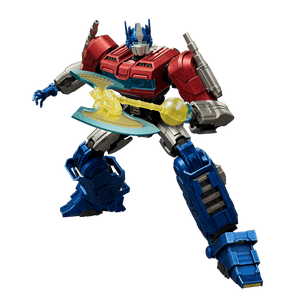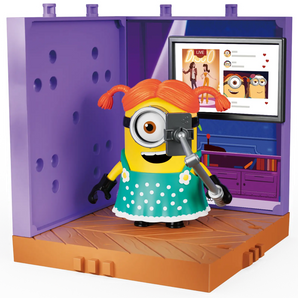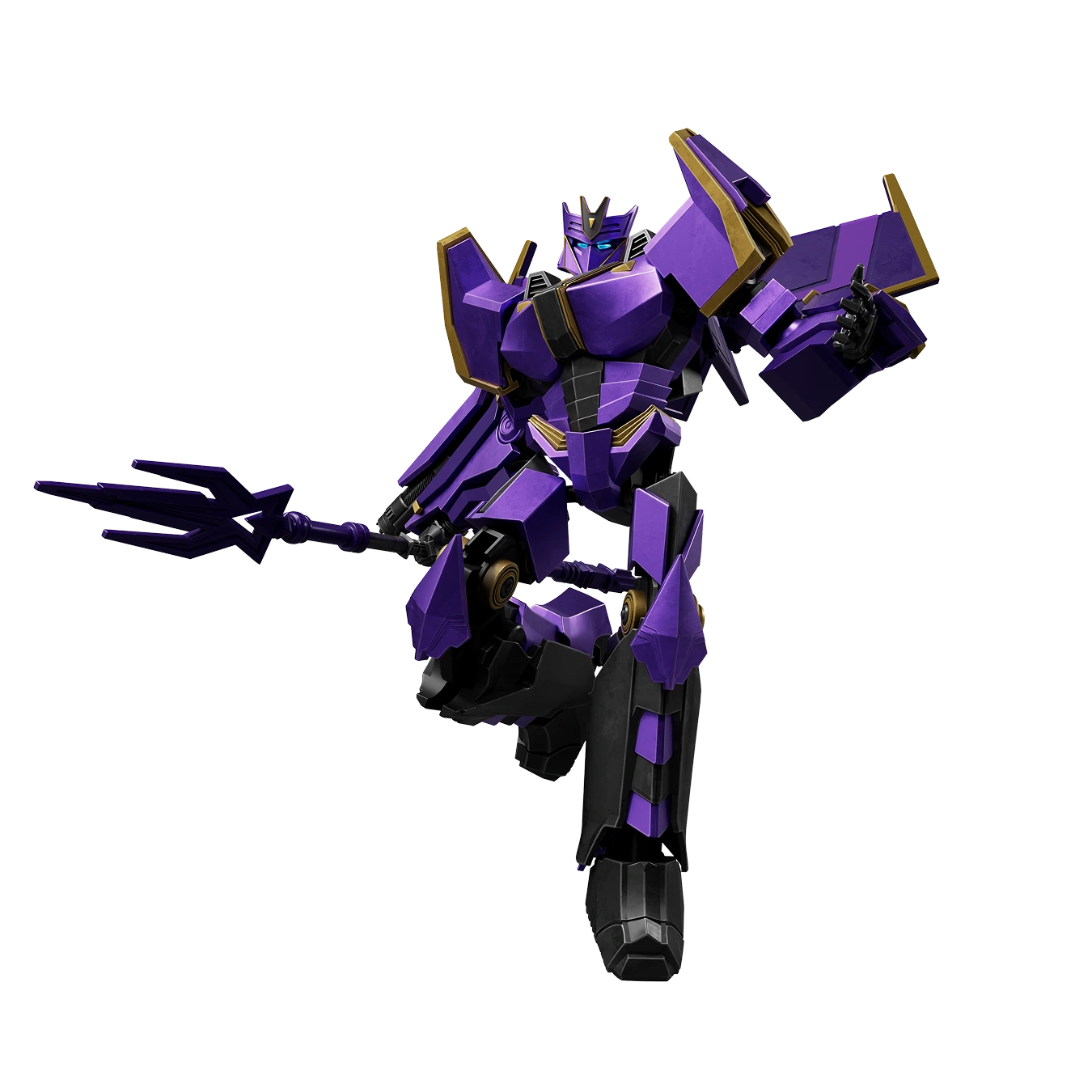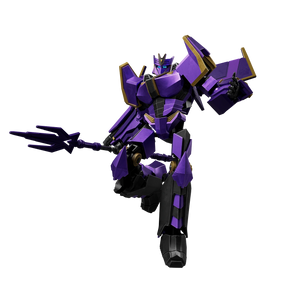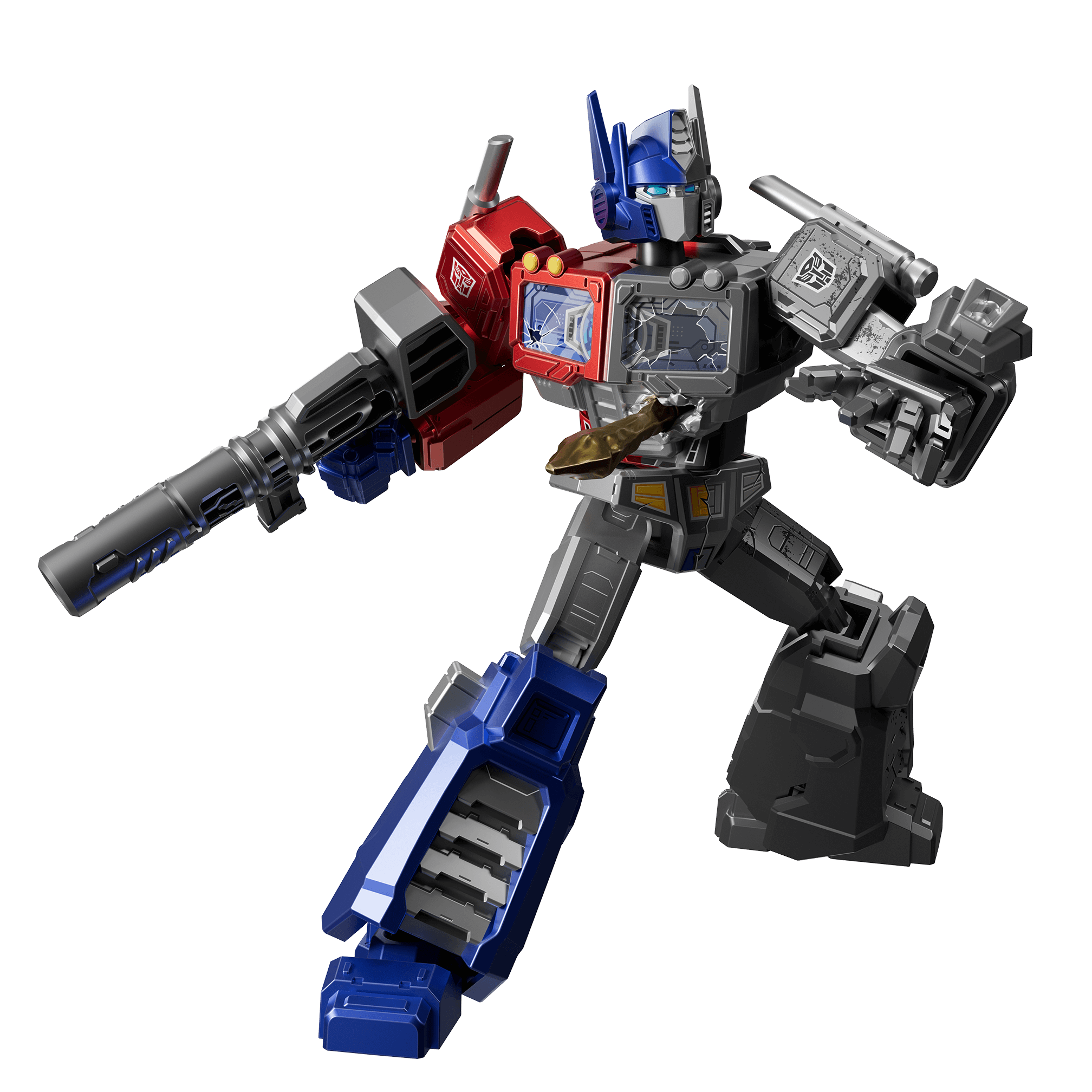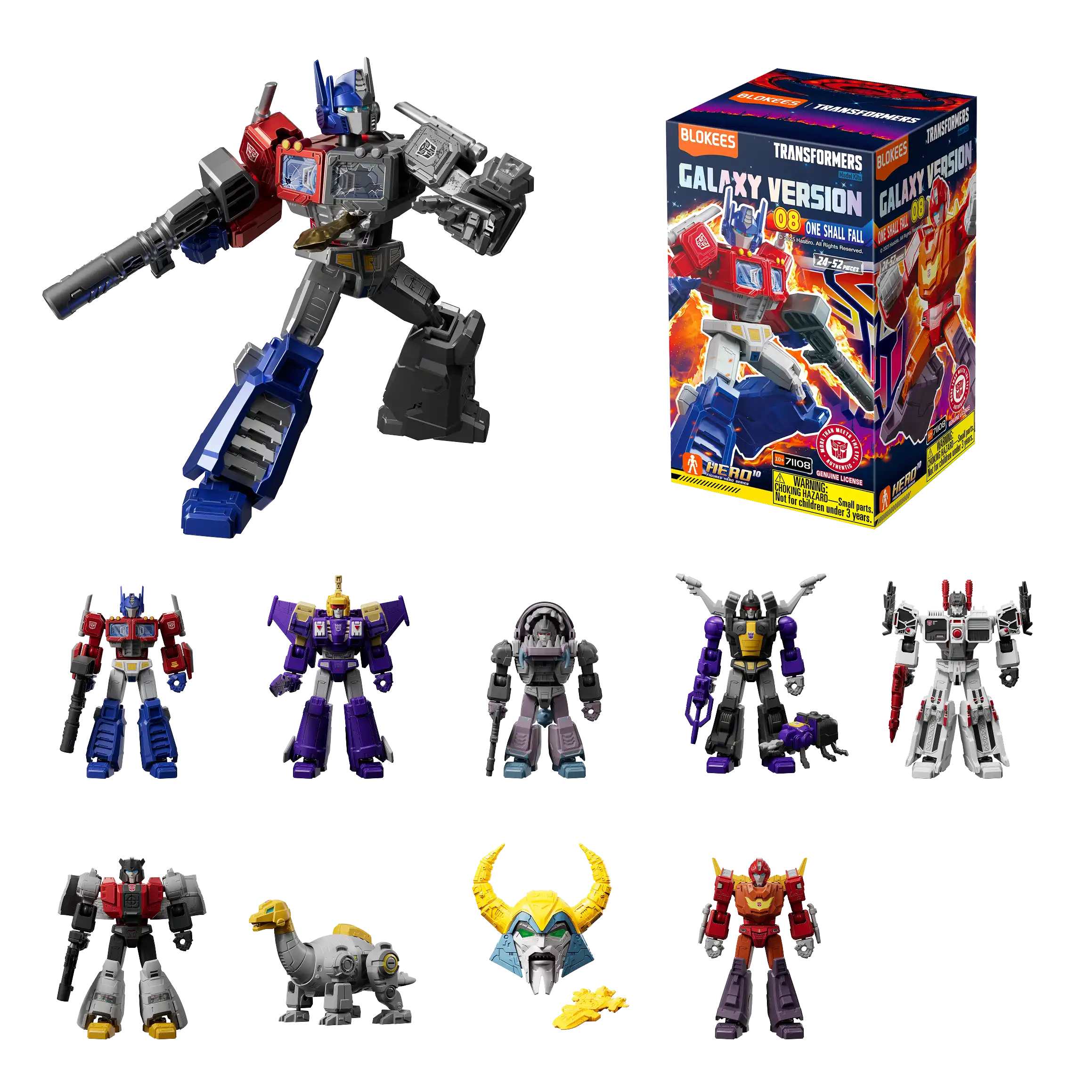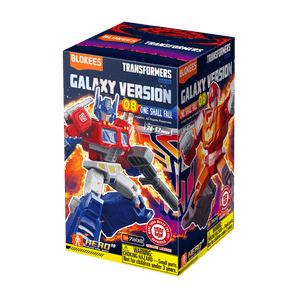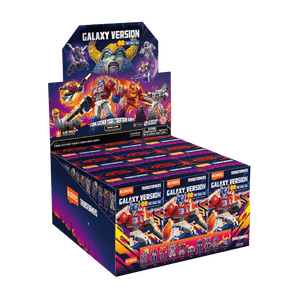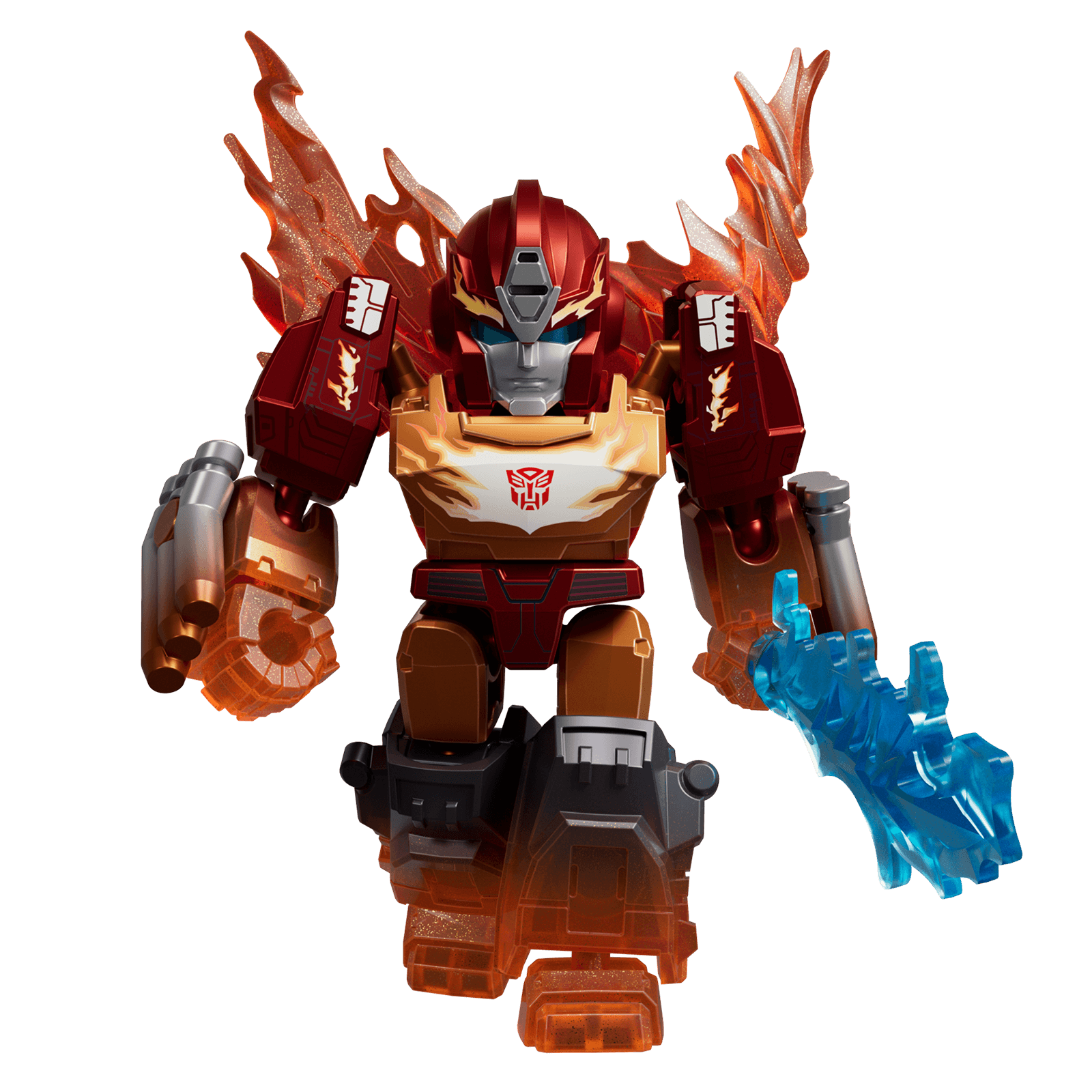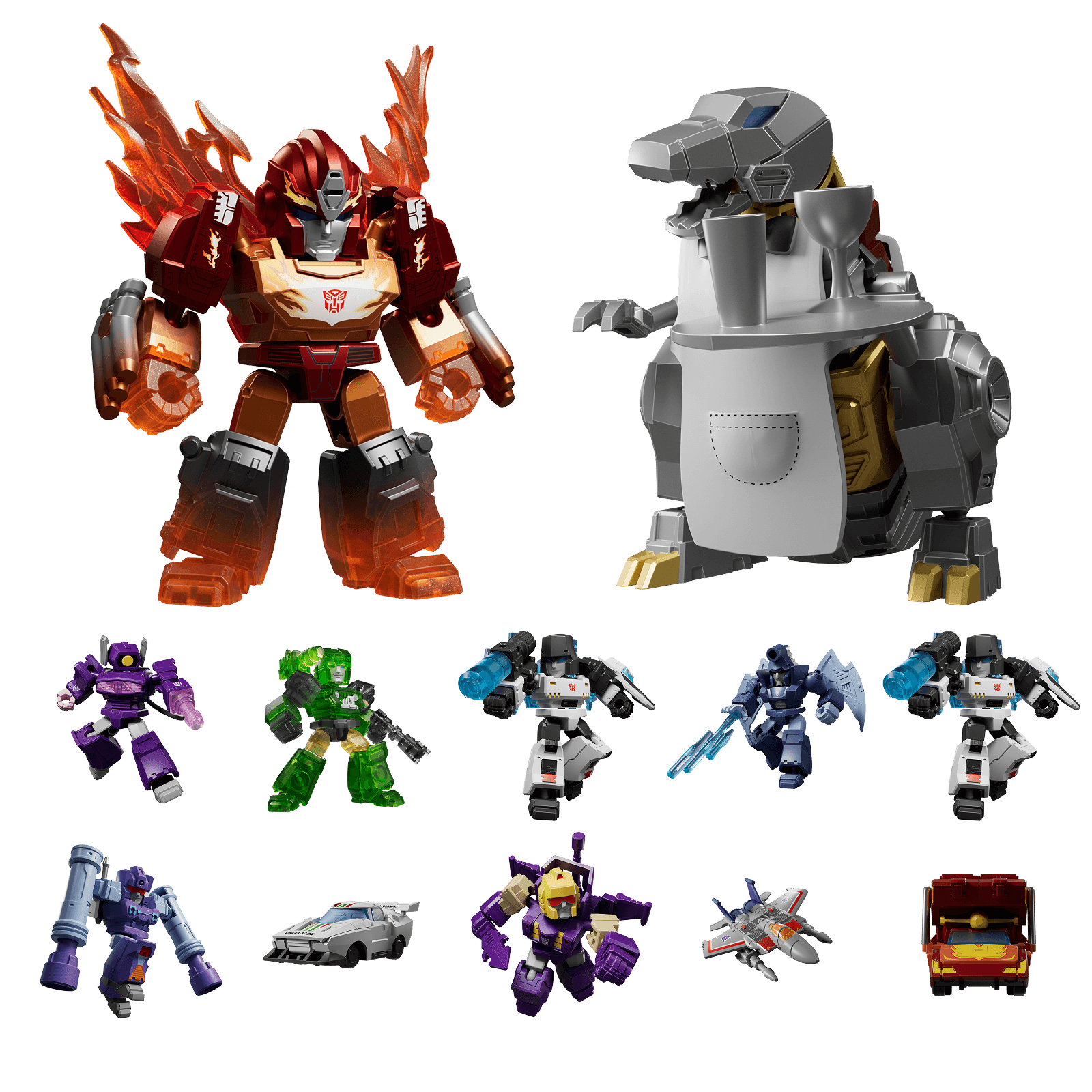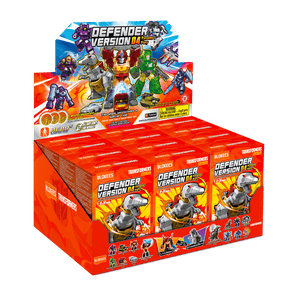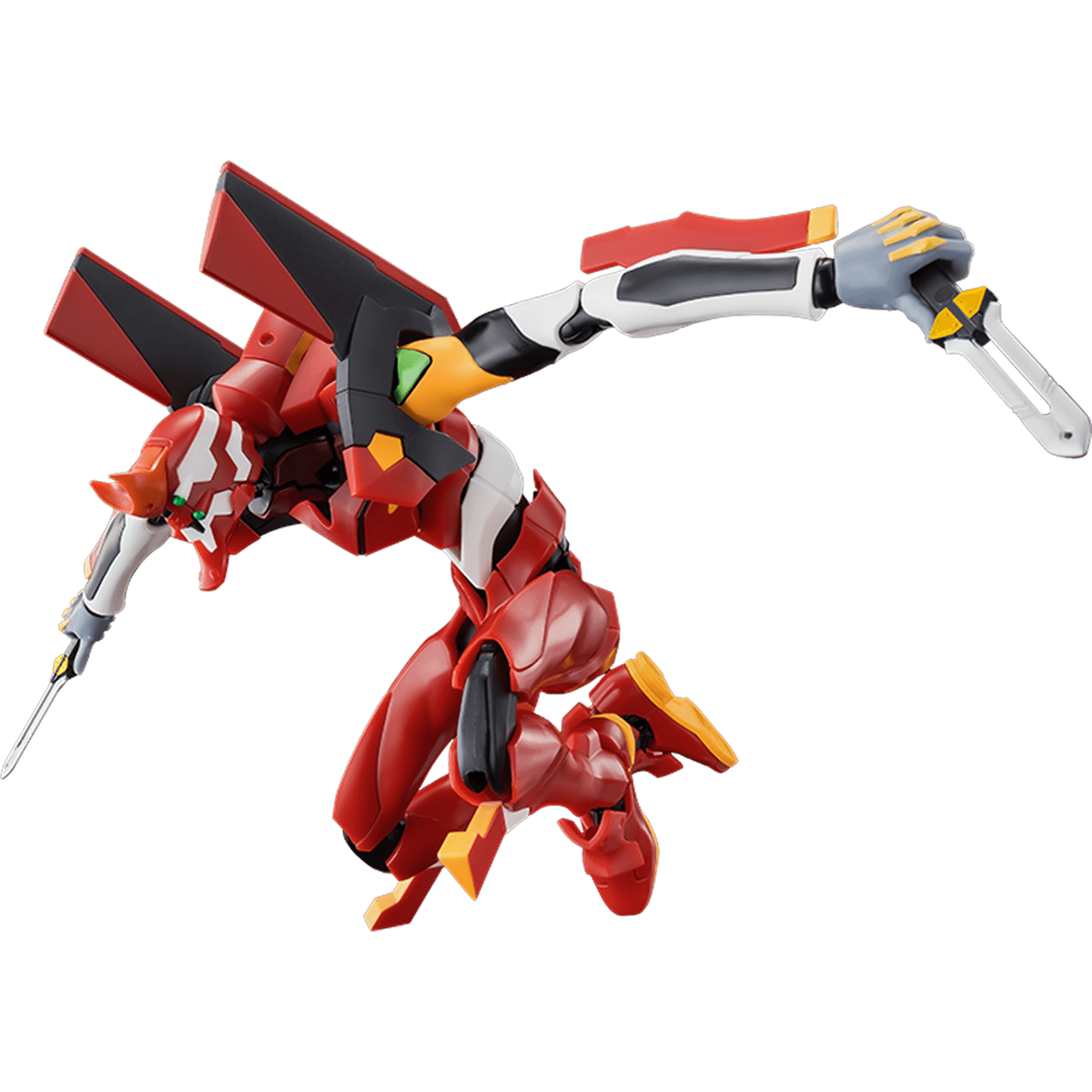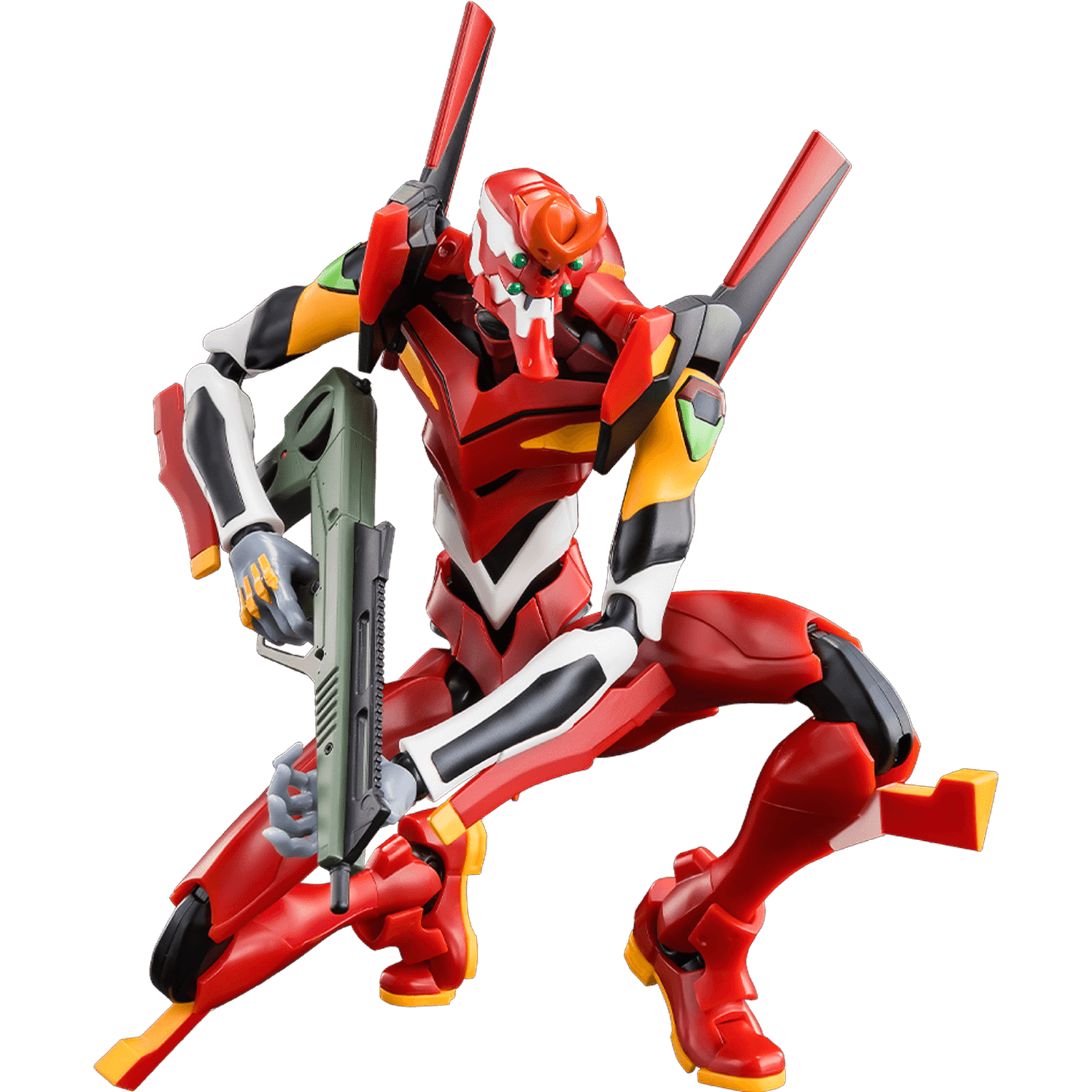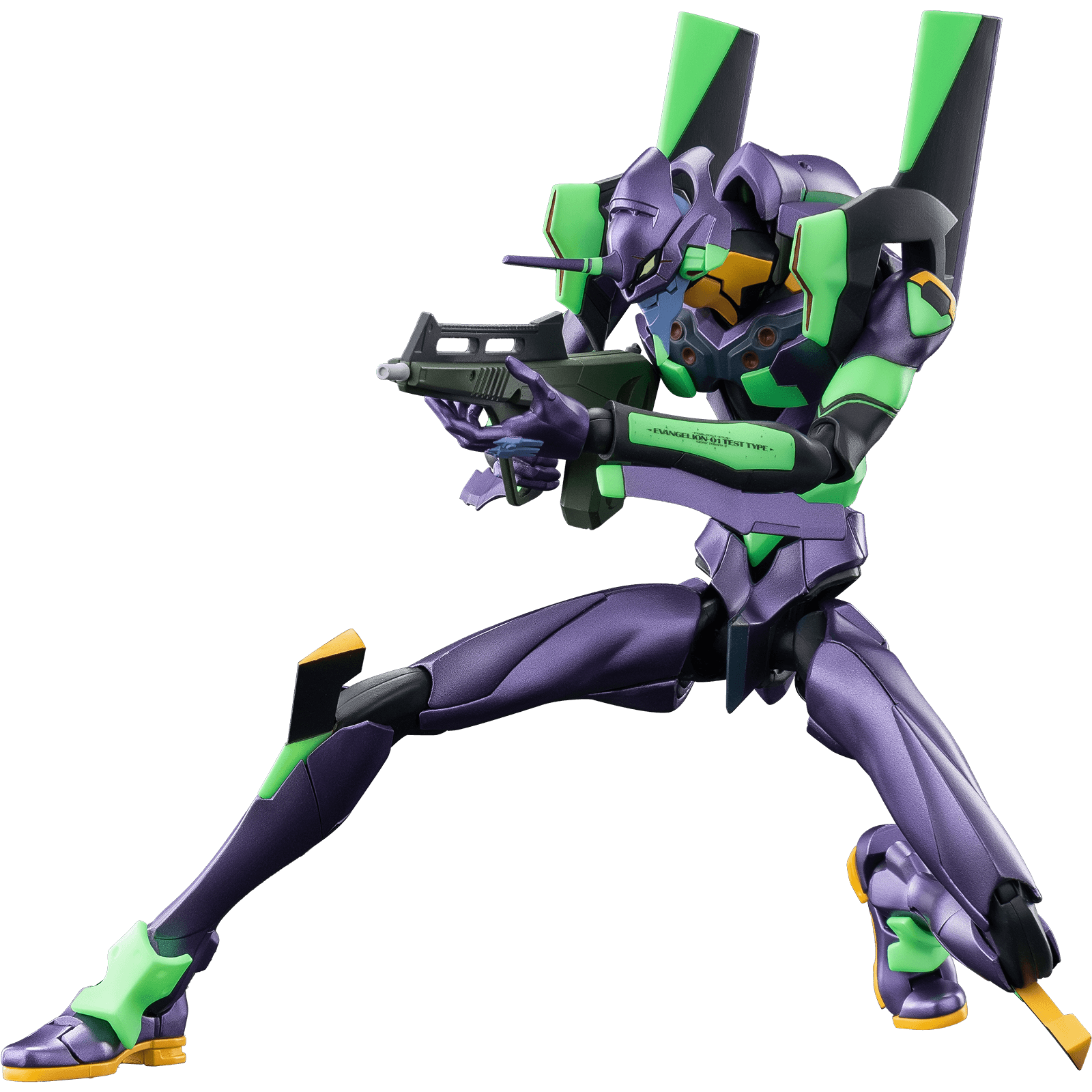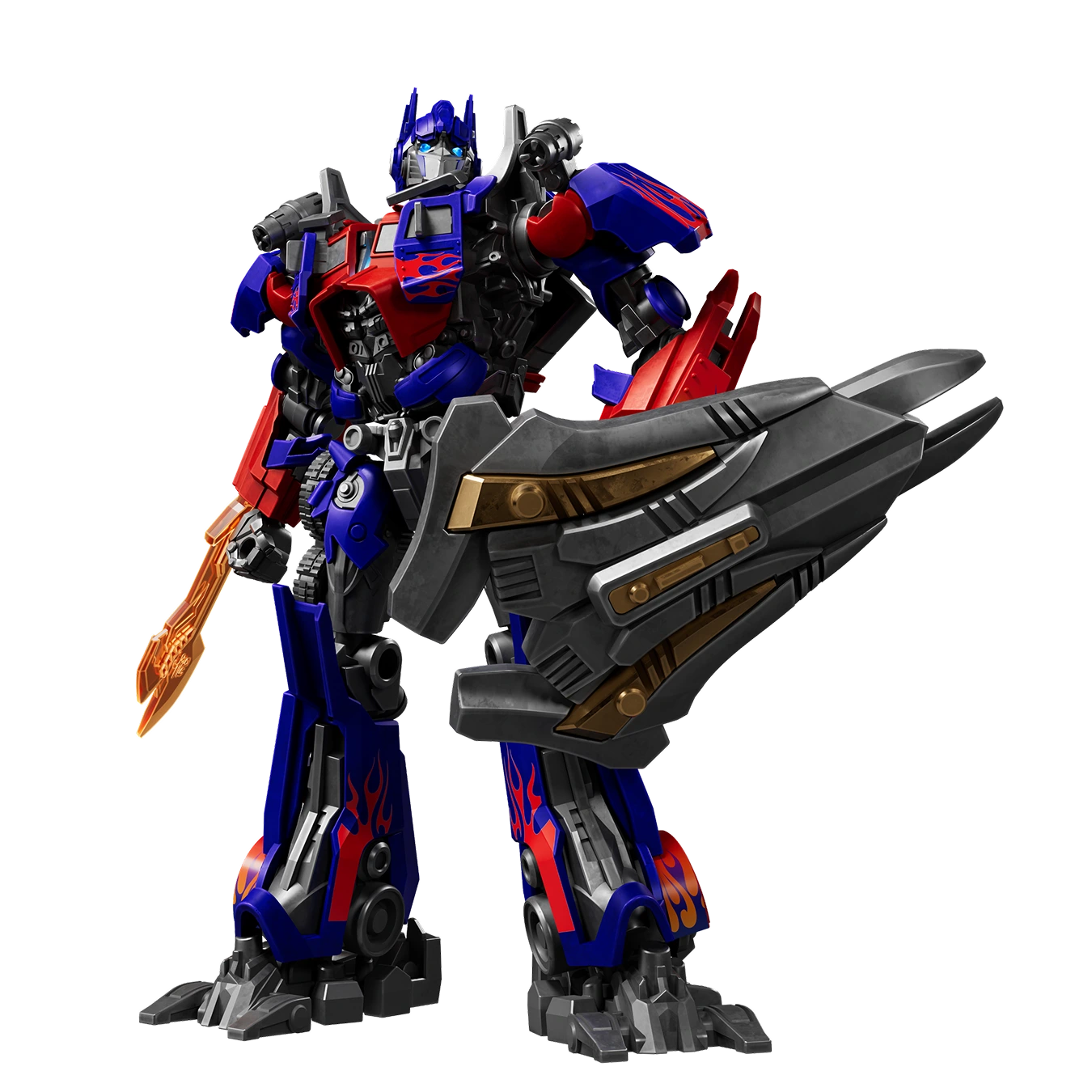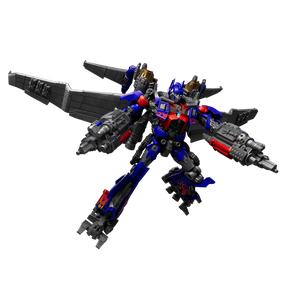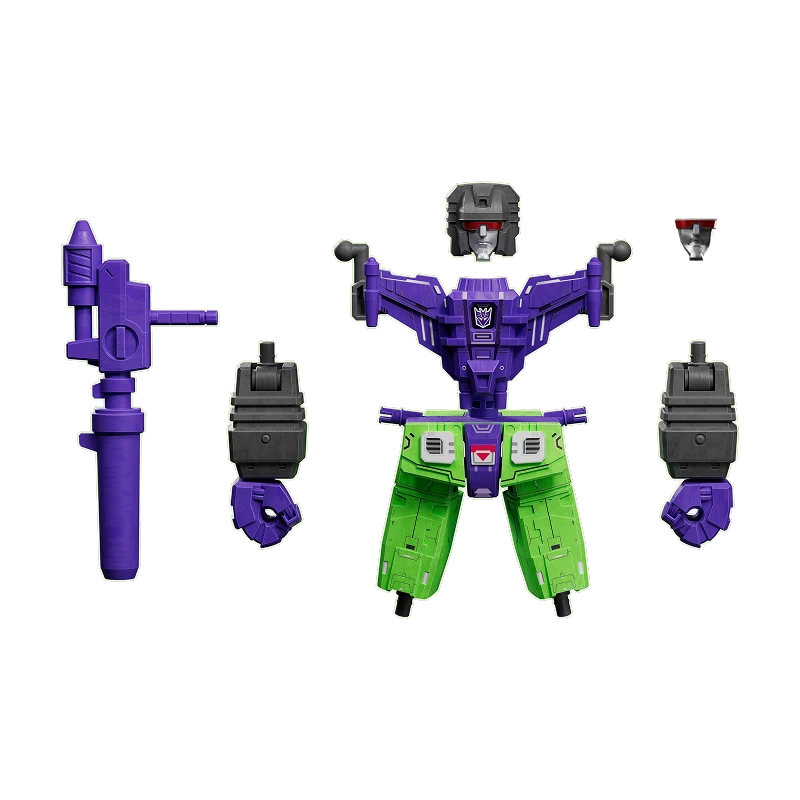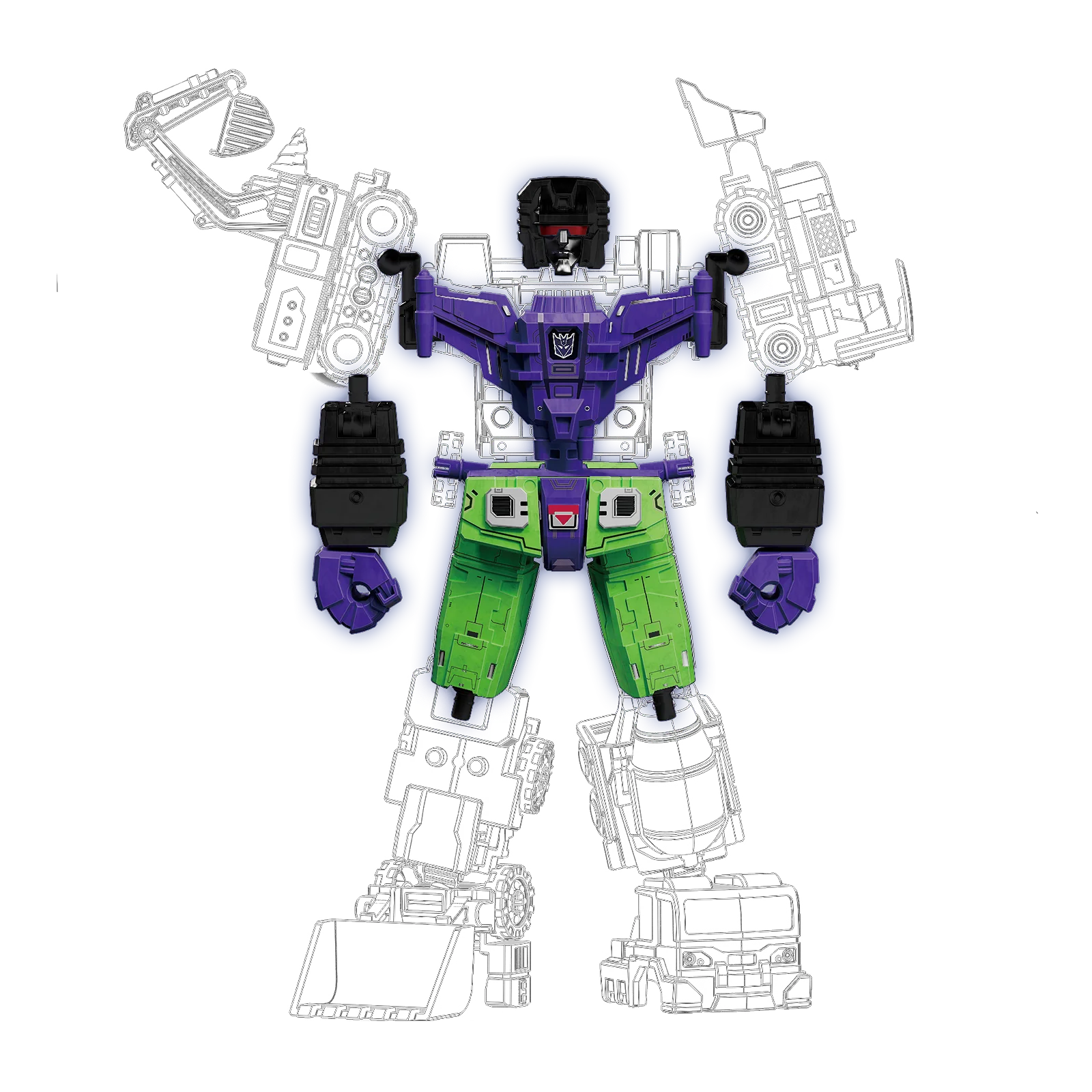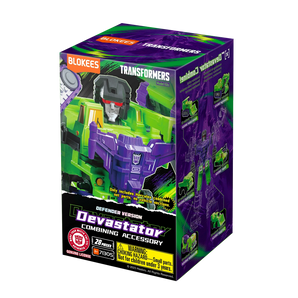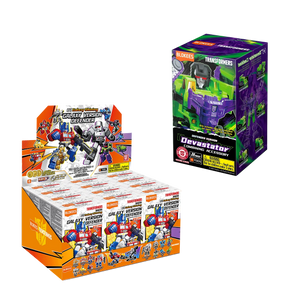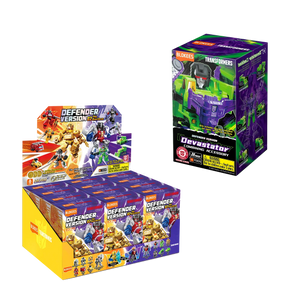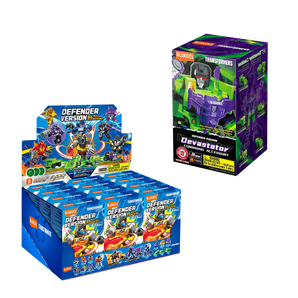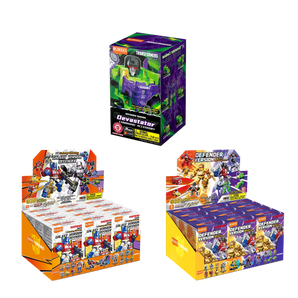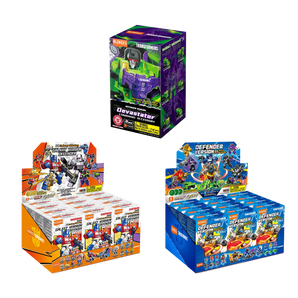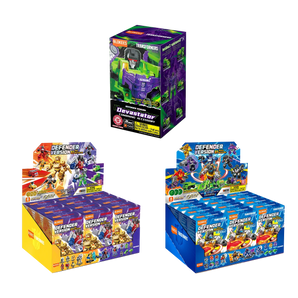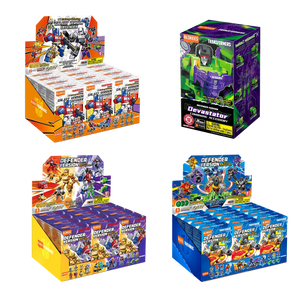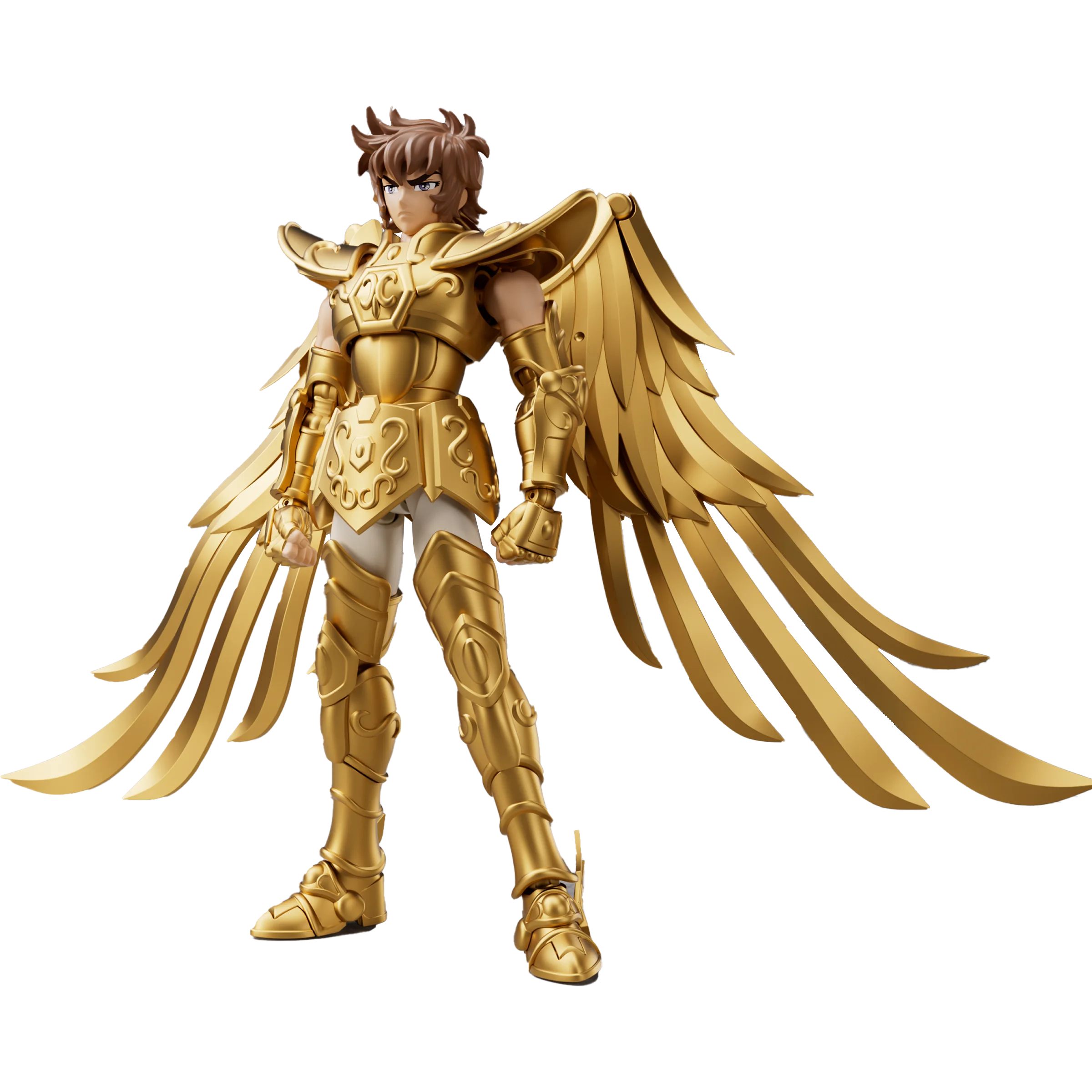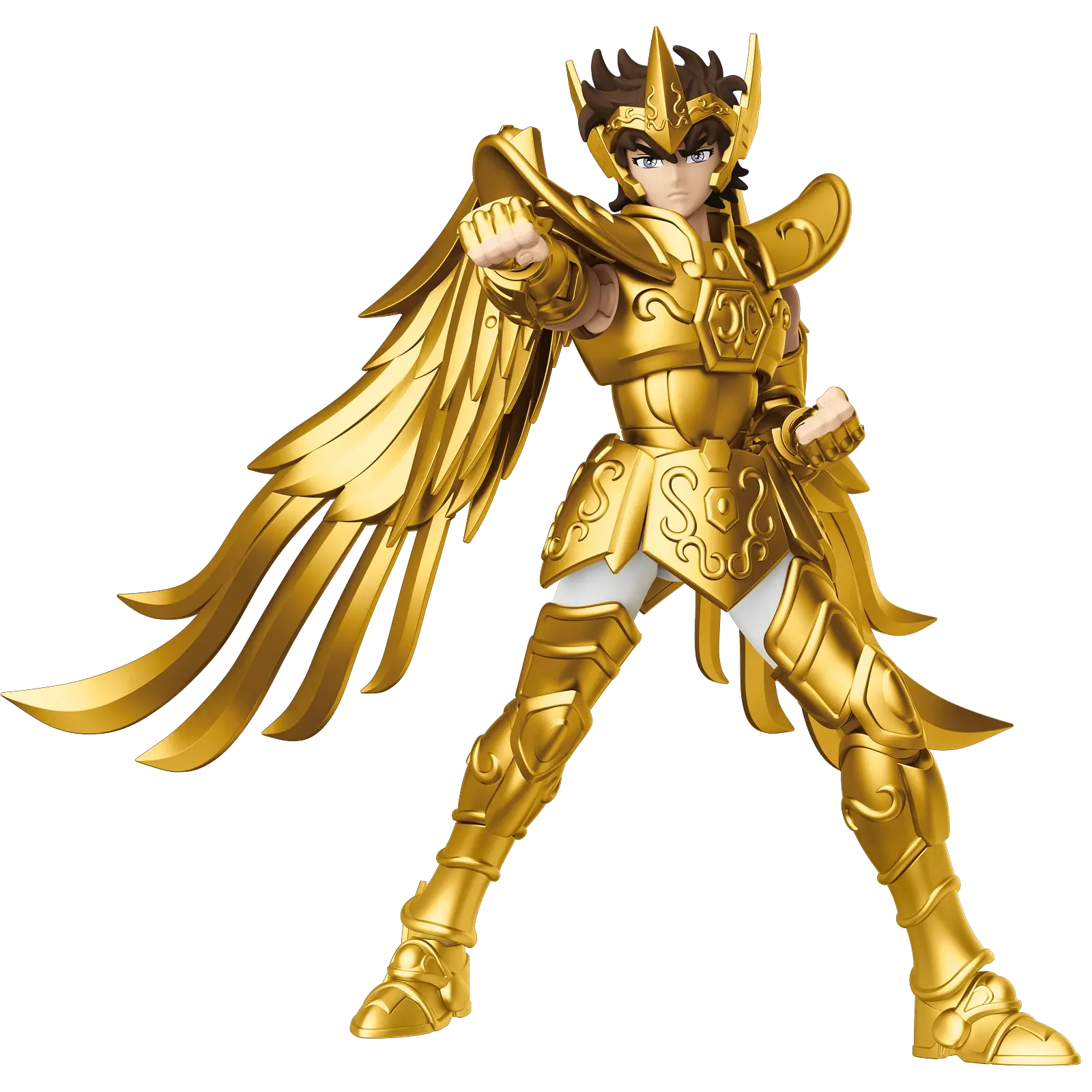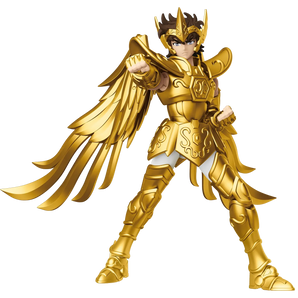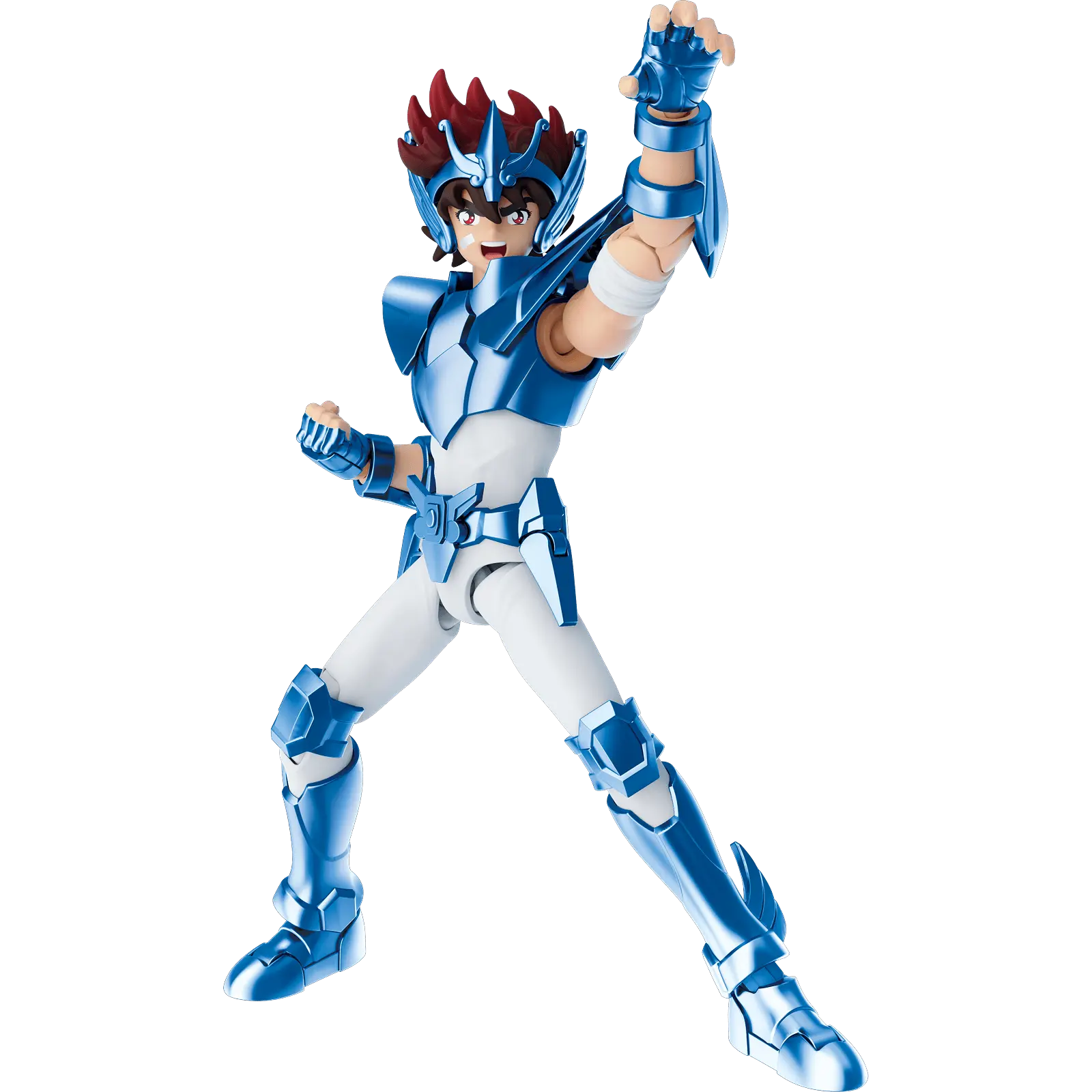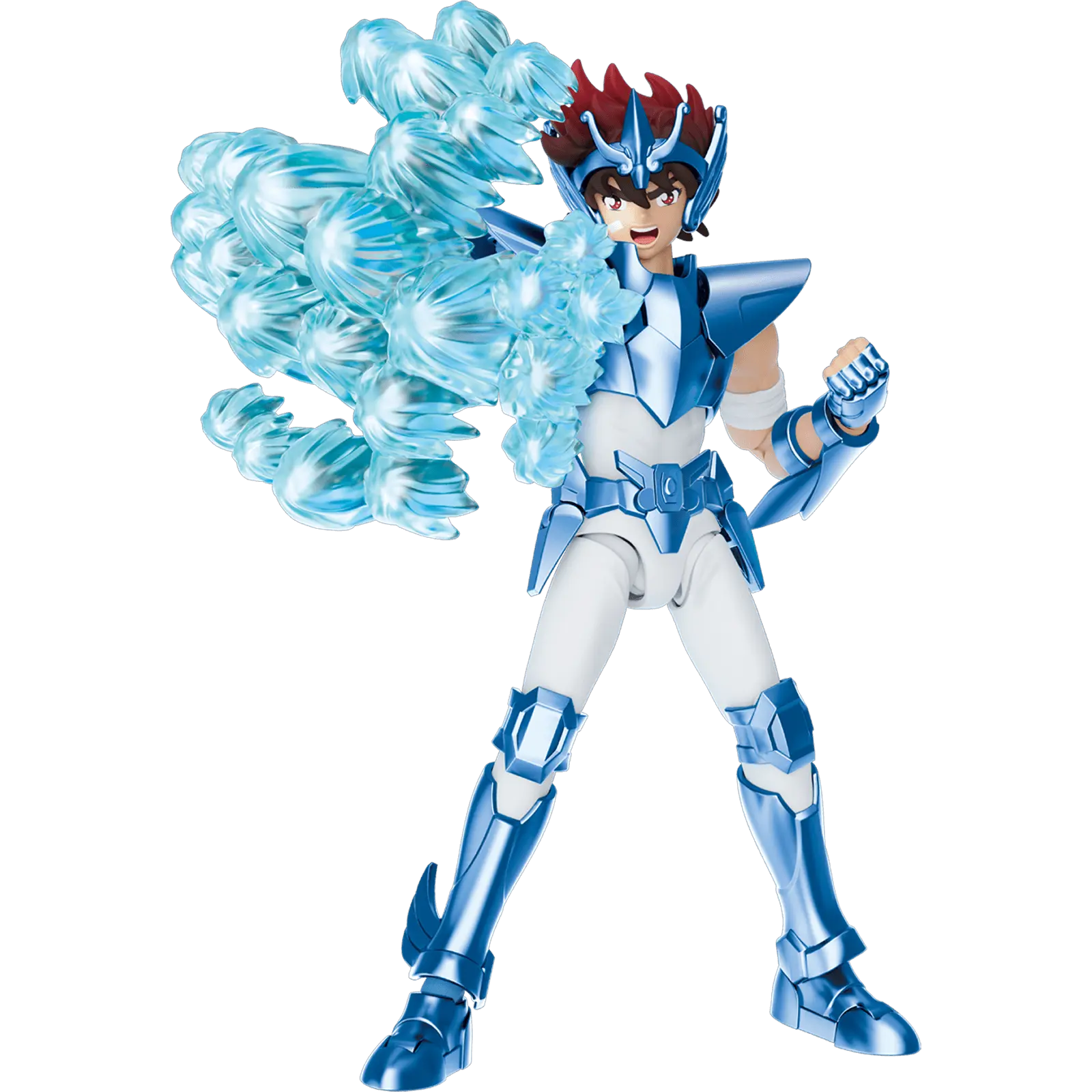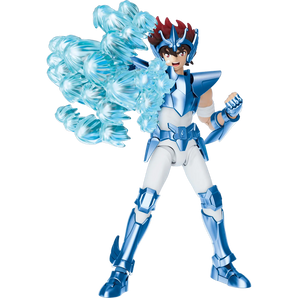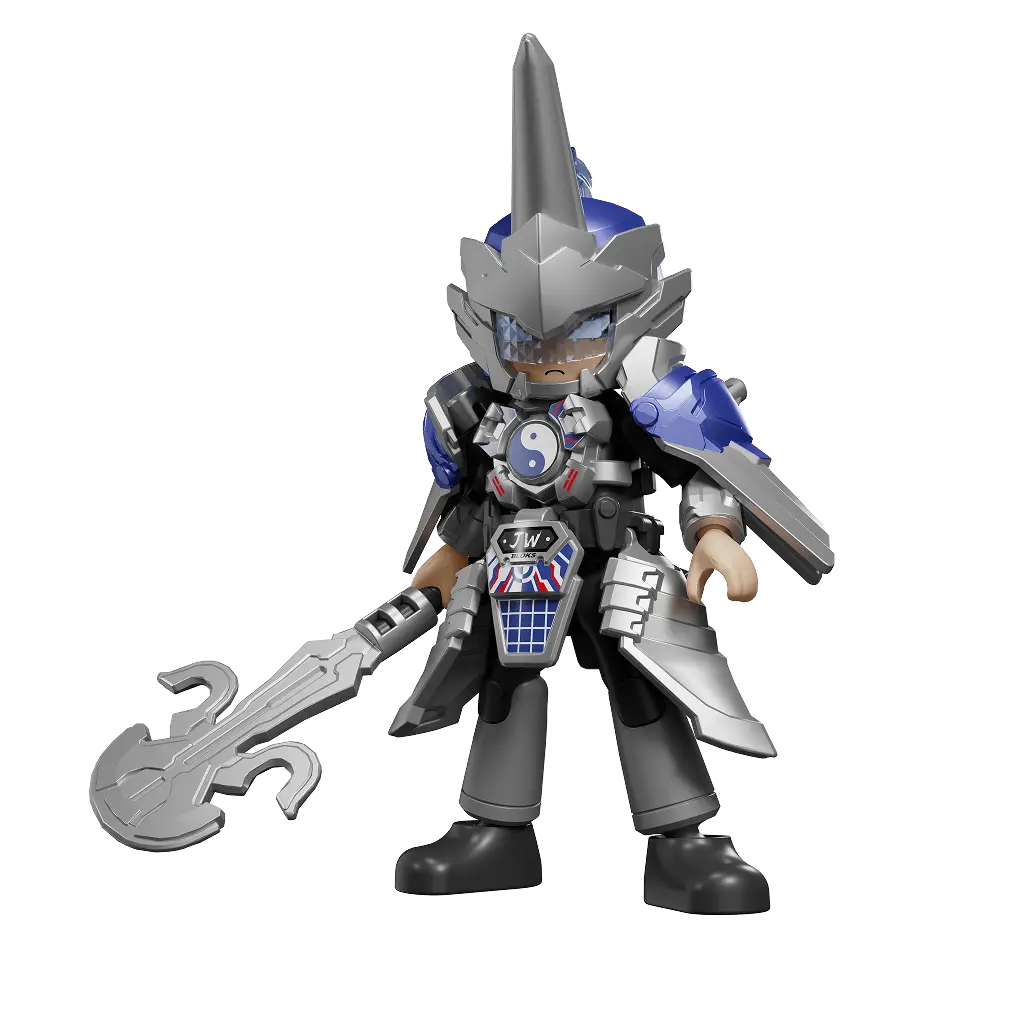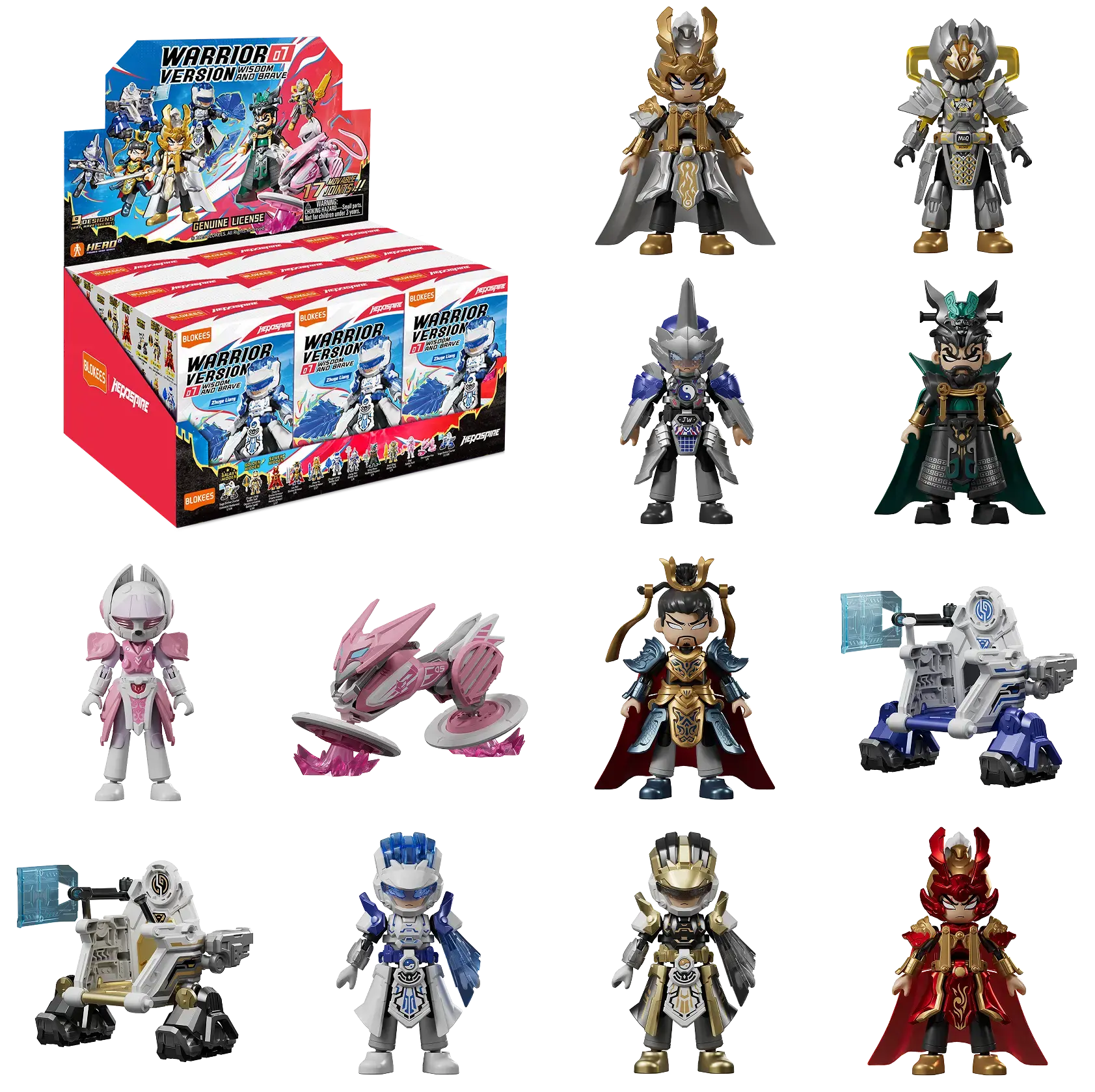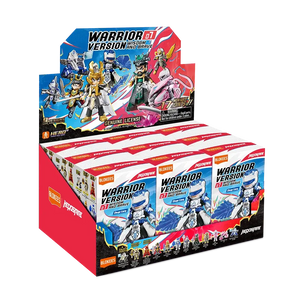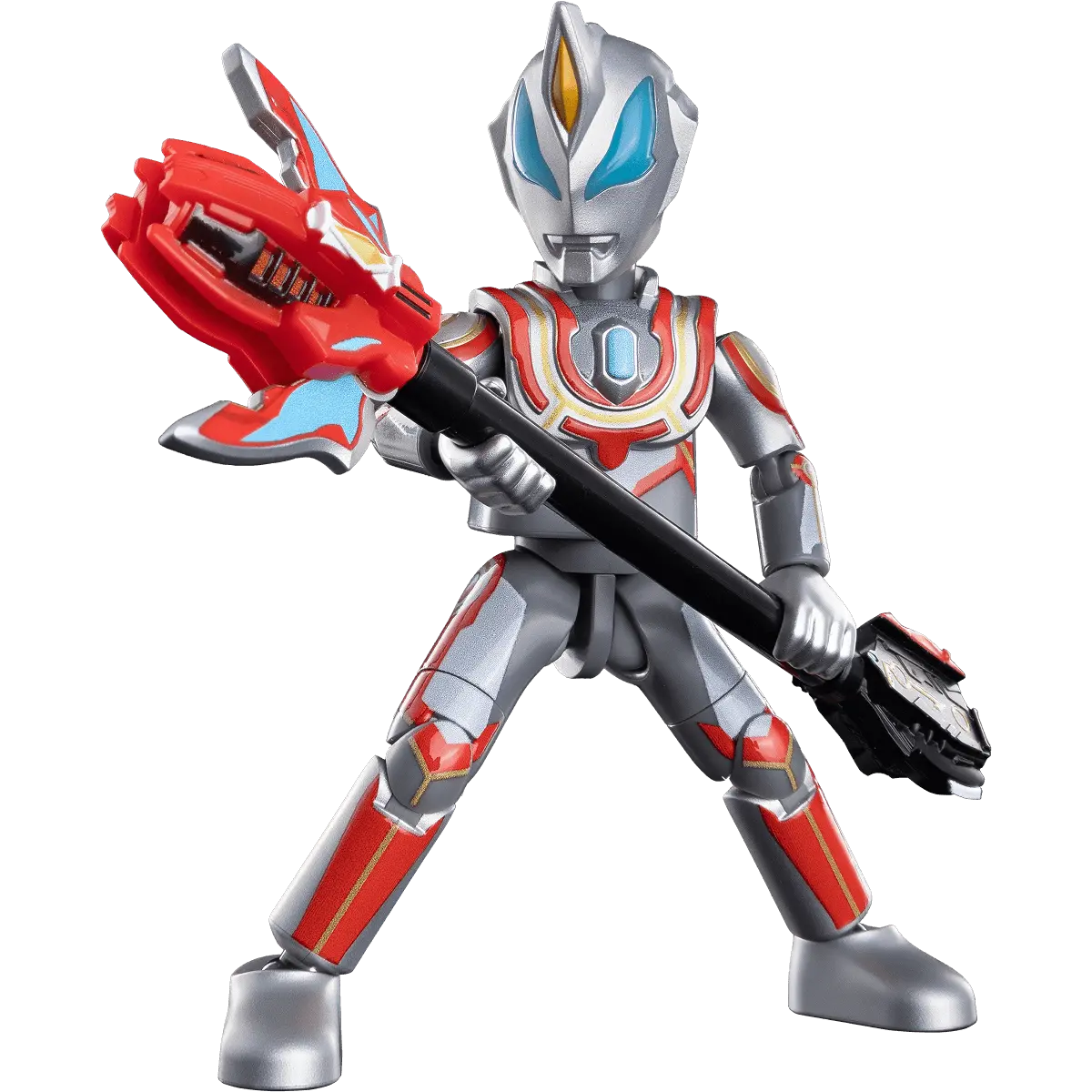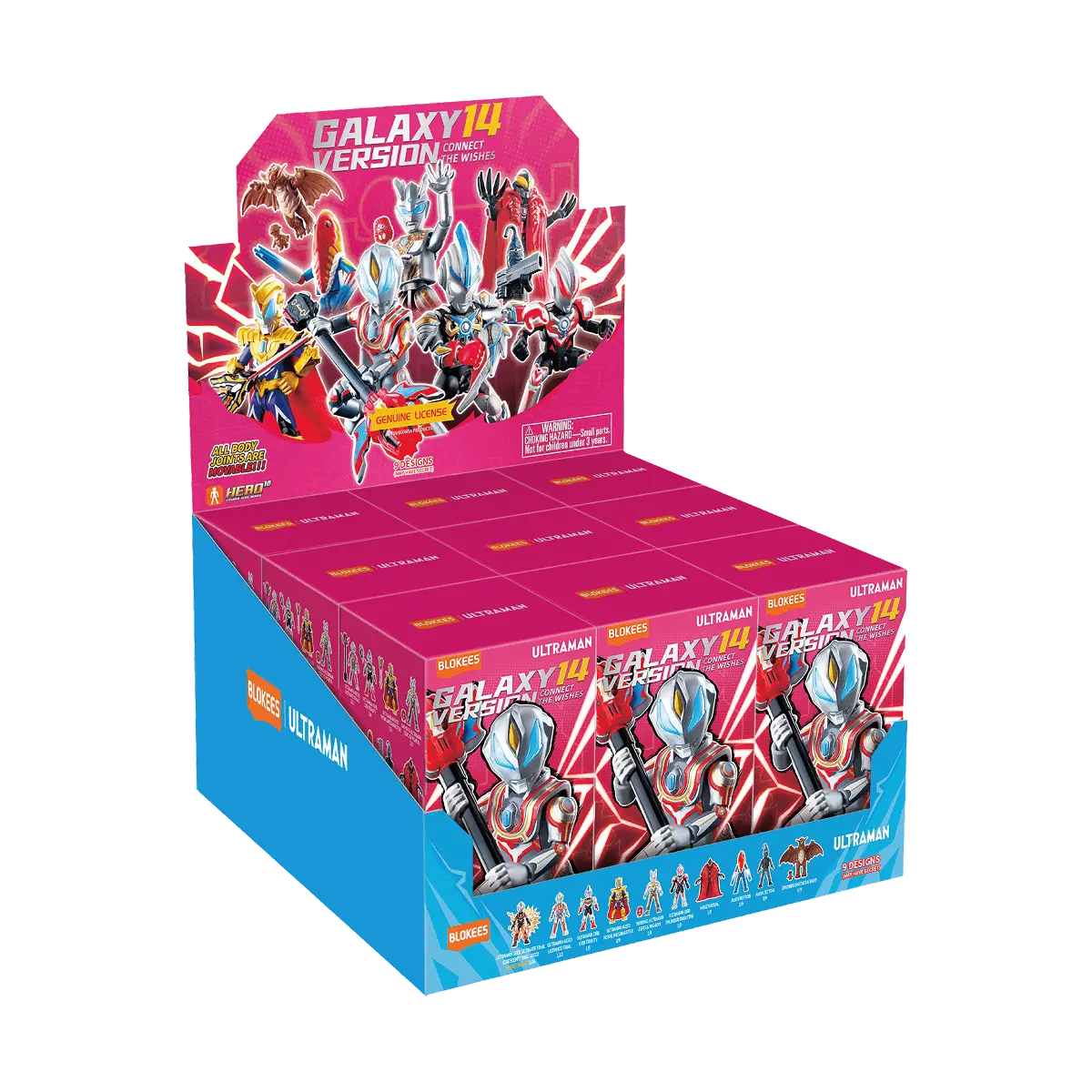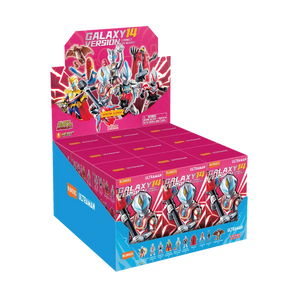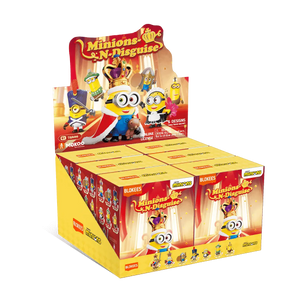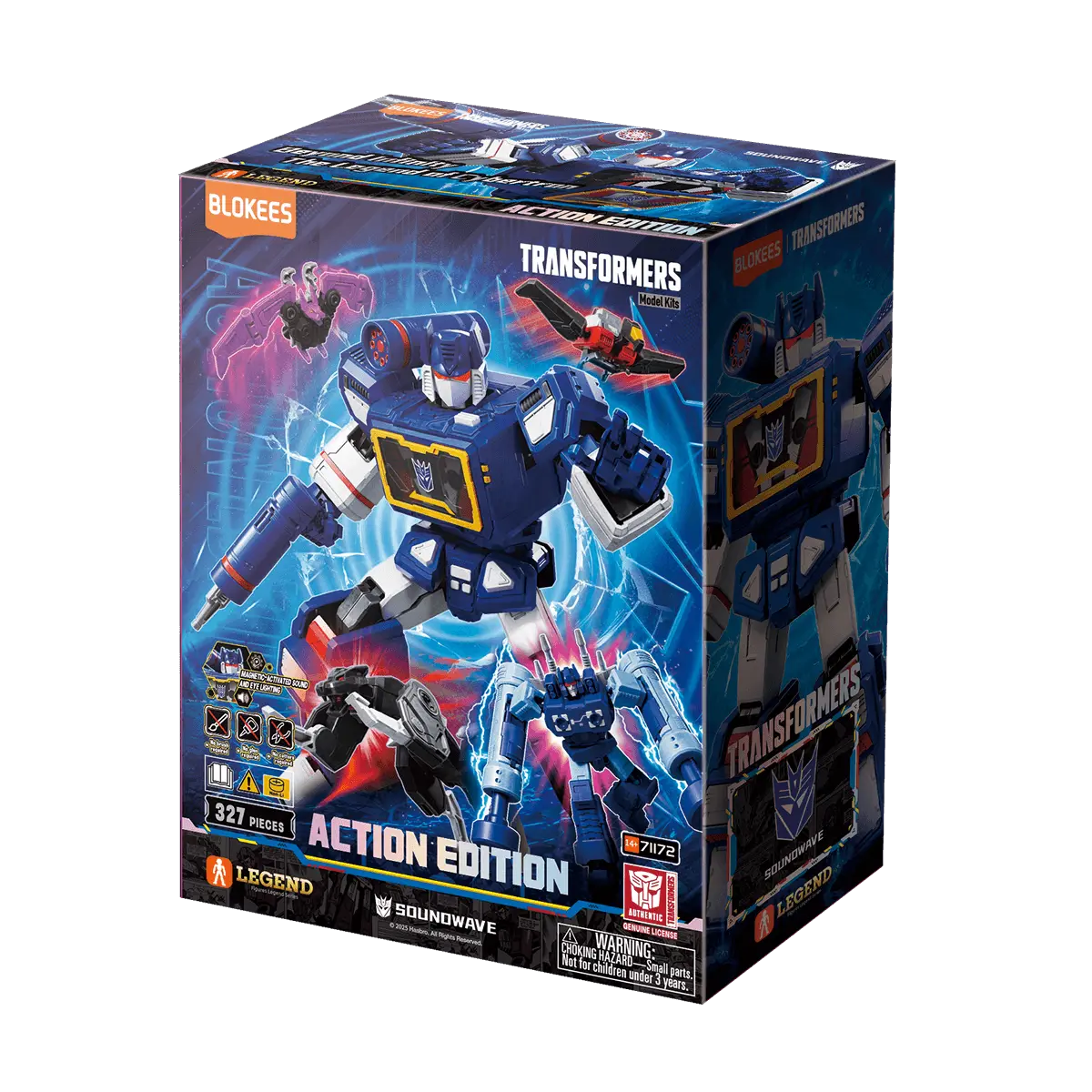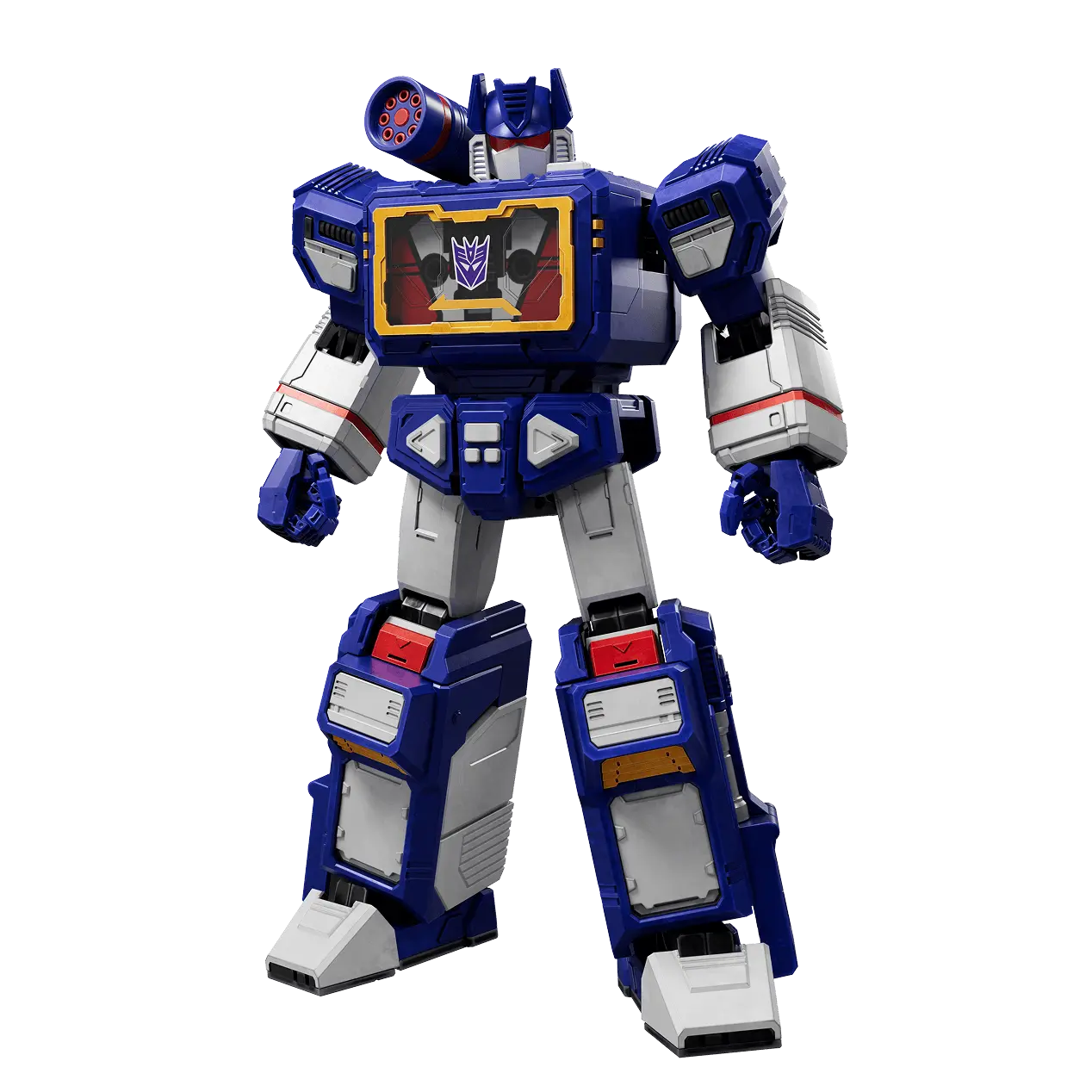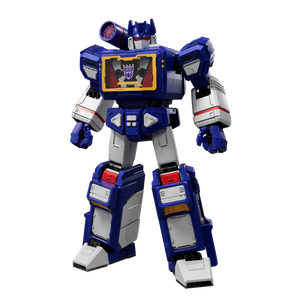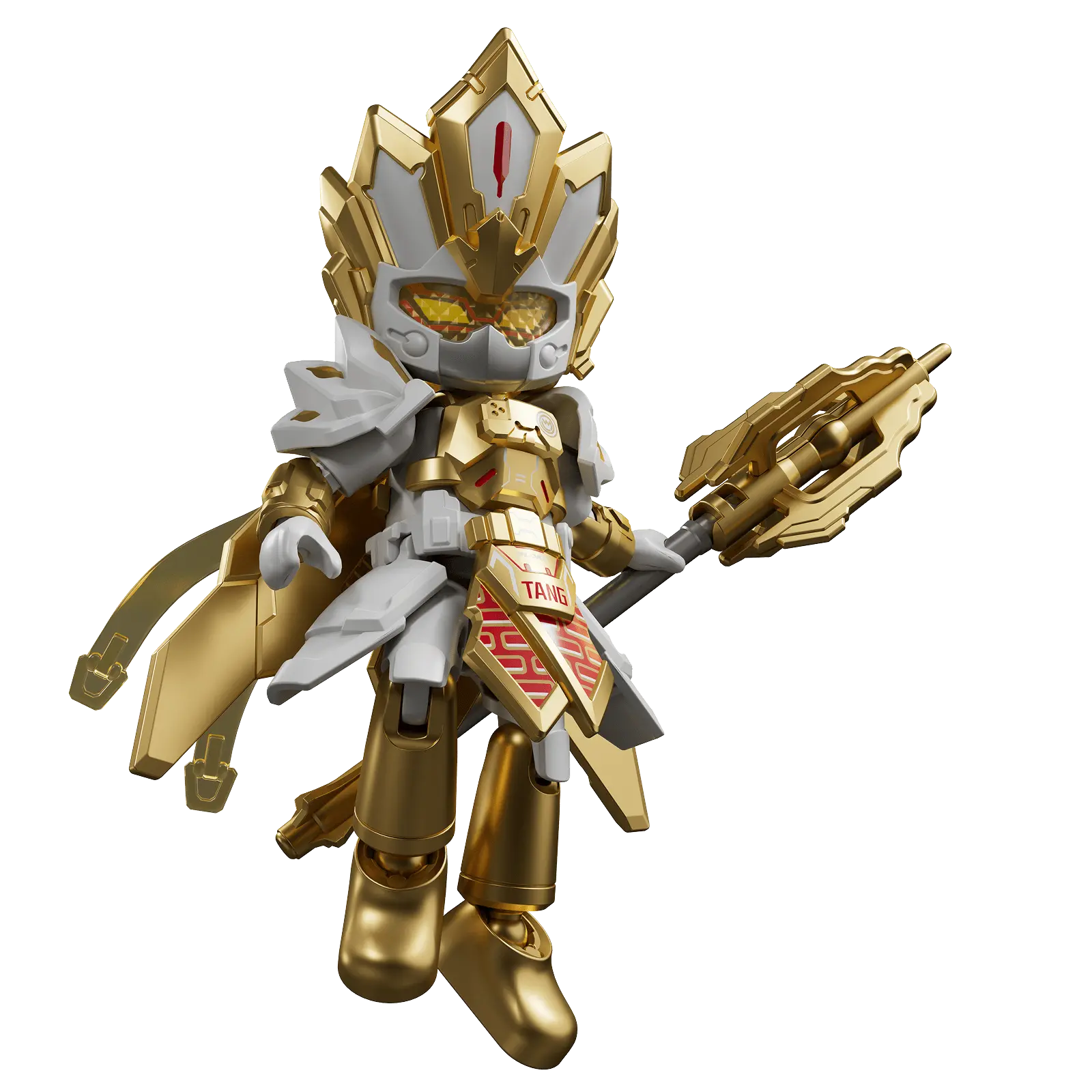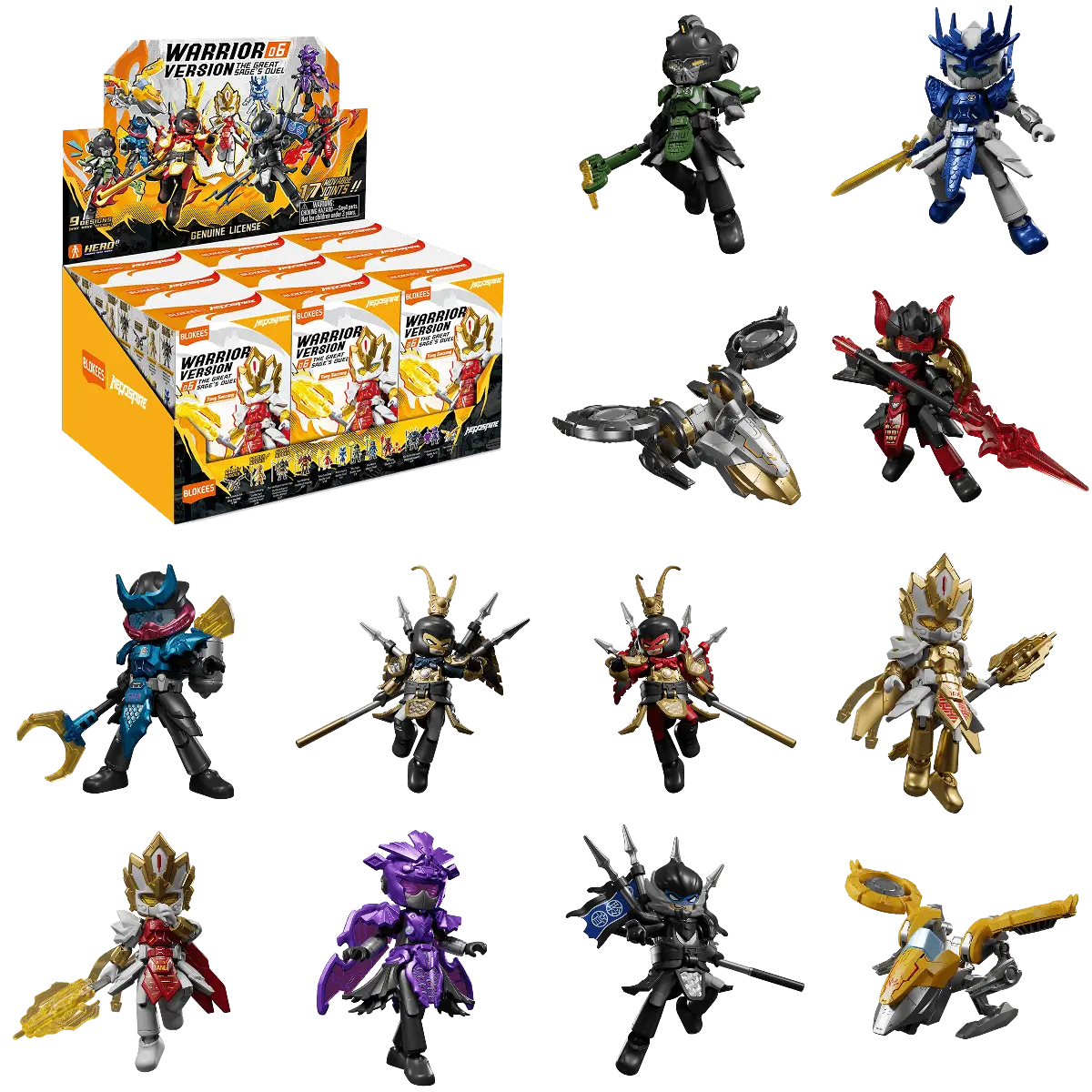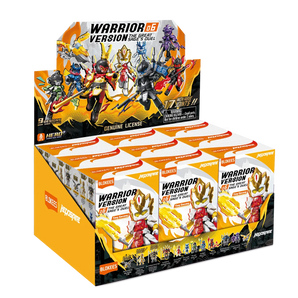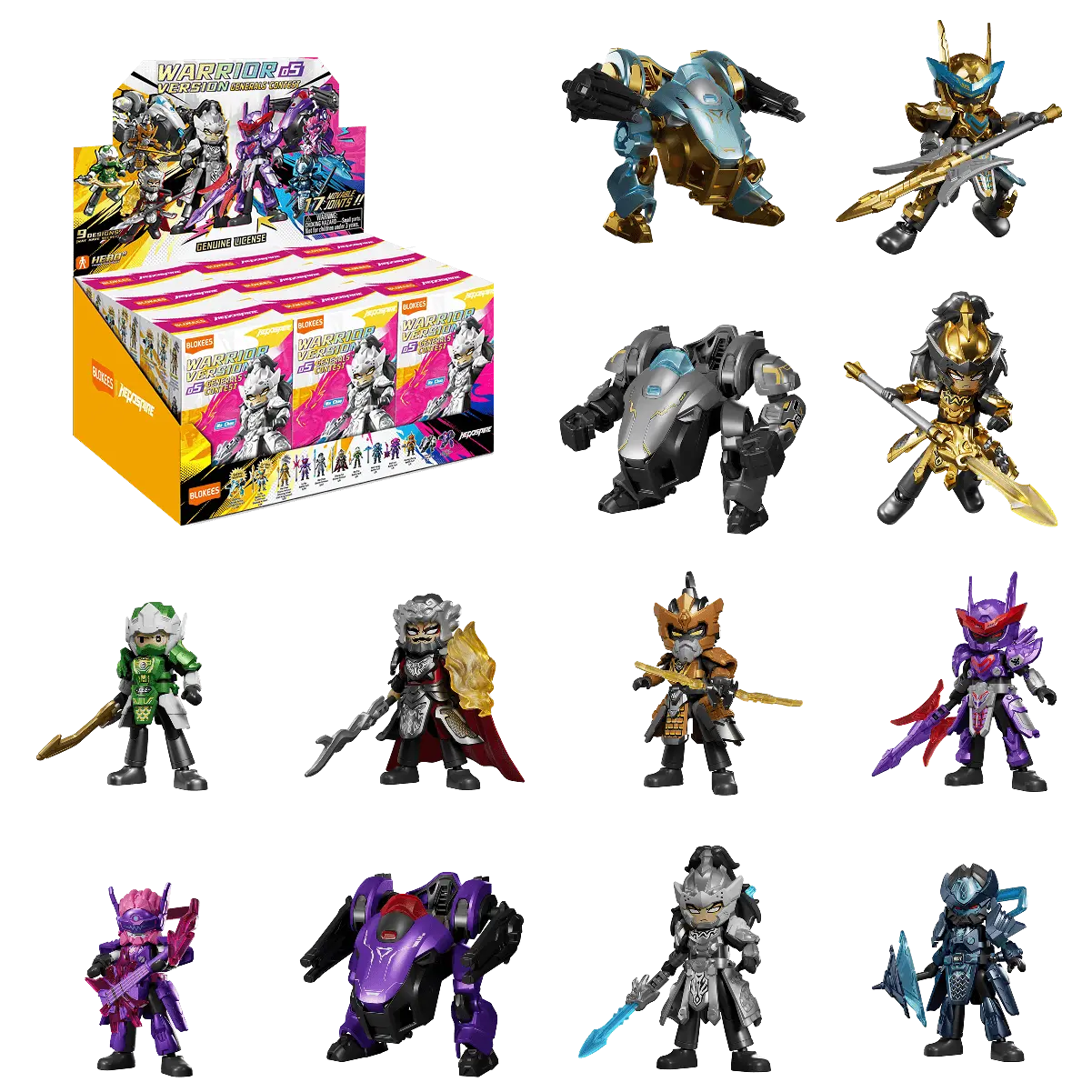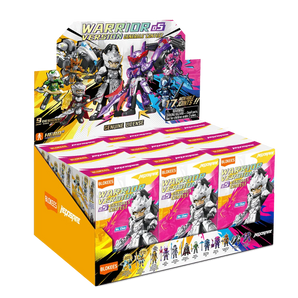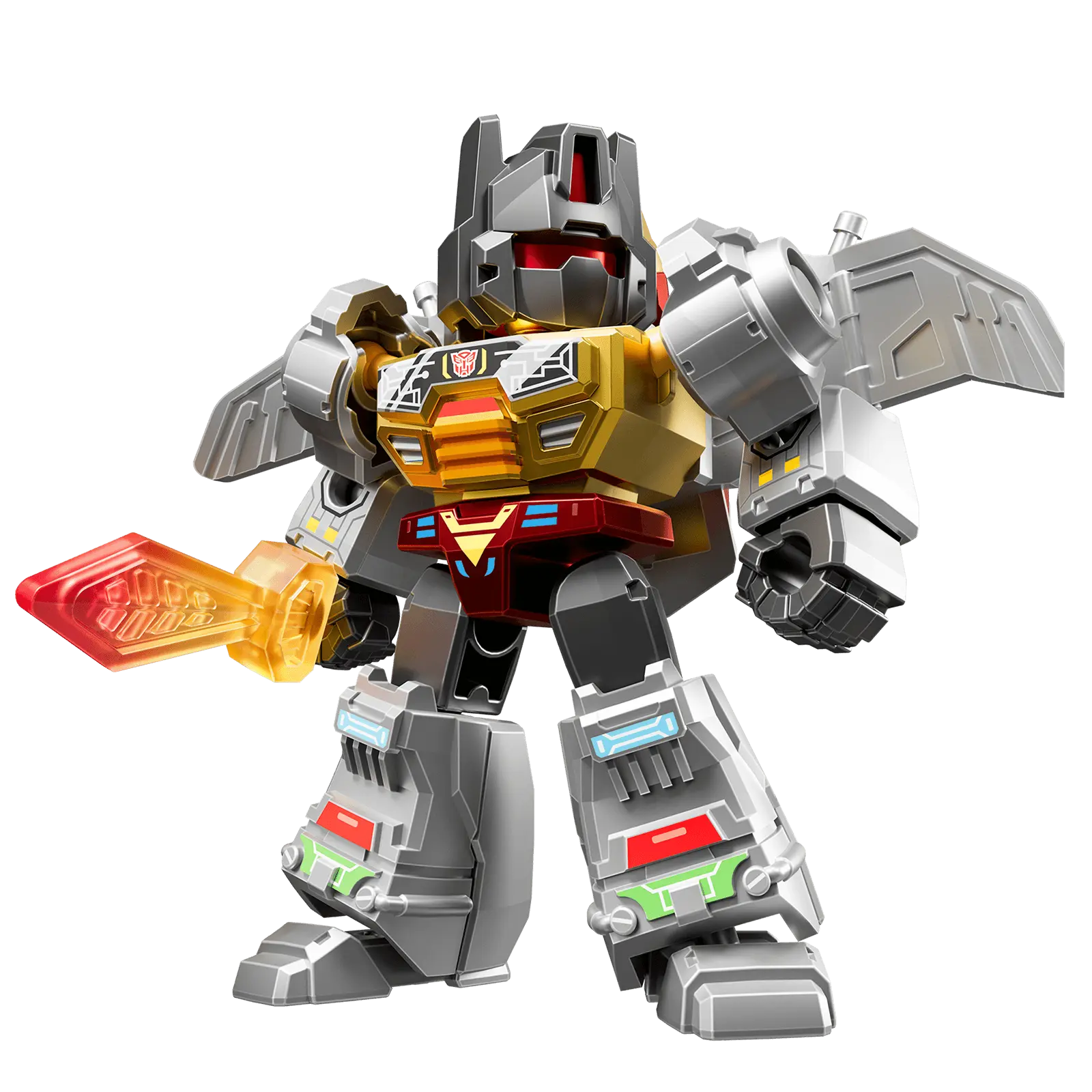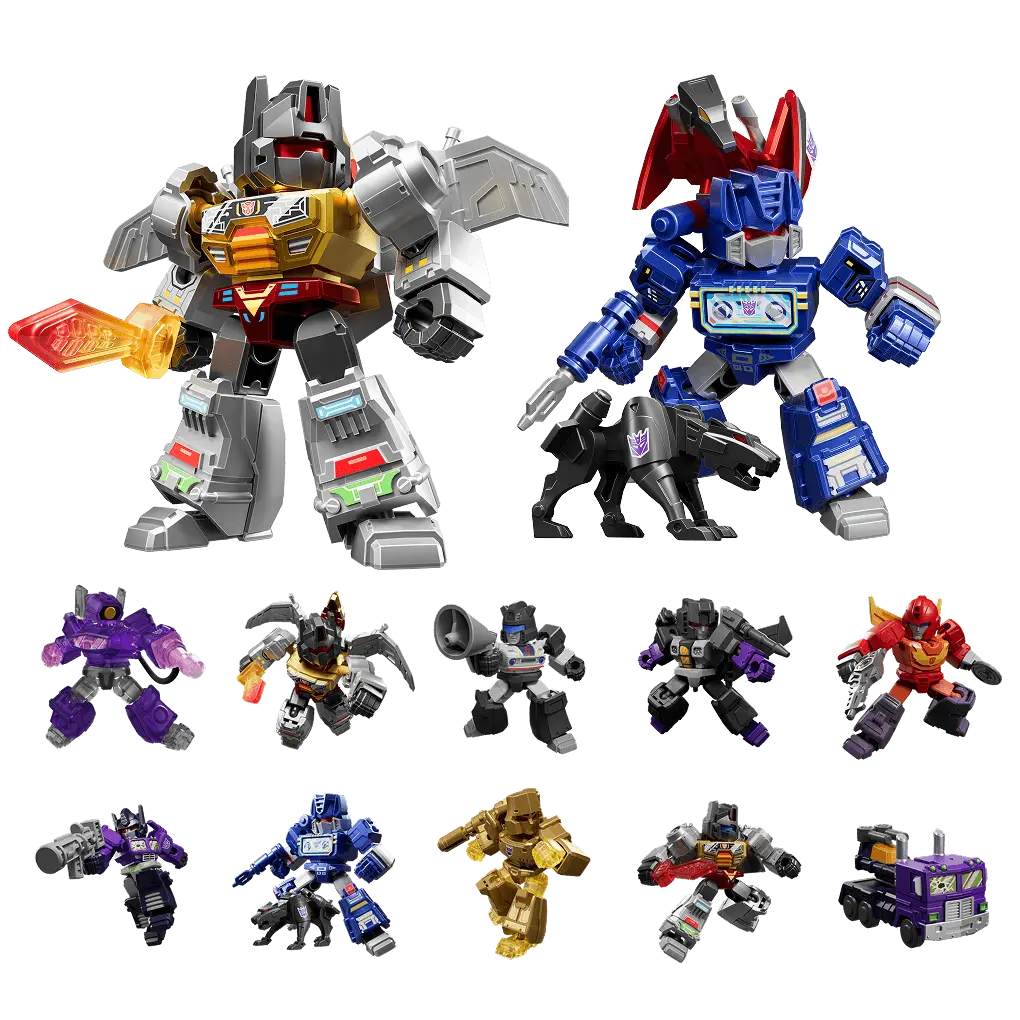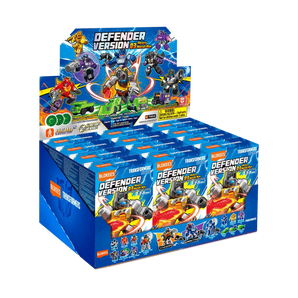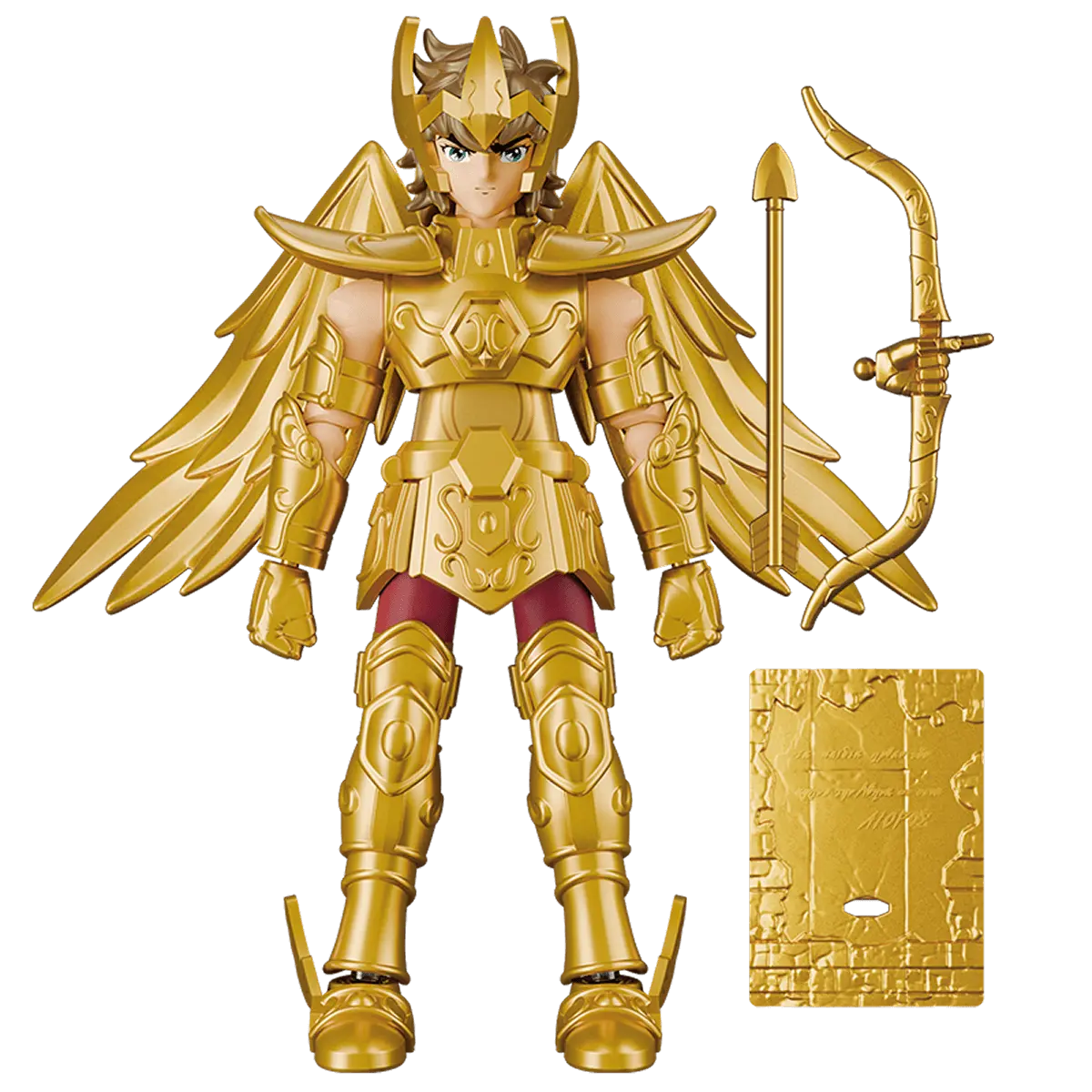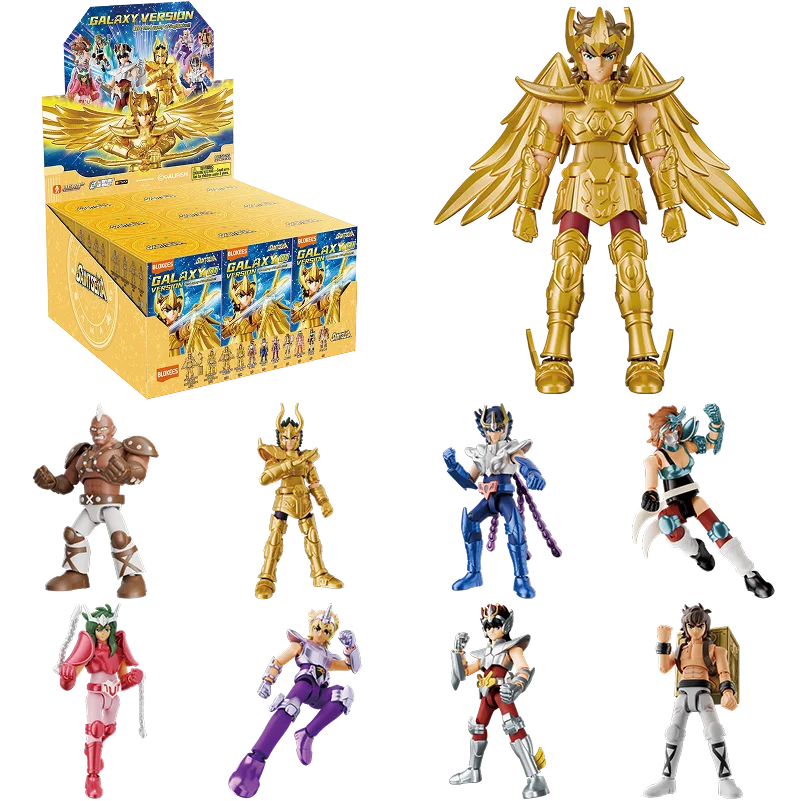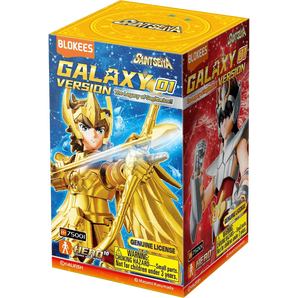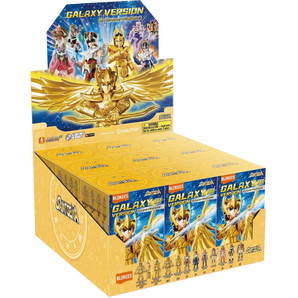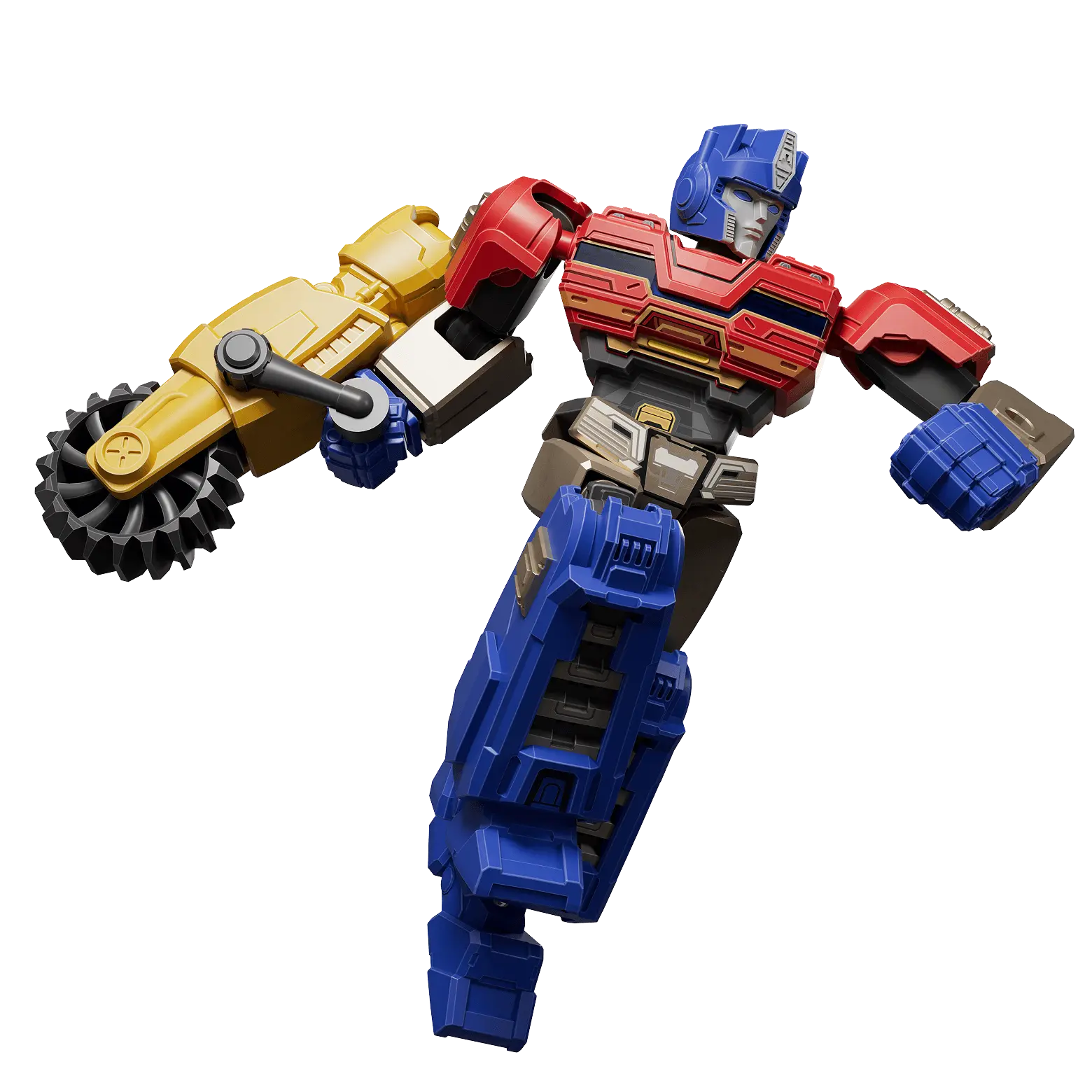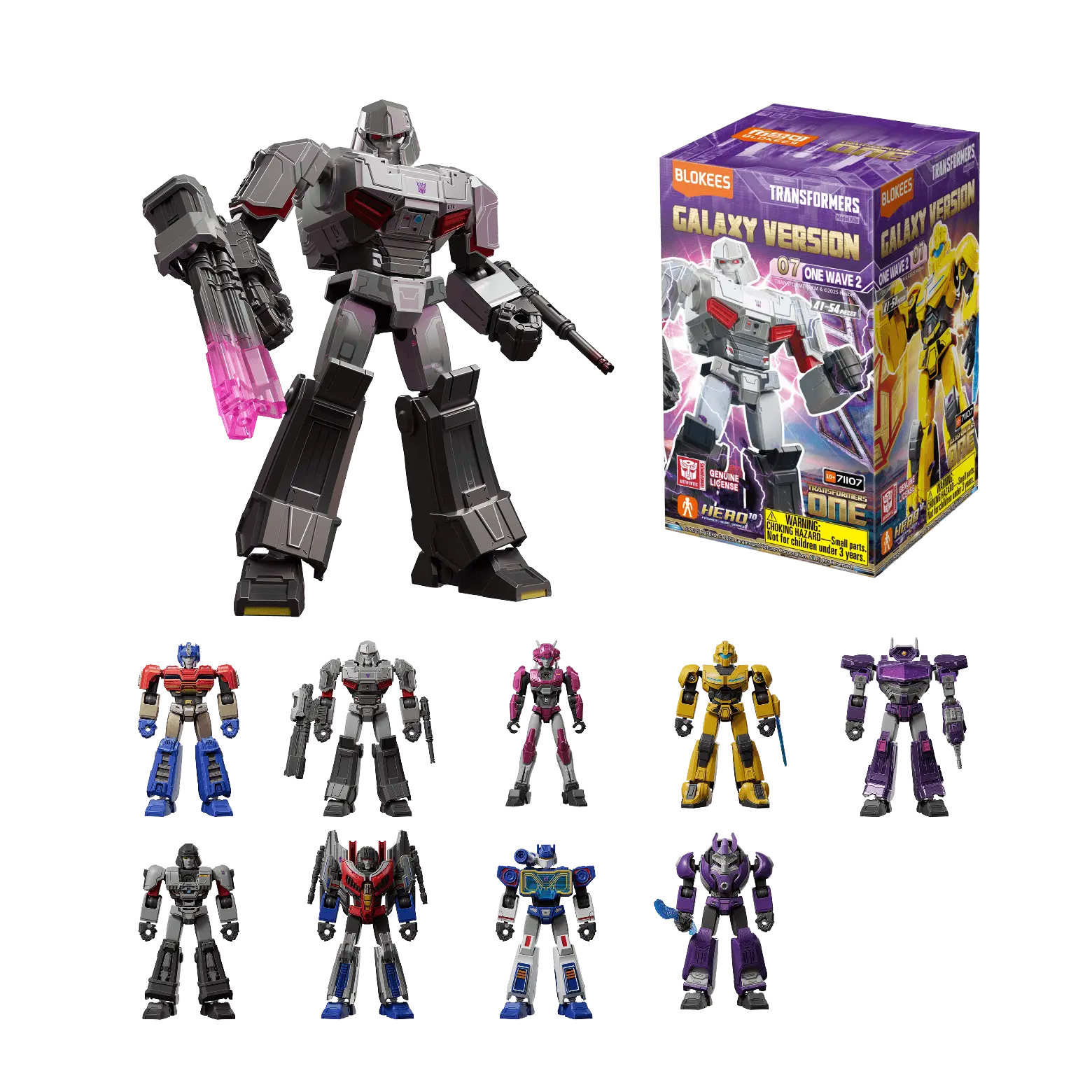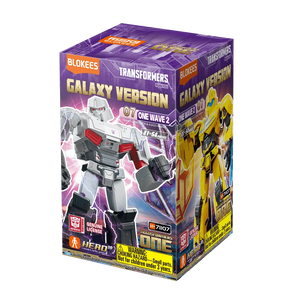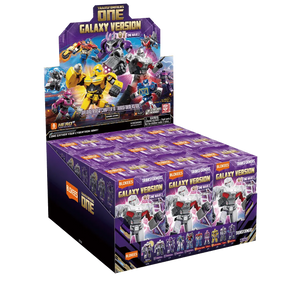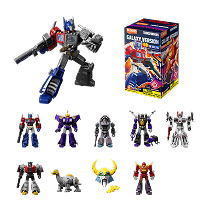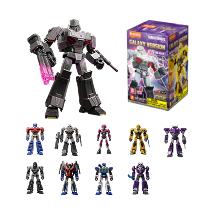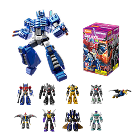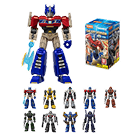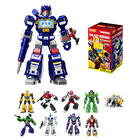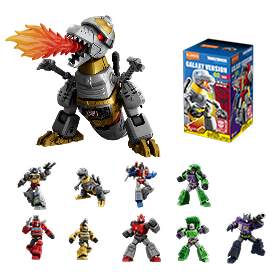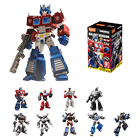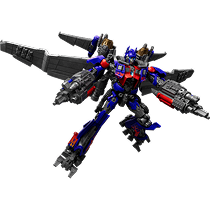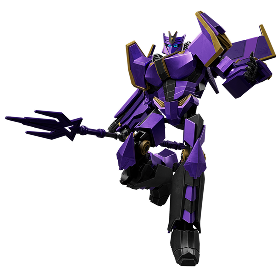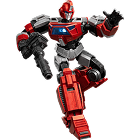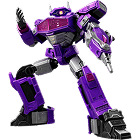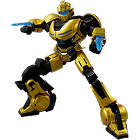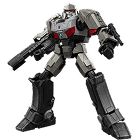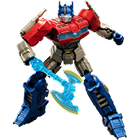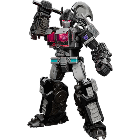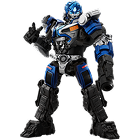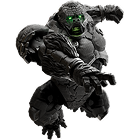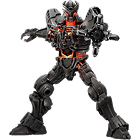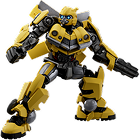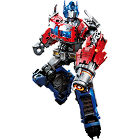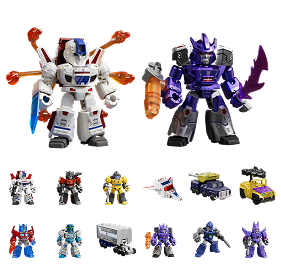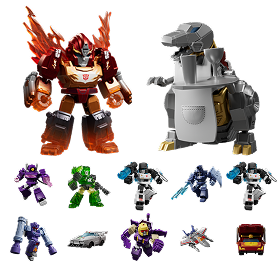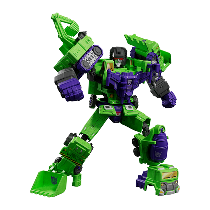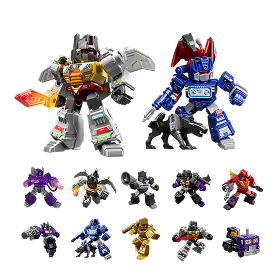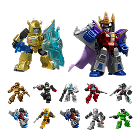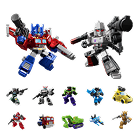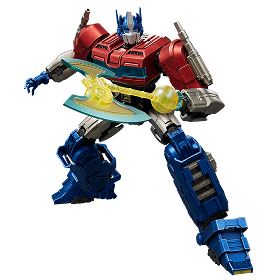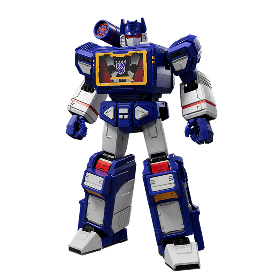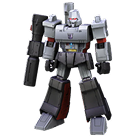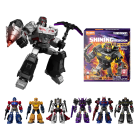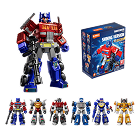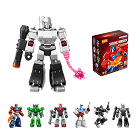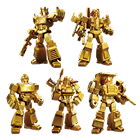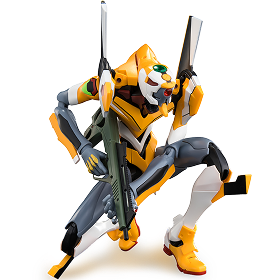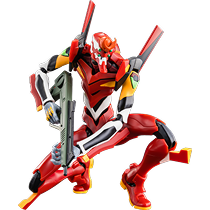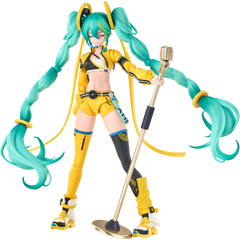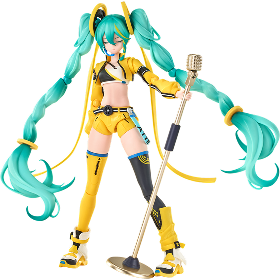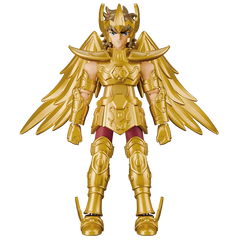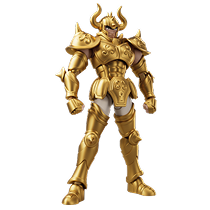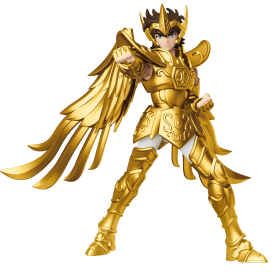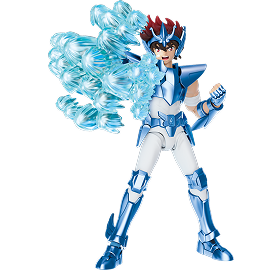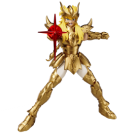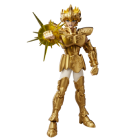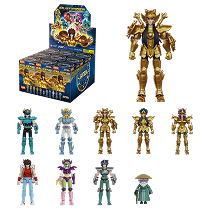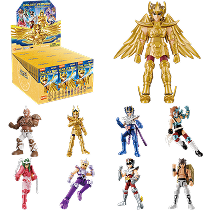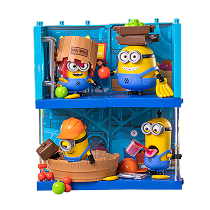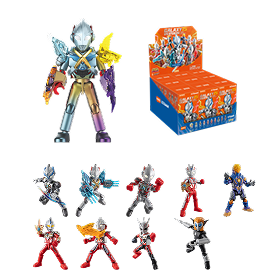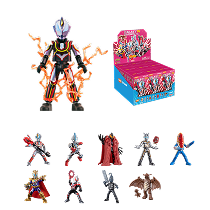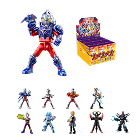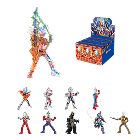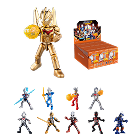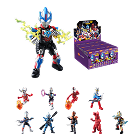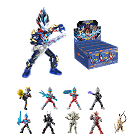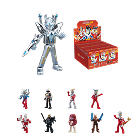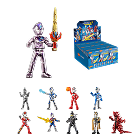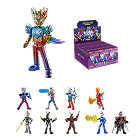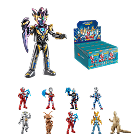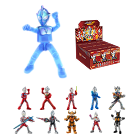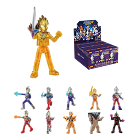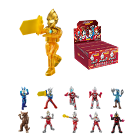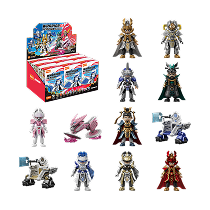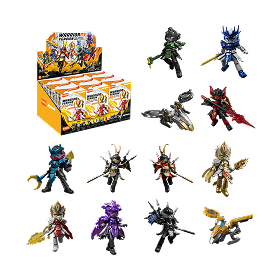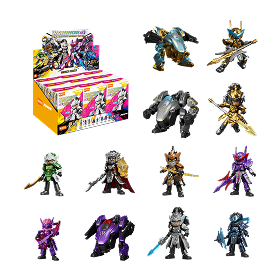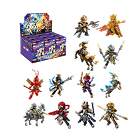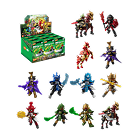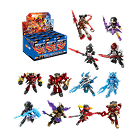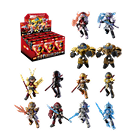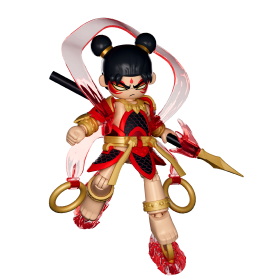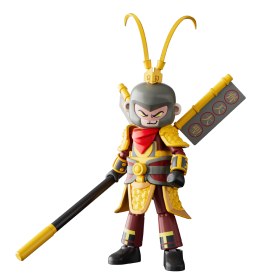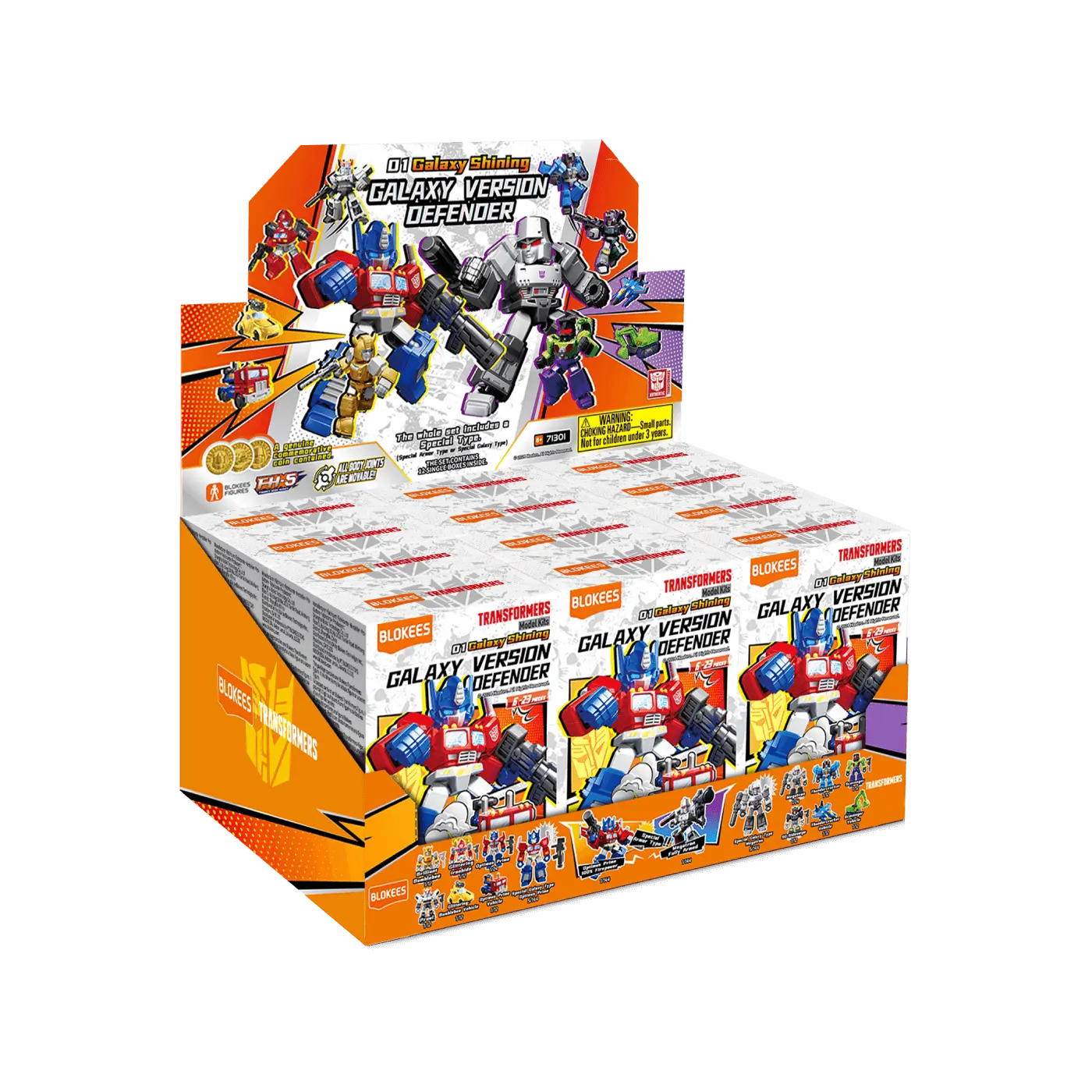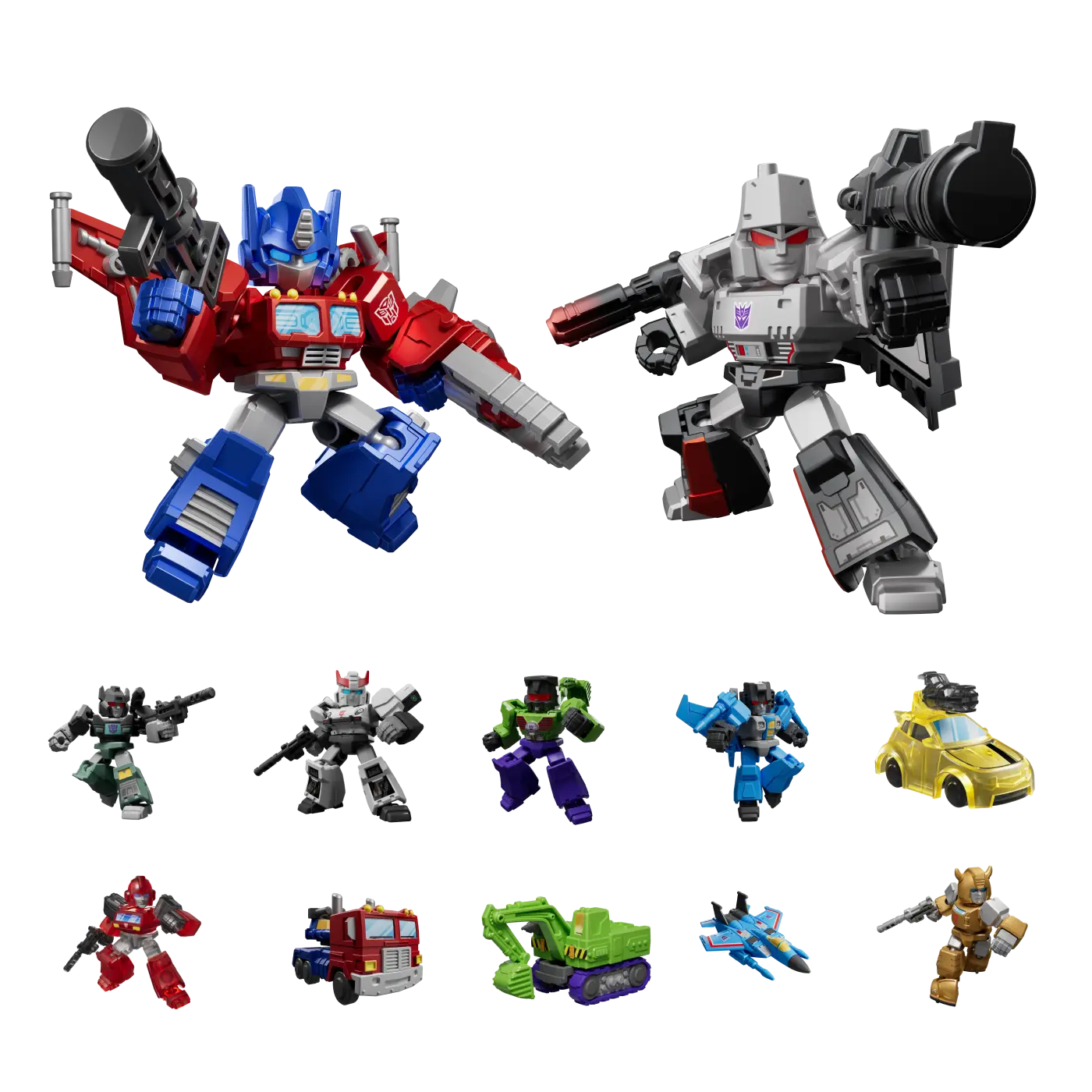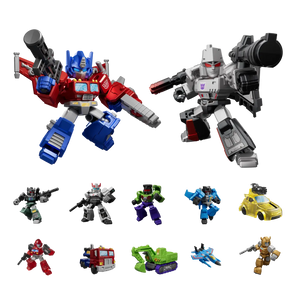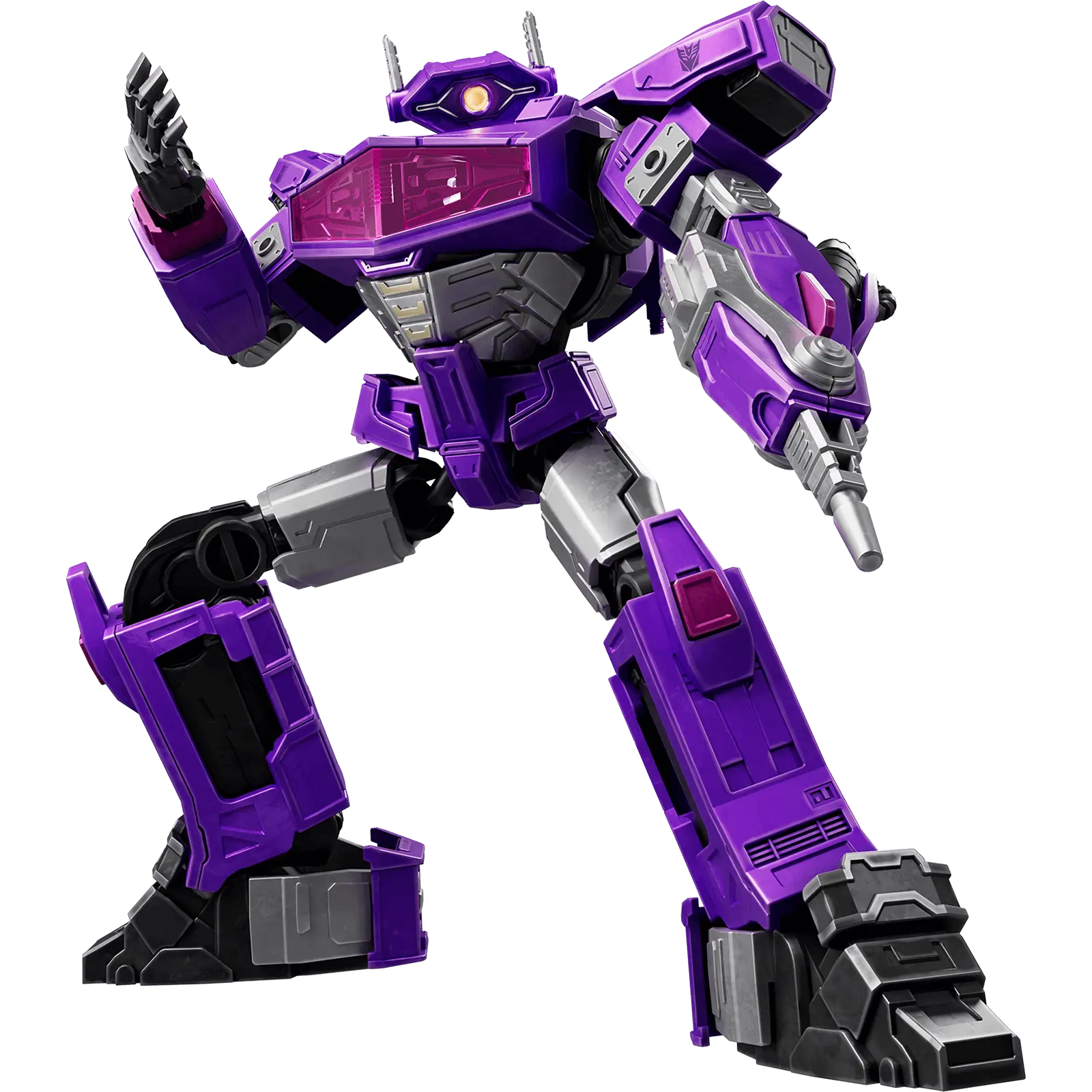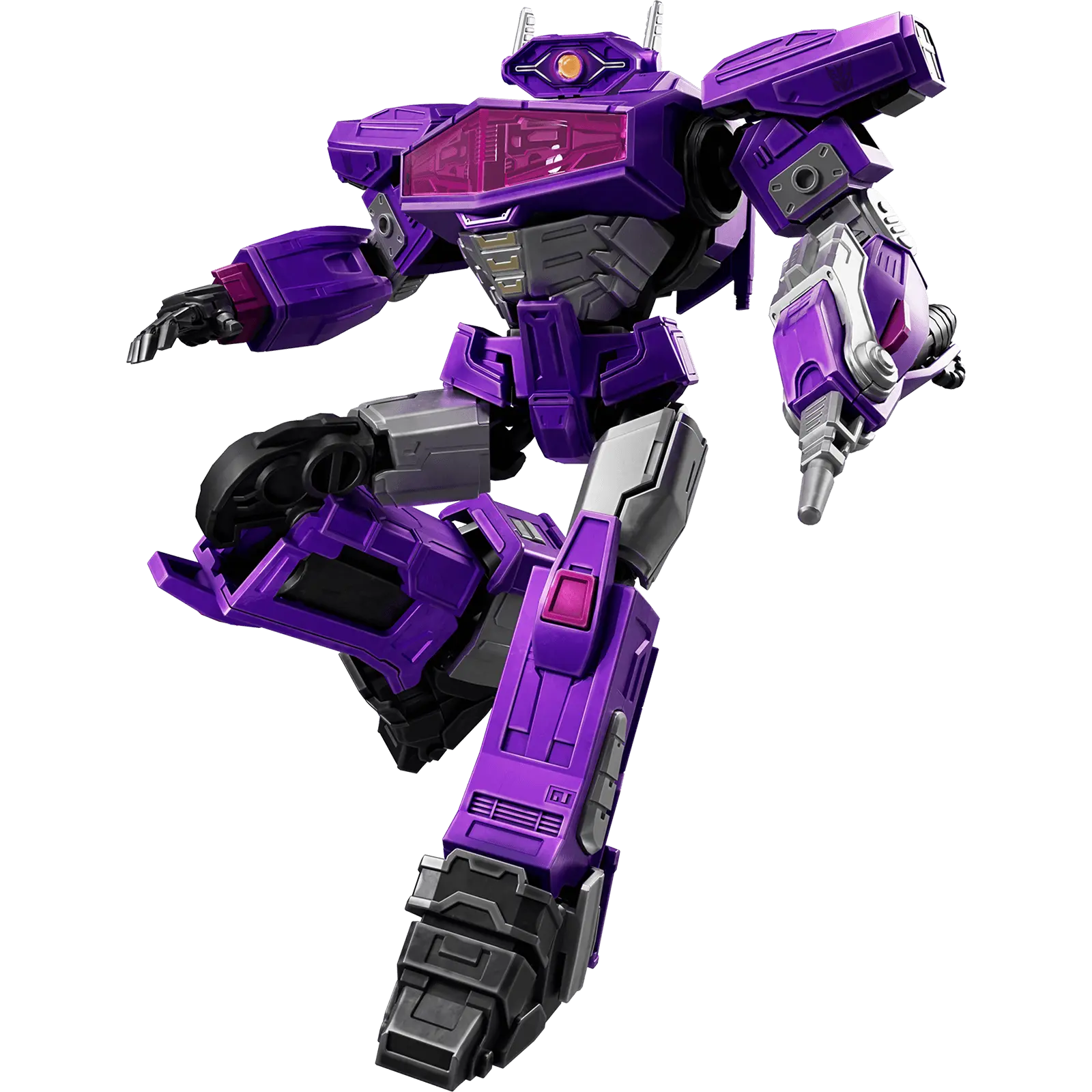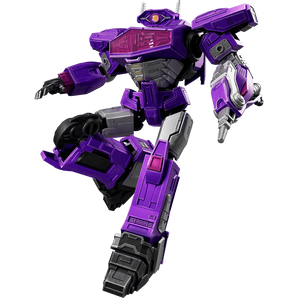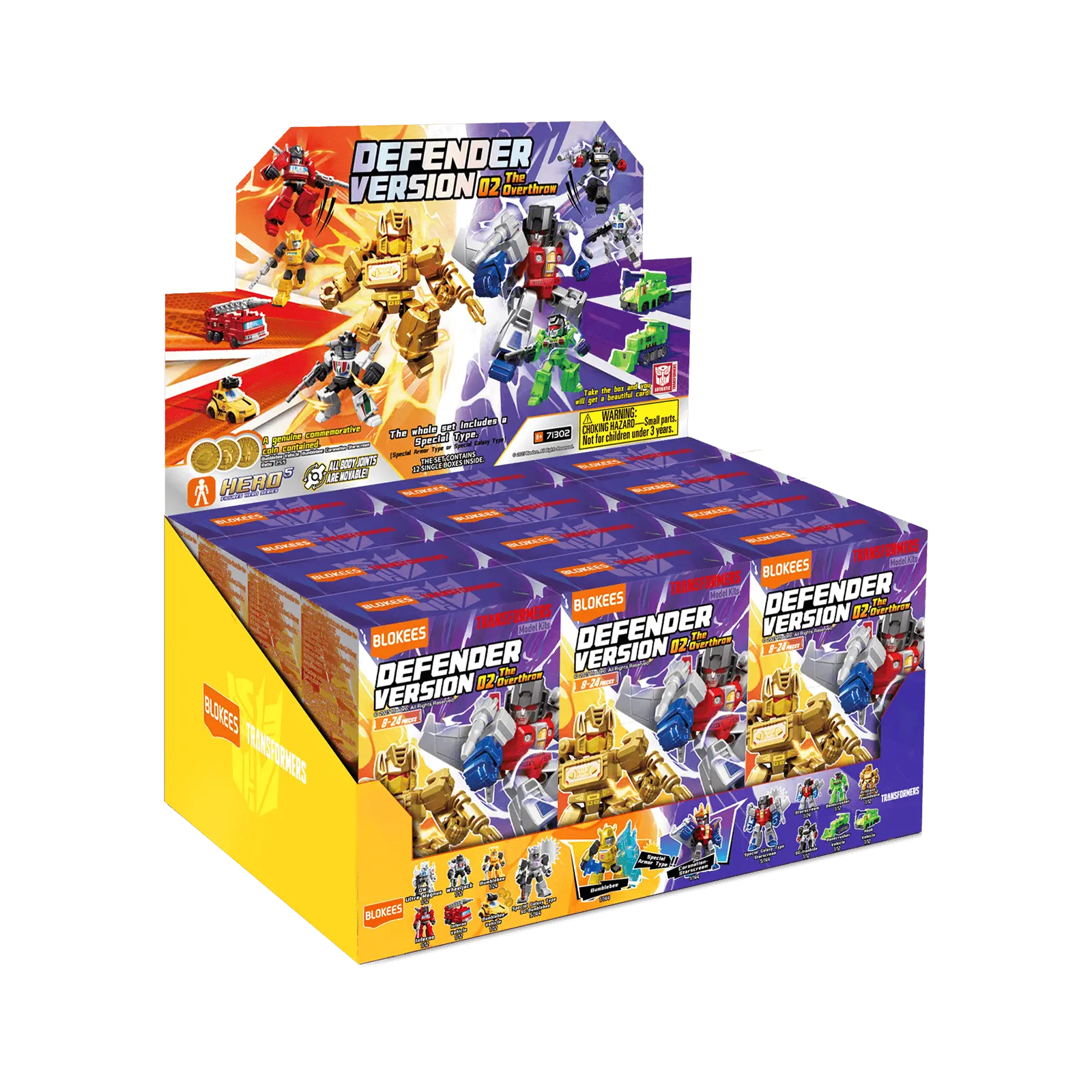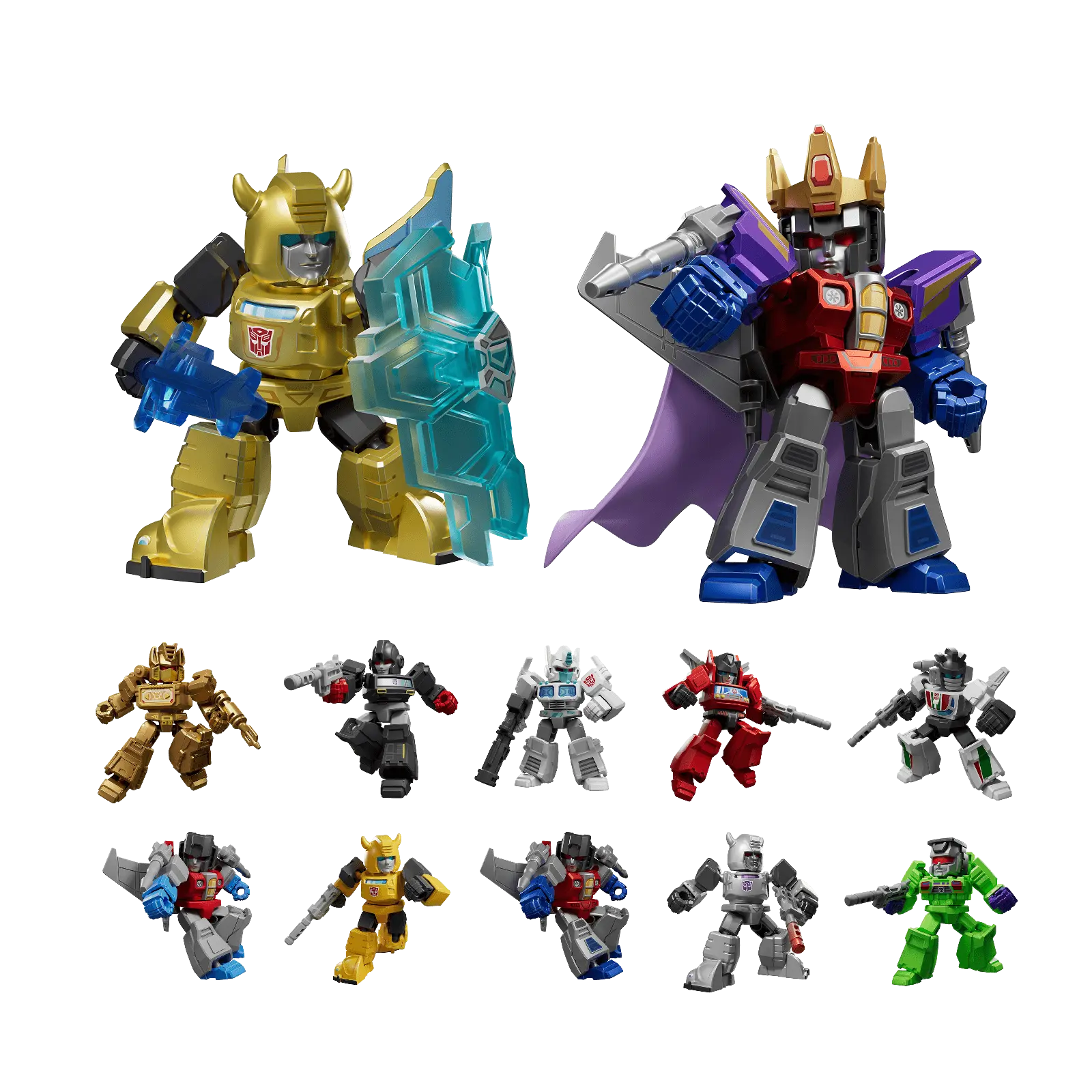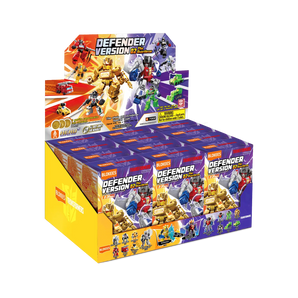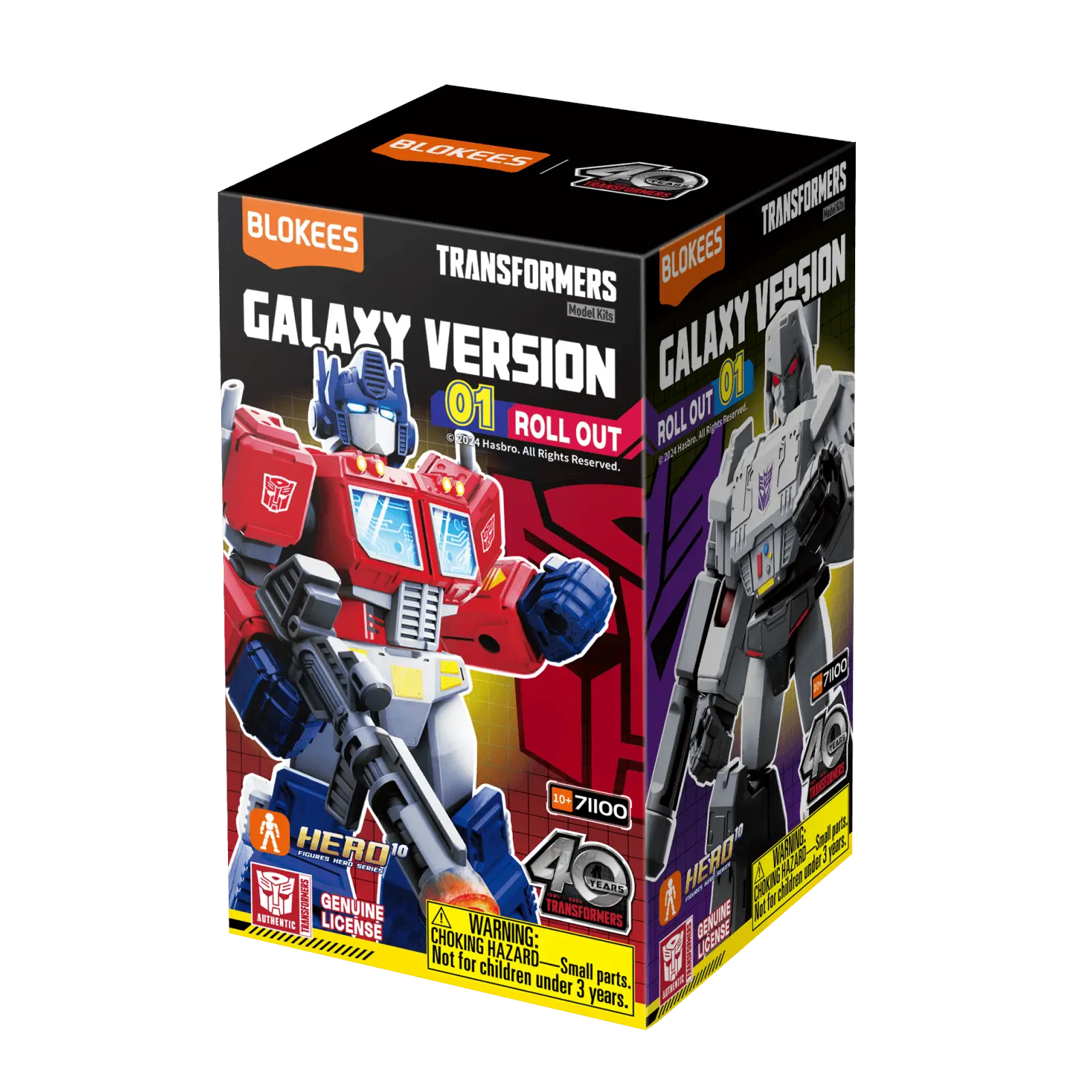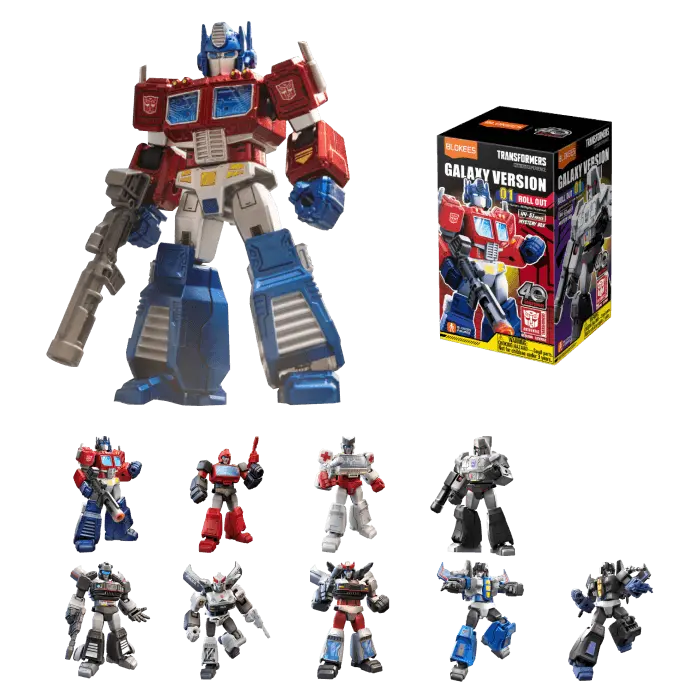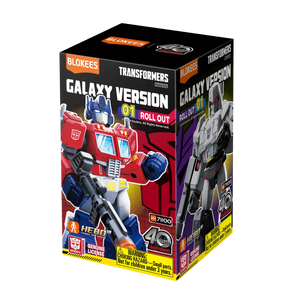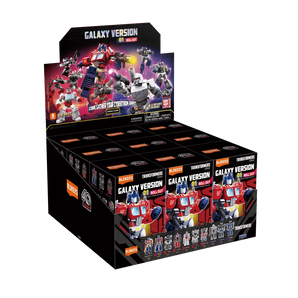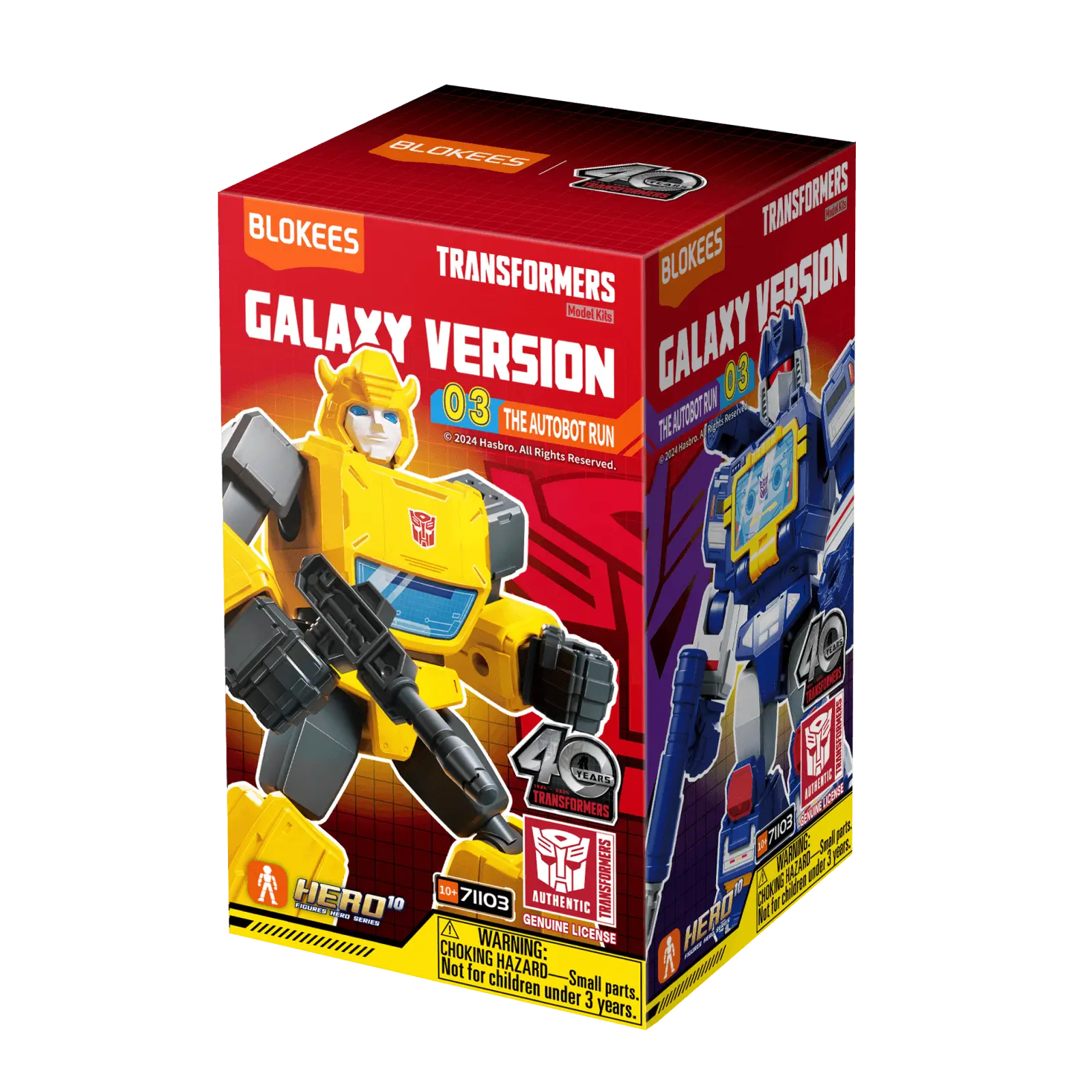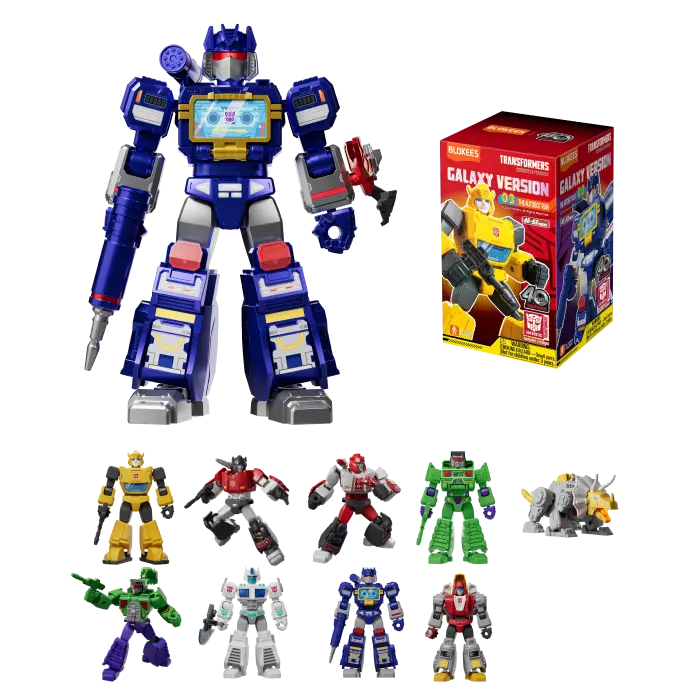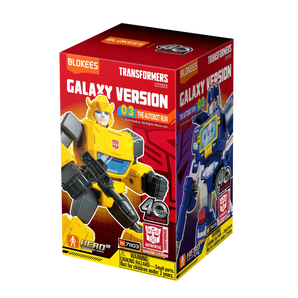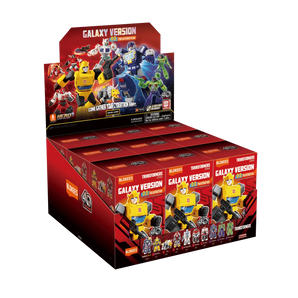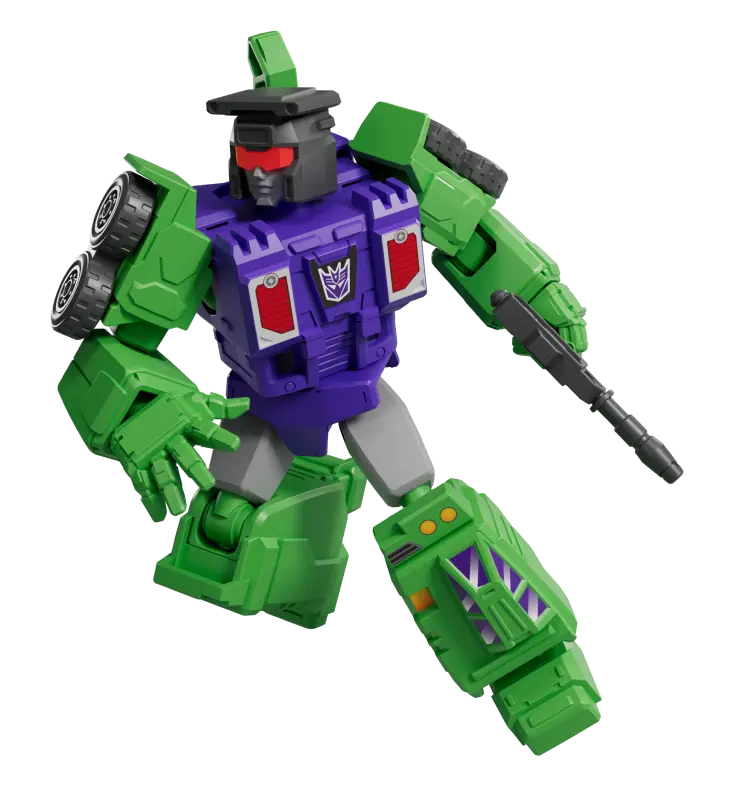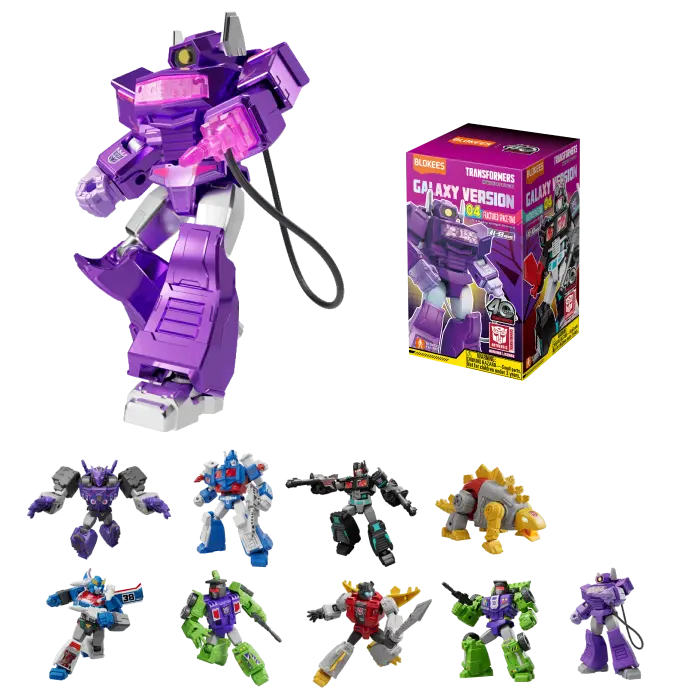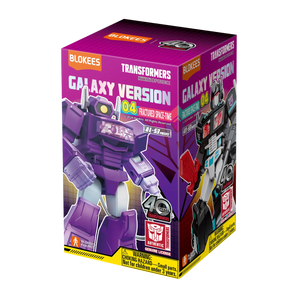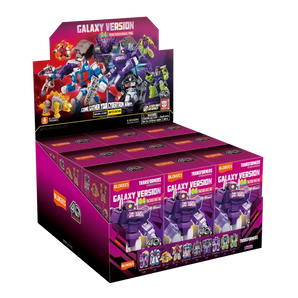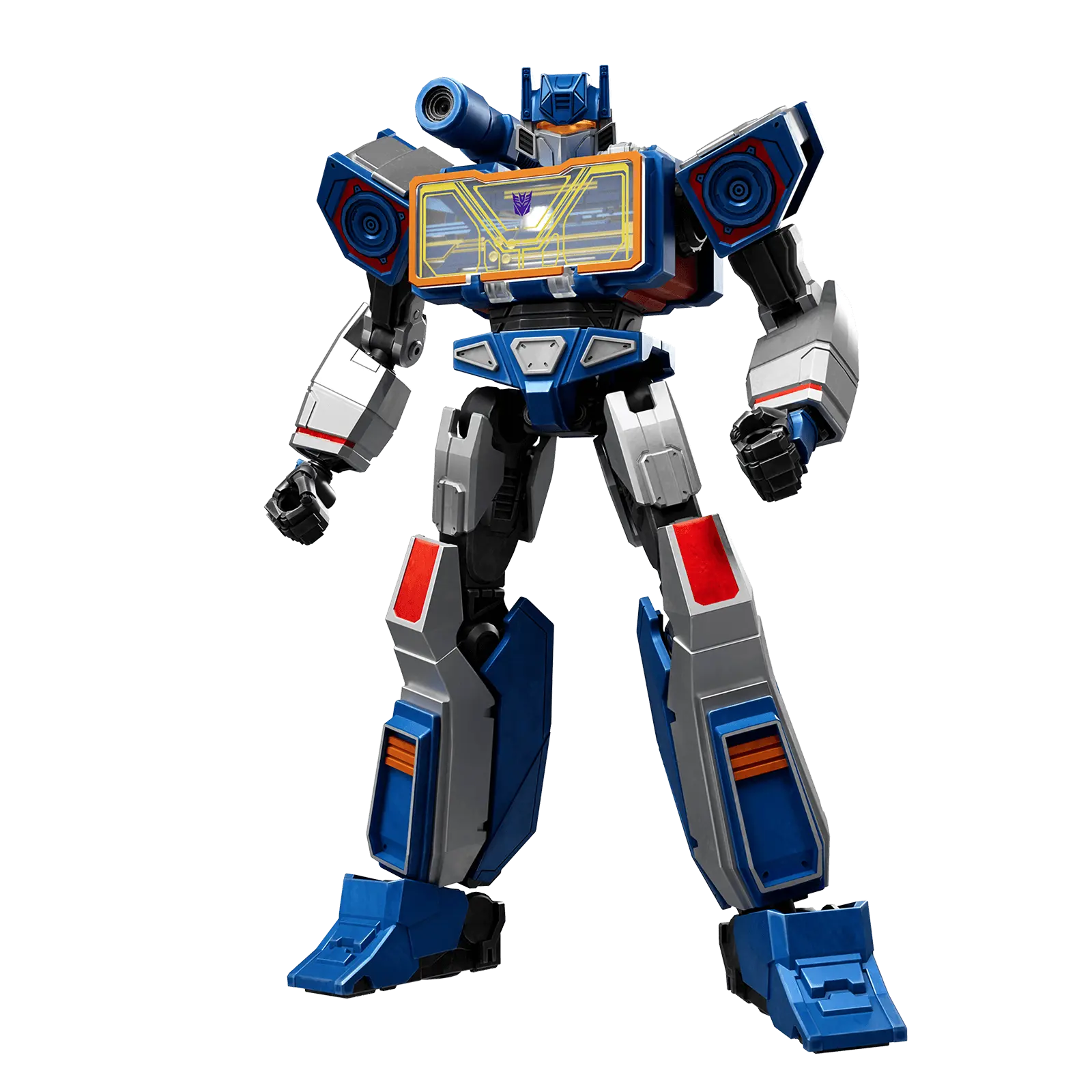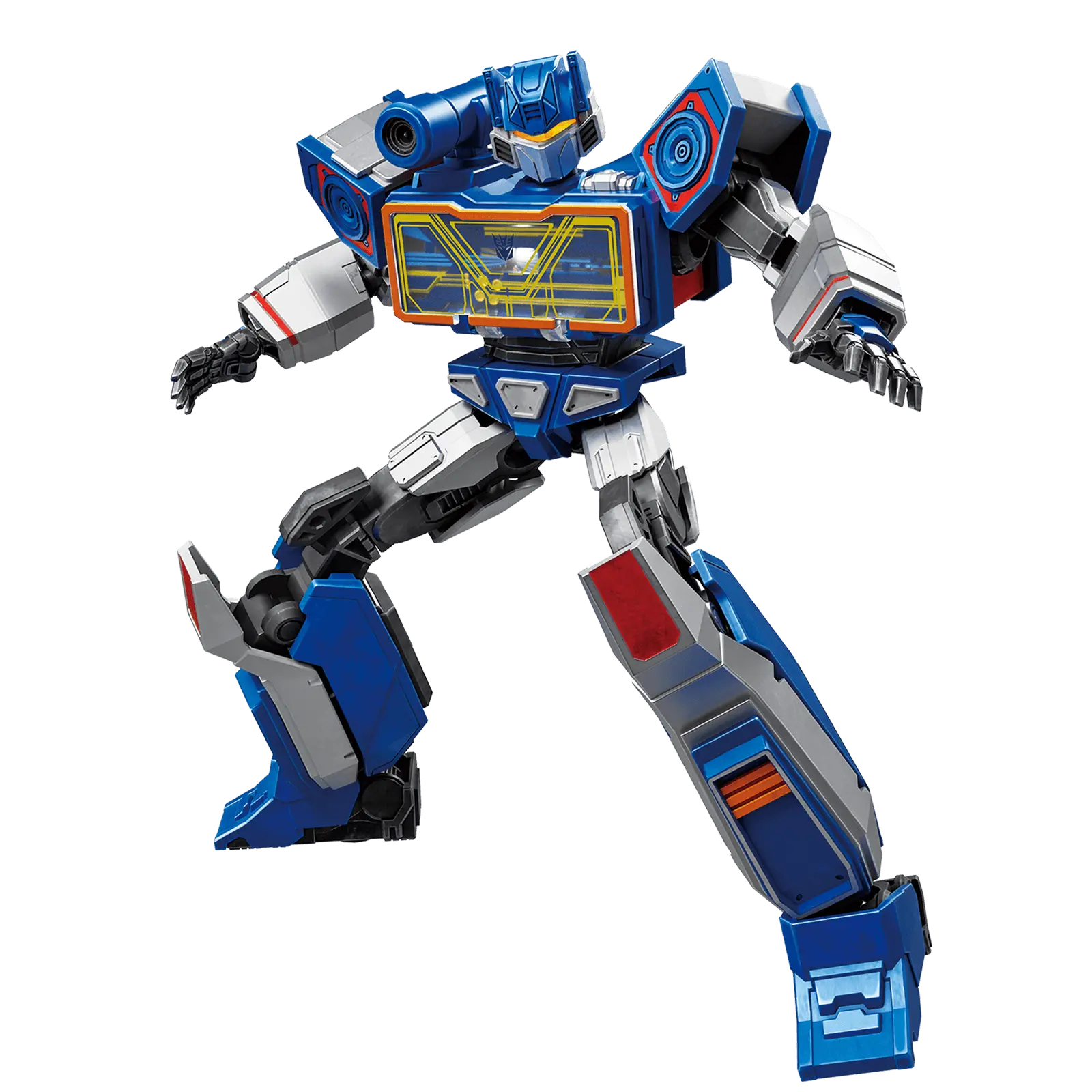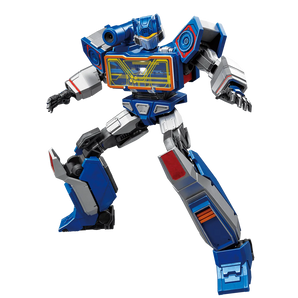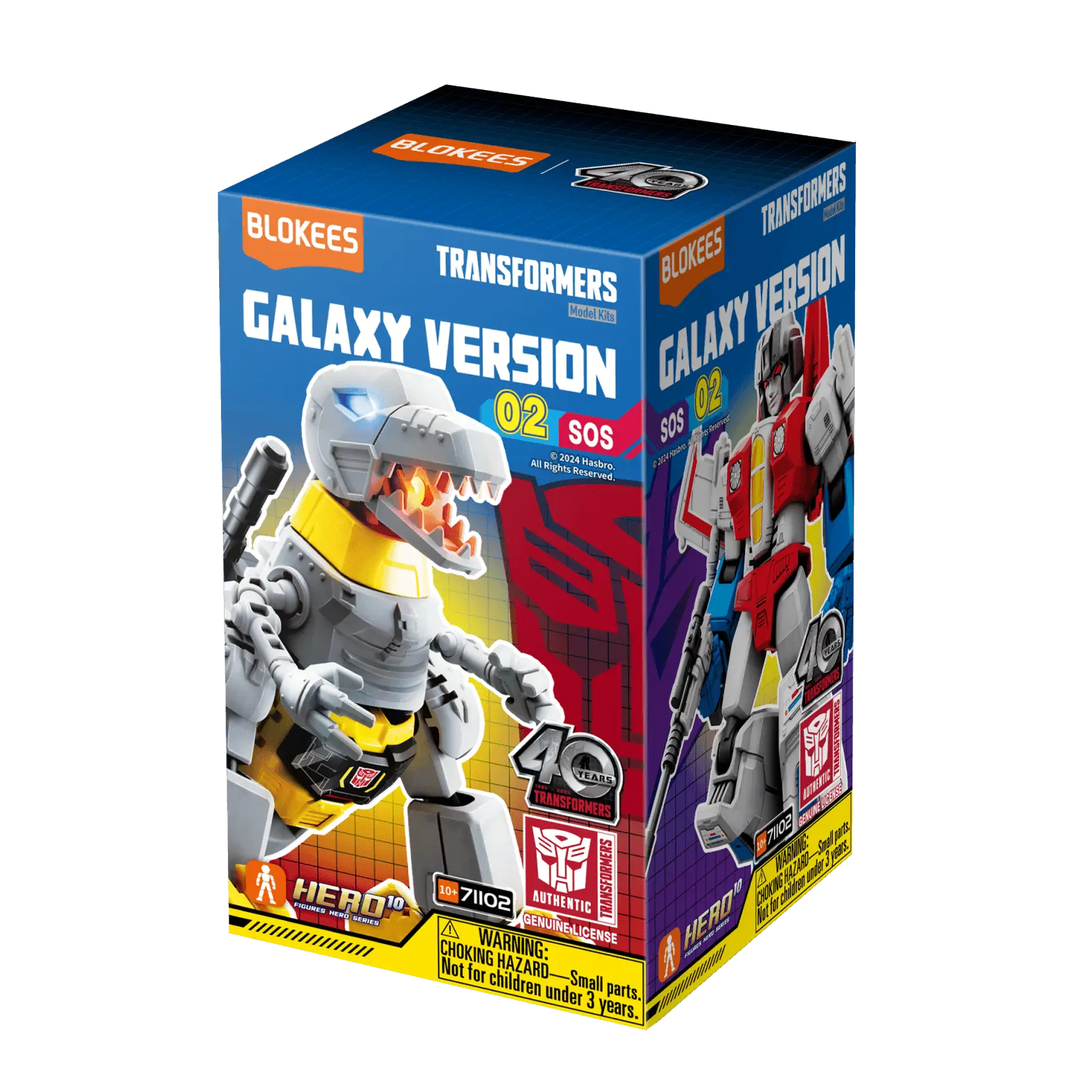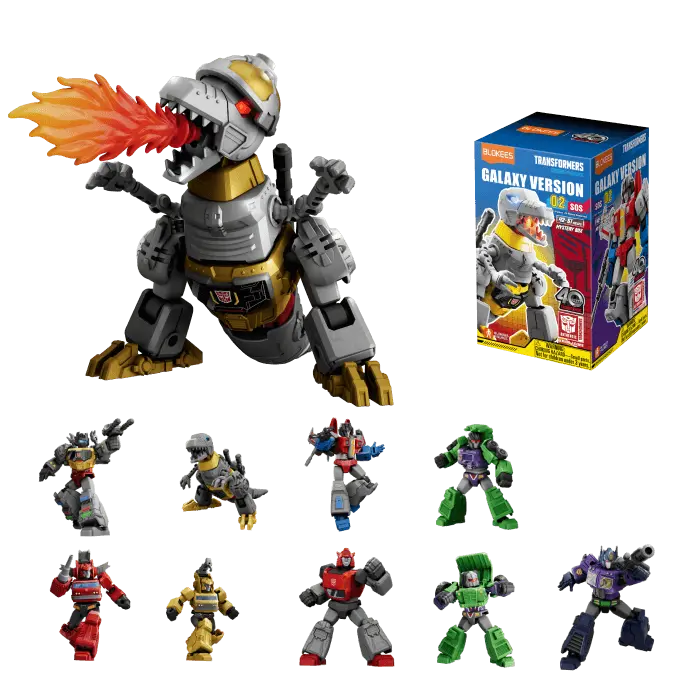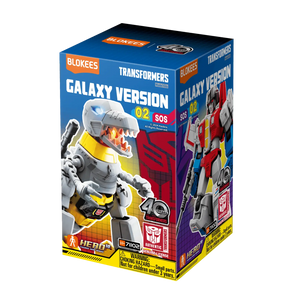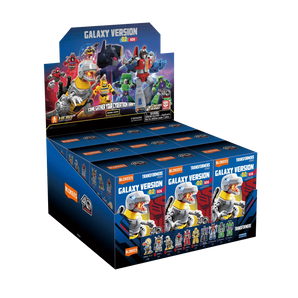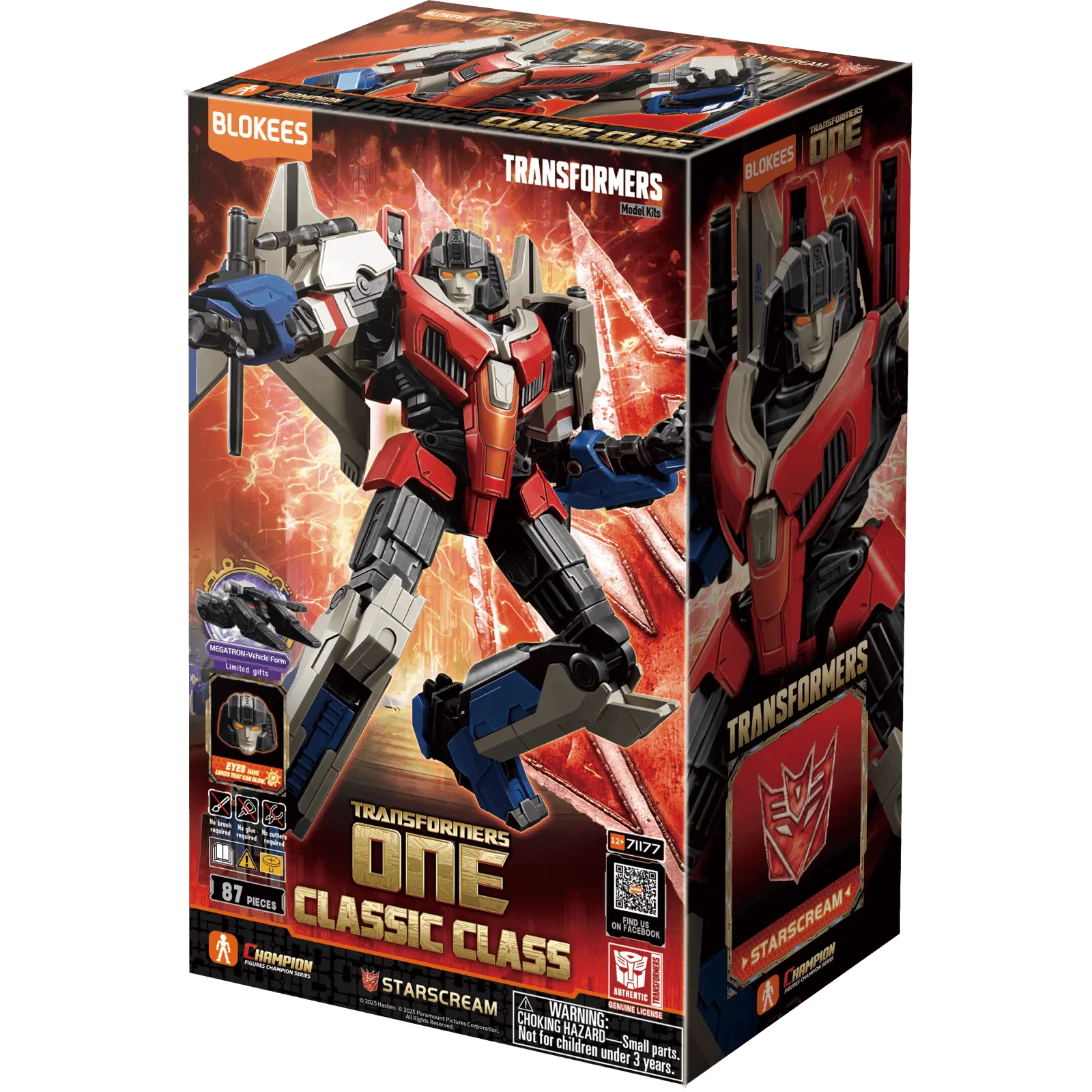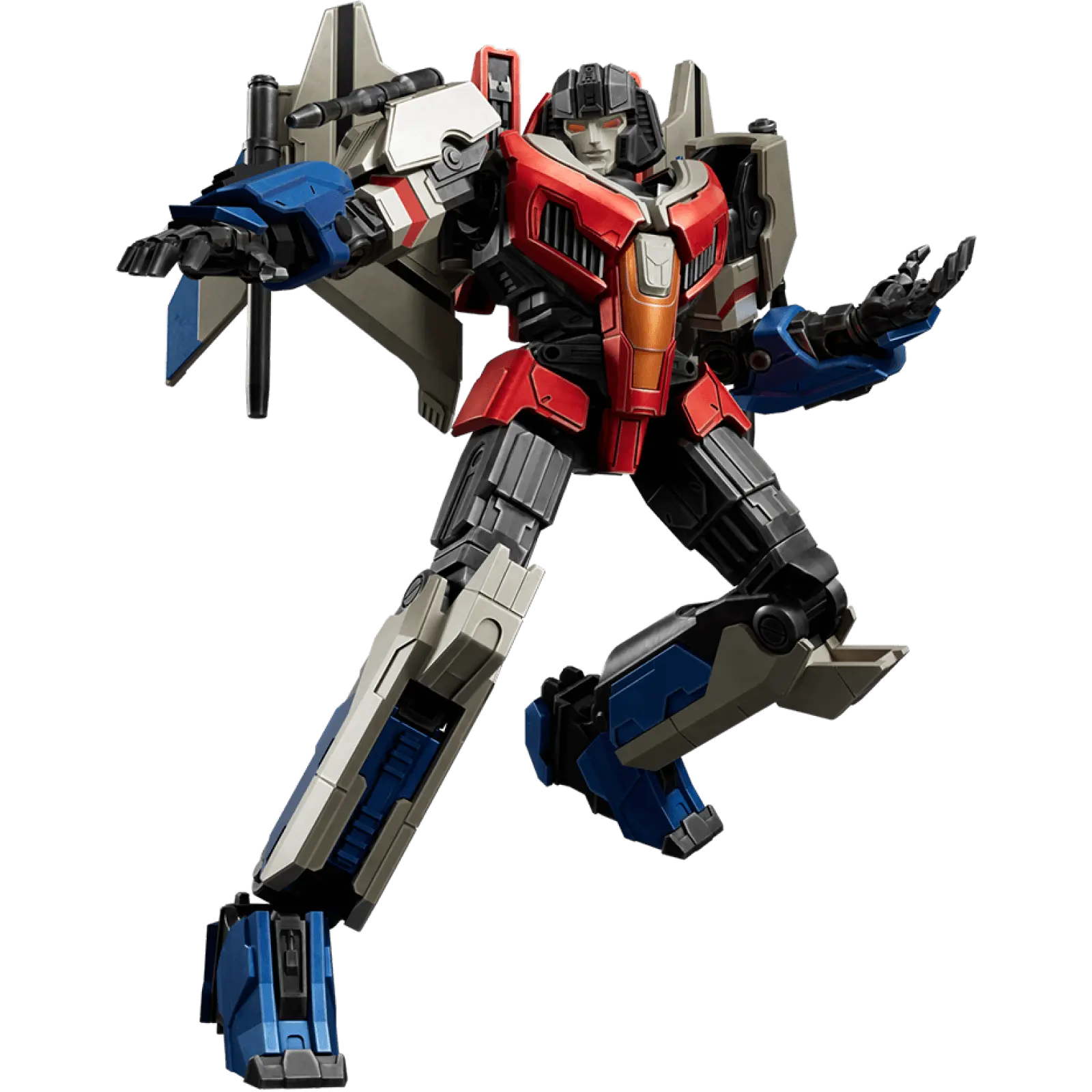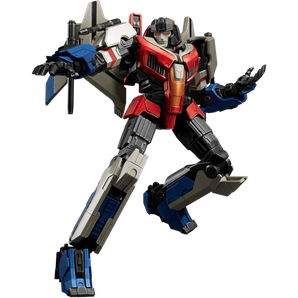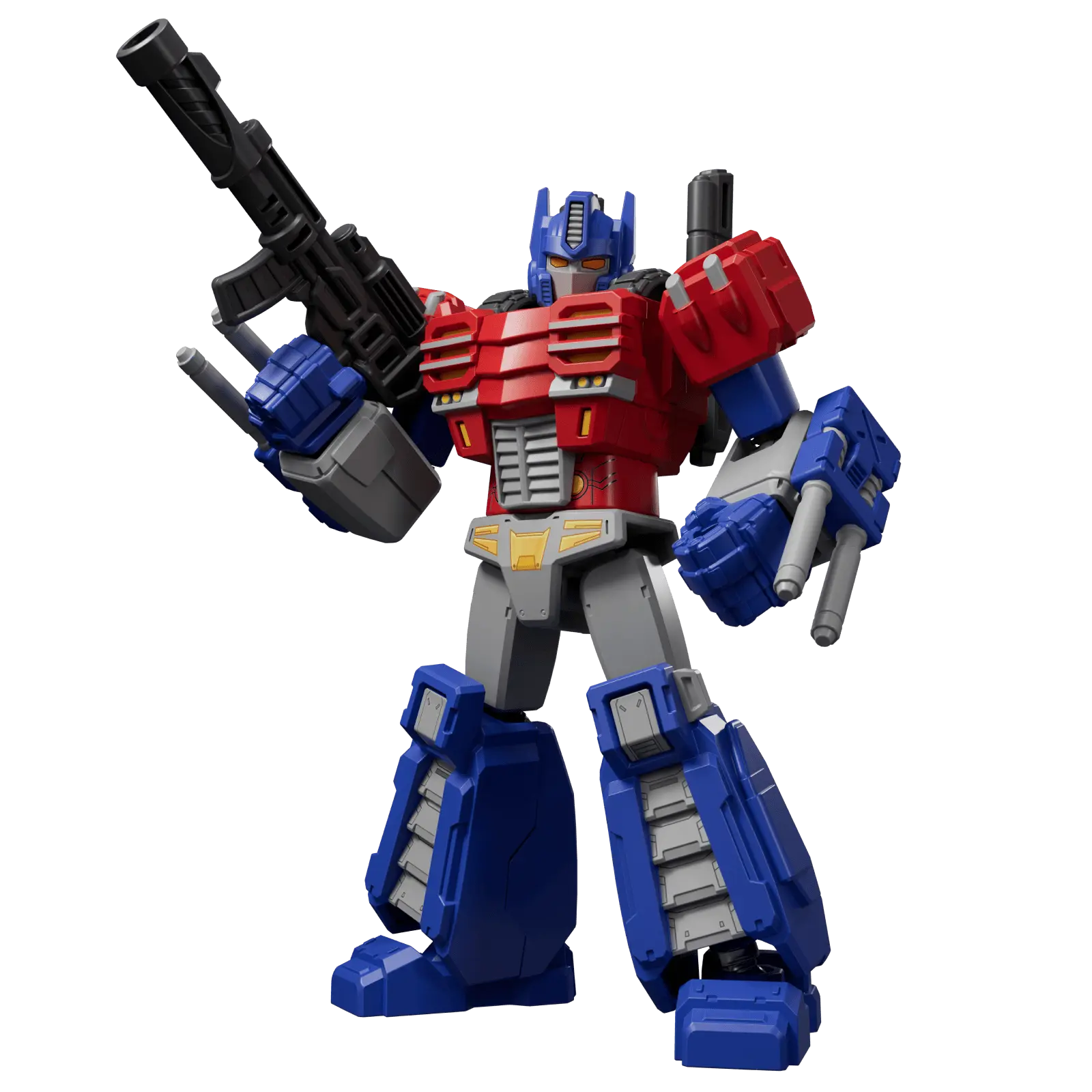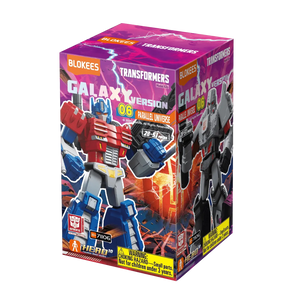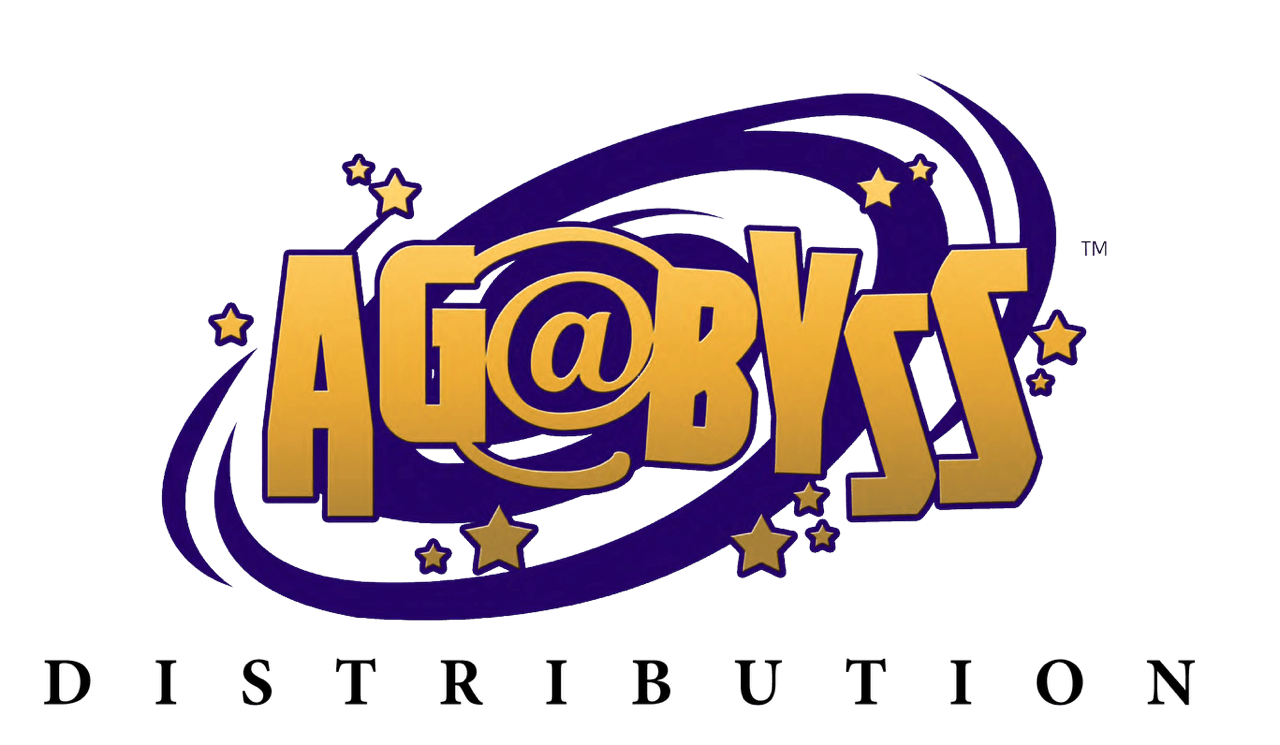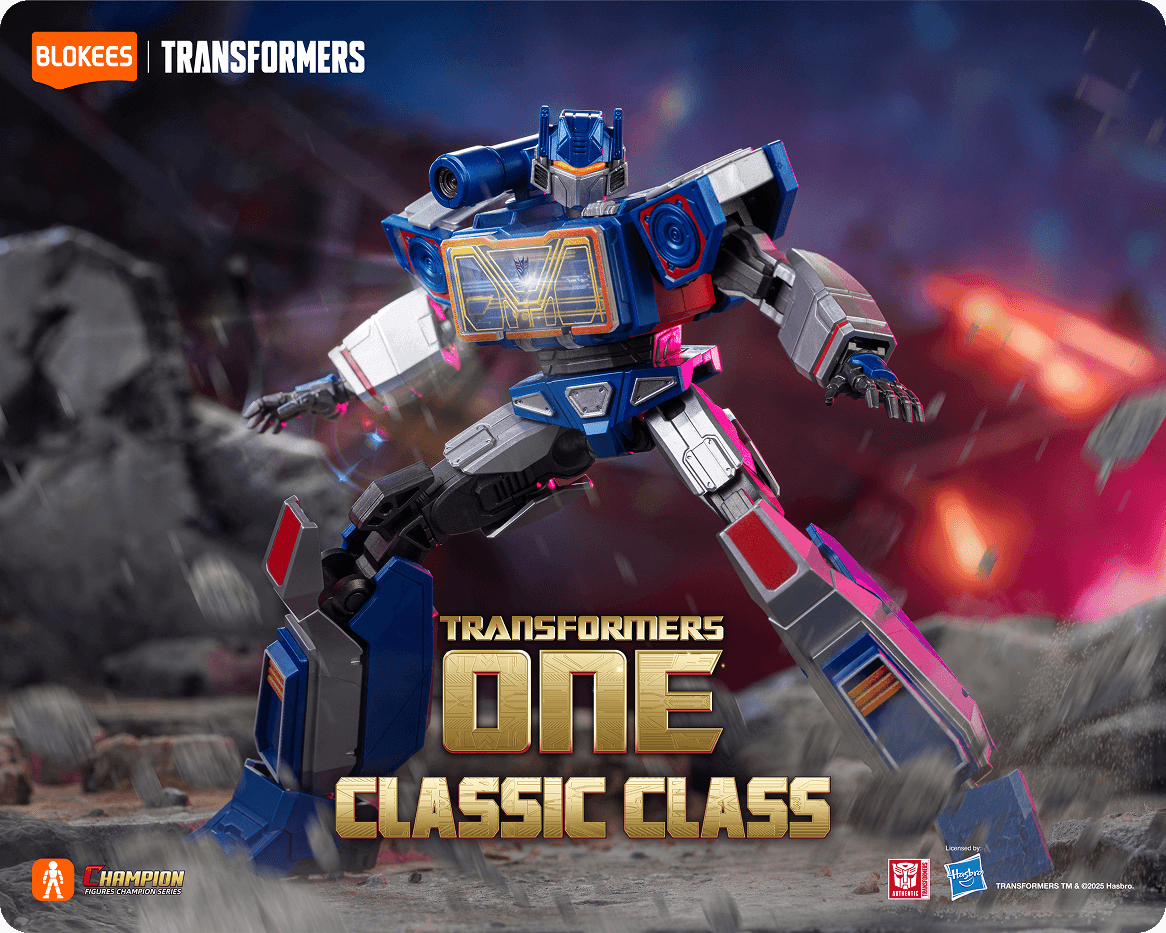For many collectors, the original G1 Optimus Prime toy (1984) is the heartbeat of the brand: cab-over truck, opening Combat Deck trailer, the scout buggy Roller, stickered rails and chrome, and that unmistakable “matrix chest” silhouette. In a collection, G1 Prime isn’t just a figure; it’s provenance—a museum-grade anchor that connects modern releases to the first year of Transformers.
But nostalgia doesn’t answer practical questions:
- Is mine authentic?
- Which variant do I have?
- What is it worth? Should I grade it?
- How do I display it without degrading condition?
This guide distills decades of hobby best-practice into an actionable checklist you can use the same afternoon you read it.
The Quick Anatomy of an Original G1 Prime (1984–1986)
A true ’84/’85 G1 Prime consists of:
- Cab (robot) that transforms into a Freightliner COE tractor
- Trailer / Combat Deck that opens into a repair bay with turret drone and Roller
- Accessories: laser blaster (rifle), left/right fists, 4 missiles, hose, nozzle, fuel pump
- Materials: chrome highlights, sticker sheets, rubber tires on early runs, and (on the earliest runs) die-cast touches
Between 1984 and the late ‘80s, running changes happened: fist sculpts, rifle barrel thickness, Roller color (silver → dark blue → light blue, depending on run), missile color (silver early → black), trailer hinge and interior differences, even red-feet European variants. These do not necessarily make a piece fake; they help date it.
Authenticity: Five Fast Checks (That Catch 90% of Problems)

-
Box art & grid fade
Vintage US/JPN boxes show a red-to-black grid fade with crisp linework behind the character art. Excessively saturated sunbursts that obscure the grid, or printing that looks too clean and modern, can signal repro boxing. -
Typography & logos
Spacing on “TRANSFORMERS,” the Hasbro/Takara markings, and the placement of product numbers often betray KOs. Look up photos of confirmed originals that match your country/region release and compare letter spacing and logo positions closely. -
Window plastic & tape
Original window plastic yellows or ripples naturally with age; repro windows can look thick, glass-clear, and over-stiff. Factory tape should be consistent left and right; mixed tape types, double lines, or suspiciously fresh tape on a 40-year-old box are caution flags. - Mold tells
- Fists: early rounded fist vs. later squared fist—both can be real, depending on the run.
- Gun: thick-barrel vs. slender reissue rifle; reissues sometimes vary.
- Trailer interior: early metal plates in the Combat Deck floor vs. later plastic; missile launcher metal vs. black plastic.
- Roller: silver or blue—both genuine in different runs.
-
Paper & ink aging
Genuine boxes have micro-abrasions, edge wear, and era-appropriate fiber. Newish cardboard with “vintage” graphics is a common KO tell.
When in doubt, compare yours to multiple high-resolution photo references for your supposed run (US Hasbro, Takara JP, Milton Bradley EU, GiG Italy, etc.). Small regional quirks are real and well-documented in the hobby.
Original vs. Reissue vs. KO vs. Custom
- Original (1984/85/86): period-correct mold tells, accessories, and packaging; era-consistent wear; real aging to stickers/chrome.
- Reissues (2000s–2020s): often safer missiles, shorter smokestacks (Hasbro safety), tampographed Autobot shoulders replacing stickers, different trailer internals, and varying rifle molds.
- KO (knockoff): near-perfect at a glance, but typographic spacing, color saturation, insert trays, tape, and smell/feel of card stock often reveal it.
- Customs/hybrids: originals with repro stickers, parts, or swapped components; fine for displays, but price should reflect non-originality.
Reissues are terrific display pieces and far more forgiving to handle. For investment-grade nostalgia, focus on original releases or clearly labeled reissues priced accordingly.
Valuation: What Drives Price on a G1 Optimus Prime Original?

-
Completeness
All original accessories matter: fists, rifle, missiles, hose/nozzle/pump, Roller, and intact trailer internals. Even a missing fist or swapped Roller meaningfully reduces price. Original sticker sheet (unused) and paperwork (tech spec, instructions) lift value. - Condition
- Box: front panel gloss, flap crease (inevitable on many, but depth matters), window clarity, edge wear.
- Figure: chrome pitting, sticker silvering/lift, tire cracking, stress whitening around pegs.
- Yellowing: lighter plastics can tone unevenly; uniform aging is less penalized than blotchy UV damage.
-
Continuity (run/region)
Early runs with particular tells (e.g., metal floor plates, silver Roller), some regional oddities (e.g., red-feet MB Europe), and bundle variants (mail-away “Movie Edition Certificate”) can nudge value upward. -
Confidence
Documented history, high-res photos, and (optionally) third-party grading improve buyer confidence and final price.
Realistic Ballparks (informational, not an offer)
- Loose, complete, very good original: often $250–$550, higher with excellent chrome/stickers and original paperwork.
- Complete in box (CIB) with honest shelf wear: $600–$1,200+, depending on box integrity and figure condition.
- MiSB (sealed) originals vary widely with box grade; real-world sales have ranged around ~$900–$1,600+ for mid-grade sealed, with exceptional near-mint sealed examples pushing materially higher in the right venue.
Should You Grade (AFA/CAS/UKG)?
Grading helps when:
- The piece is sealed, complete CIB, or an exceptionally clean loose example.
- You plan to sell in a national/international market and want frictionless buyer trust.
- You’re shipping valuable items and want a protective case that reduces dispute risk.
Threshold: sealed and 80+ tends to justify grading; mid-70s can be marginal after costs, unless it’s sealed and you need the case for safe sale/shipping. If you’re keeping it, grading doubles as archival protection.
Selling Strategy (If You Decide to Part With It)

- Pro photos win: front/back/ends/flap, window close-ups, corners/edges, inner tray, and all accessories. Natural light, neutral background.
- Disclose everything: flap crease depth, window ripple, chrome/sticker state, any replaced parts, storage history. Transparency earns stronger bids.
- Choose the venue:
- Marketplaces: biggest audience, higher fees, strong protection.
- Collector boards/groups: lower fees, but post a full condition report to avoid haggles.
- Pack like a museum: inner wrap, double-box, rigid corner protection, avoid tape touching vintage surfaces. Insurance is worth the $.
Buy-Smart Checklist (If You’re Hunting a G1 Original)
- Match the run: do the mold tells, Roller color, missile mold, fist type, and trailer interior align with the claimed release?
- Box vs. contents: region and logo match? Avoid “Franken-boxed” mixes unless the price reflects it.
- Stickers: look for period-consistent wear/silvering; brand-new stickers on a heavily aged toy can hint at repro replacements.
- Chrome & tires: check for pitting, spider-cracks, or tire splits.
- Paperwork: tech spec cut, catalog, instructions—small boosts that tell a story.
- Provenance: original price stickers (e.g., vintage department stores) are charming and believable; too-perfect box with modern scuffs can be a red flag.
Reissues Worth Knowing (Great for Display)
Reissues exist to solve a practical problem: you want the look, not the stress. Many reissues swap stickers for tampographs on shoulders, use safer missiles, and shorten stacks. These are perfect for posing and photos, while you keep an original safe. Choose based on aesthetics you prefer (toy-leaning vs. toon-leaning deco).
If your end goal is a flawless, no-fuss leader silhouette, consider skipping transformation entirely and using poseable model kits purpose-built for display stability—clean lines, stable joints, and easy heroic poses.
Care & Preservation (So Yours Looks Great in 2035)
- Light: Display out of direct sun; UV dulls reds and blues, oxidizes stickers, and yellows plastics.
- Dust: Soft microfiber—never solvents on chrome or sticker faces.
- Environment: Cool, dry, stable; avoid attic heat or damp basements.
- Handling: If boxed, handle by sides, not window; if loose, avoid repeated tight tabbing.
- Paper archive: Flat-store instructions/sticker sheets in acid-free sleeves.
Display: Make Any G1 Prime Read Like a Leader
- Pose: feet shoulder-width, chin up ~5°, shoulders level; rifle angled down for “controlled power.”
- Trailer scene: open the Combat Deck, extend the turret, and roll Roller forward—micro-diorama instantaneously elevates the display.
- Lighting: one key light at 45° plus a soft backlight; chrome and edges will sing.
- Negative space: give Prime room—crowding reduces the “leader” read.
A Practical Buying Path (So You Don’t Second-Guess Later)
- Decide your lane: Original for history, reissue for guilt-free display, or poseable model kit for perfect shelf presence.
- Set a ceiling: know your top price before emotions kick in.
- Ask for photos: corners, flap, window, tray, all accessories.
- Check tells: fists/rifle/roller/trailer interior vs. claimed run.
- Document the deal: bill of sale, shipping insurance, double-boxing.
Bottom Line
The G1 Optimus Prime toy original is more than plastic—it’s a piece of 1984 you can actually hold. If you’re pursuing an original, learn the tells, buy the condition you’ll still love in five years, and pack it like a museum piece if you ever ship it. If you want the look without the stress, a reissue—or better yet, a poseable model kit tuned for heroic posing—will deliver that leader energy every time you look across the room.
Frequently Asked Questions
How much is G1 Optimus Prime worth?
It depends on completeness and condition. Loose complete originals commonly range a few hundred dollars; CIB can reach four figures; sealed originals with strong boxes can go higher. Reissues are more affordable and great for display
Are G1 Transformers toys still made?
Original 1980s runs aren’t made anymore, but reissues and retro-style releases are periodically produced, offering that classic look in new condition.
What is the origin of the Optimus Prime toy?
G1 Prime derives from Takara’s Diaclone “Battle Convoy”: a piloted mecha reinterpreted by Hasbro as a sentient Autobot with revised colors and lore.
Are G1 Transformers worth anything?
Yes—condition, completeness, and variant drive value. Key leaders (Optimus, Megatron), exclusives, and sealed pieces command the strongest prices. Provenance and grading can boost confidence and sale price.
































